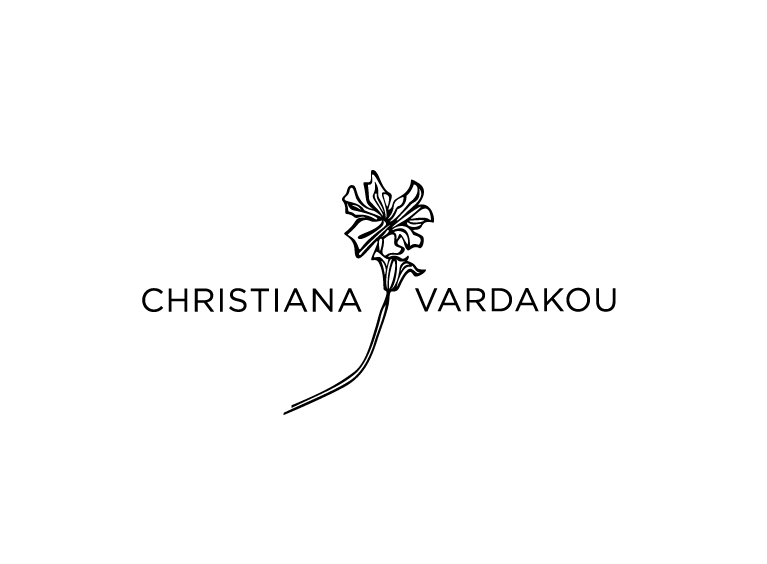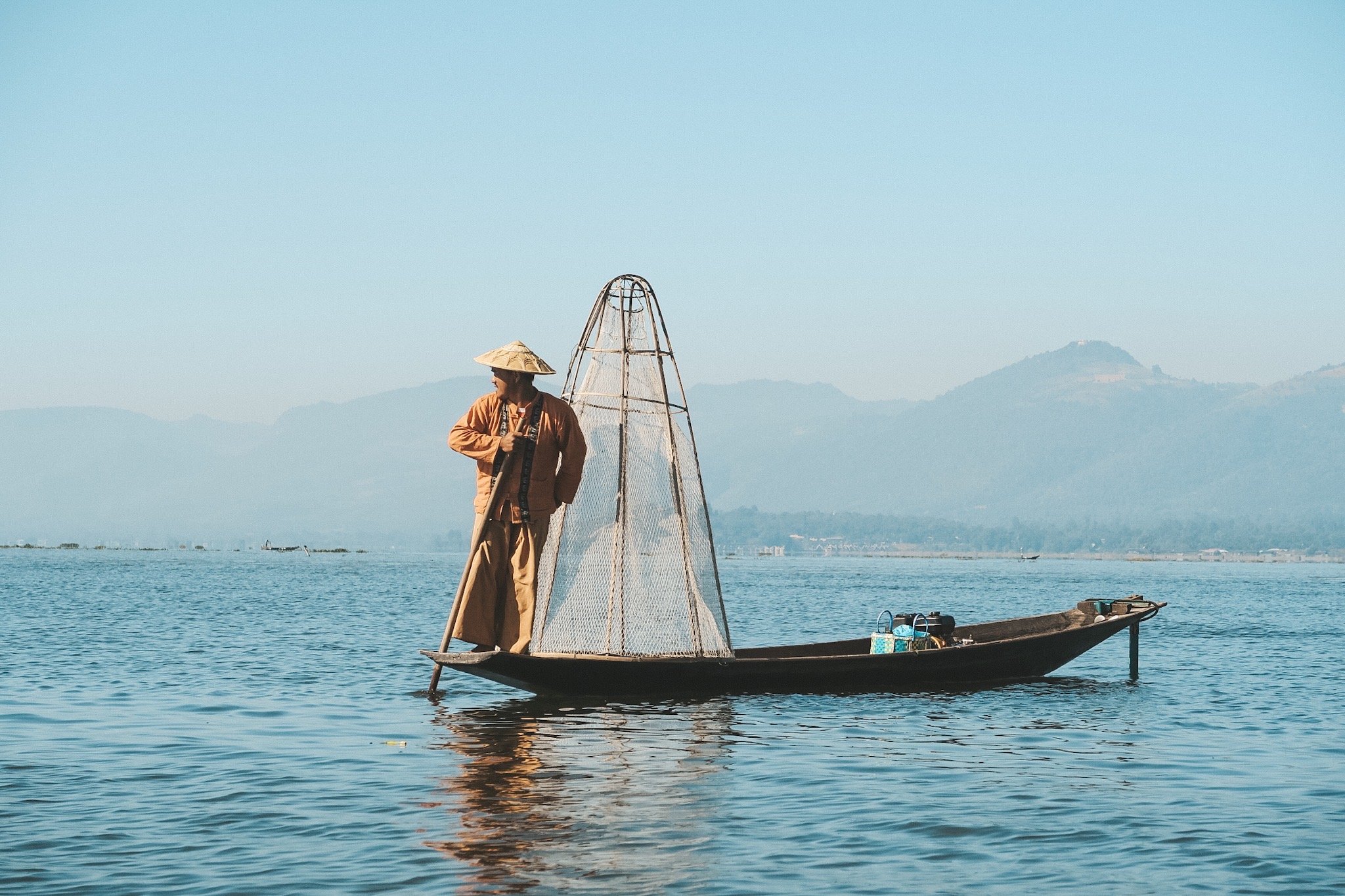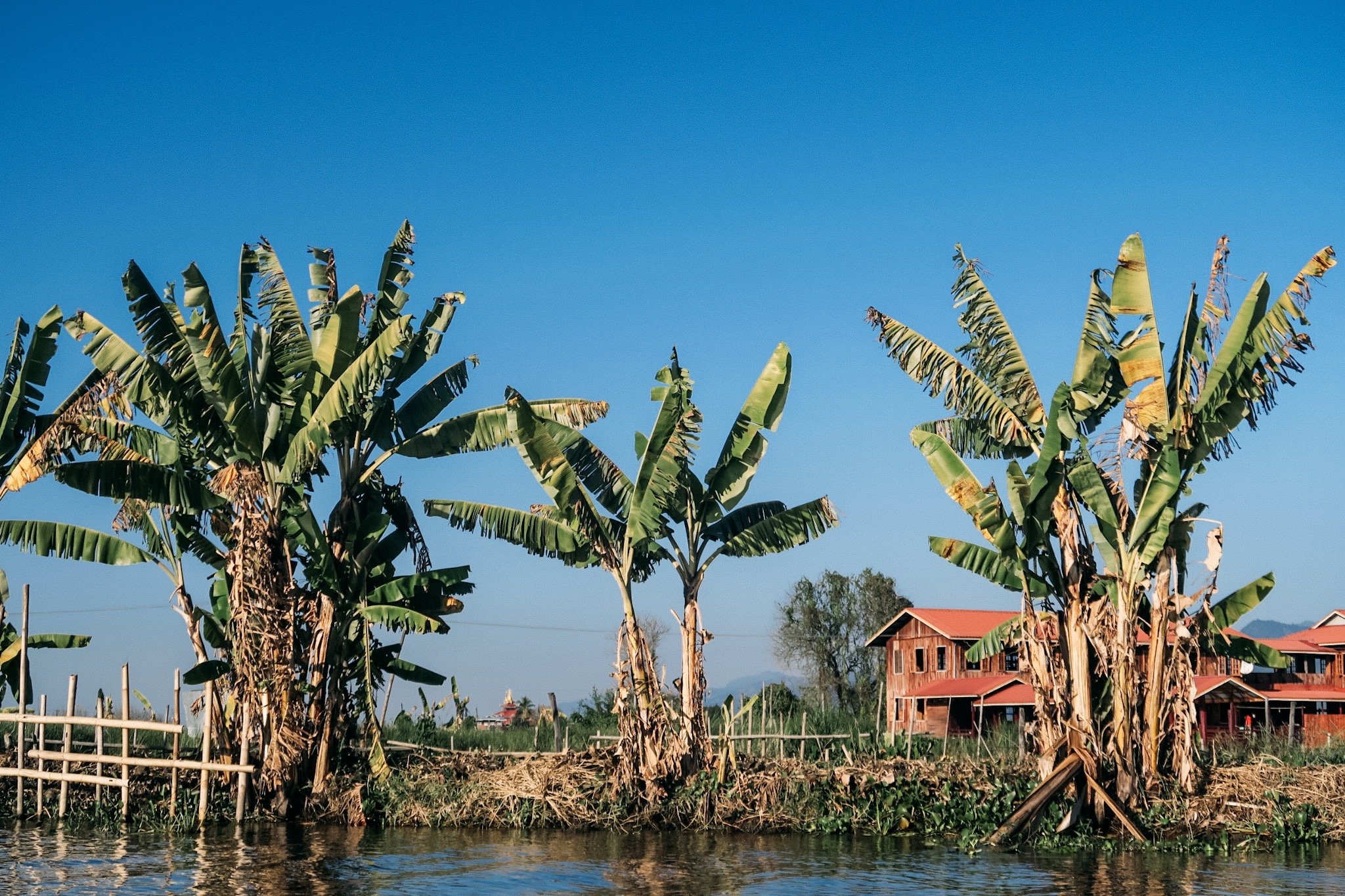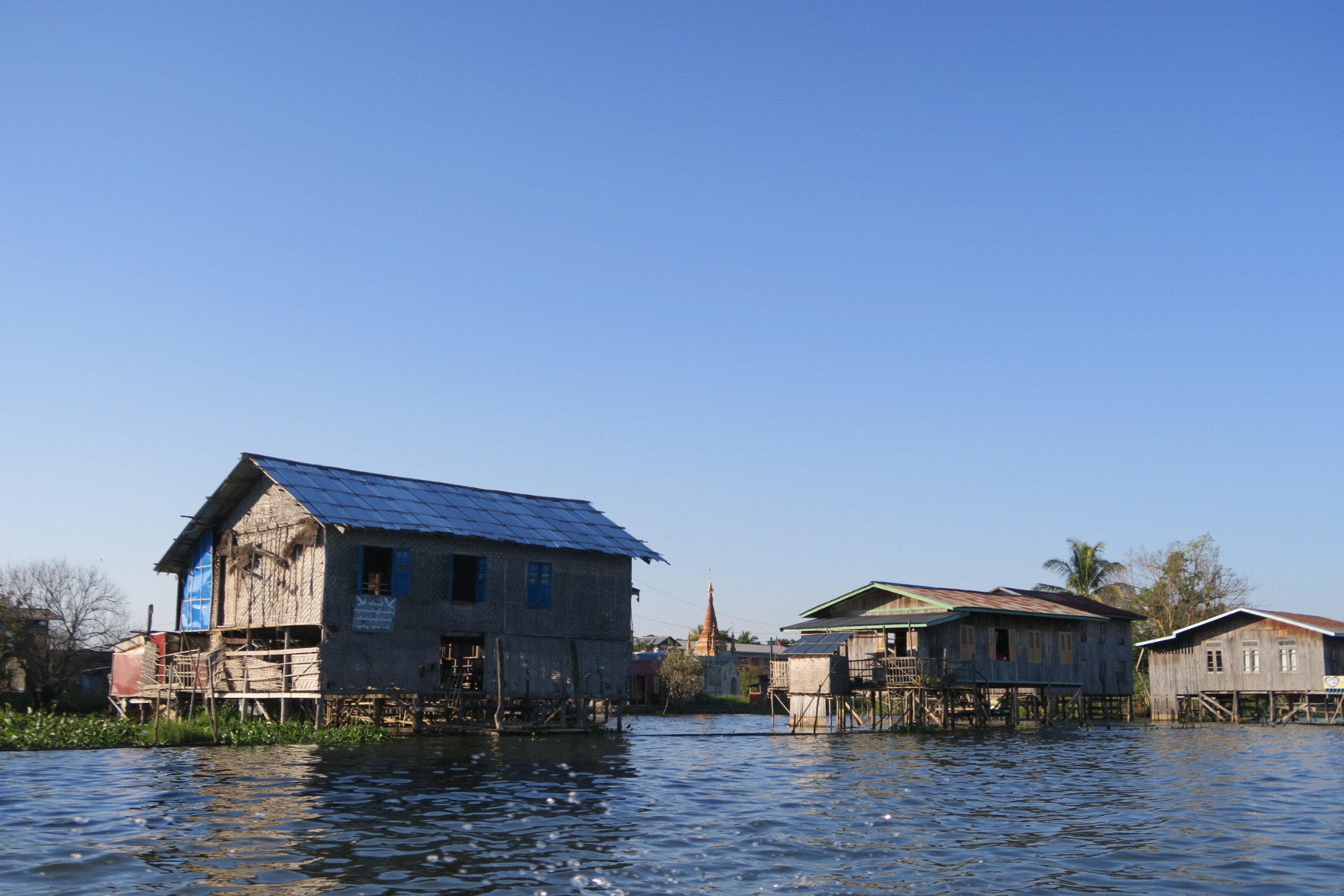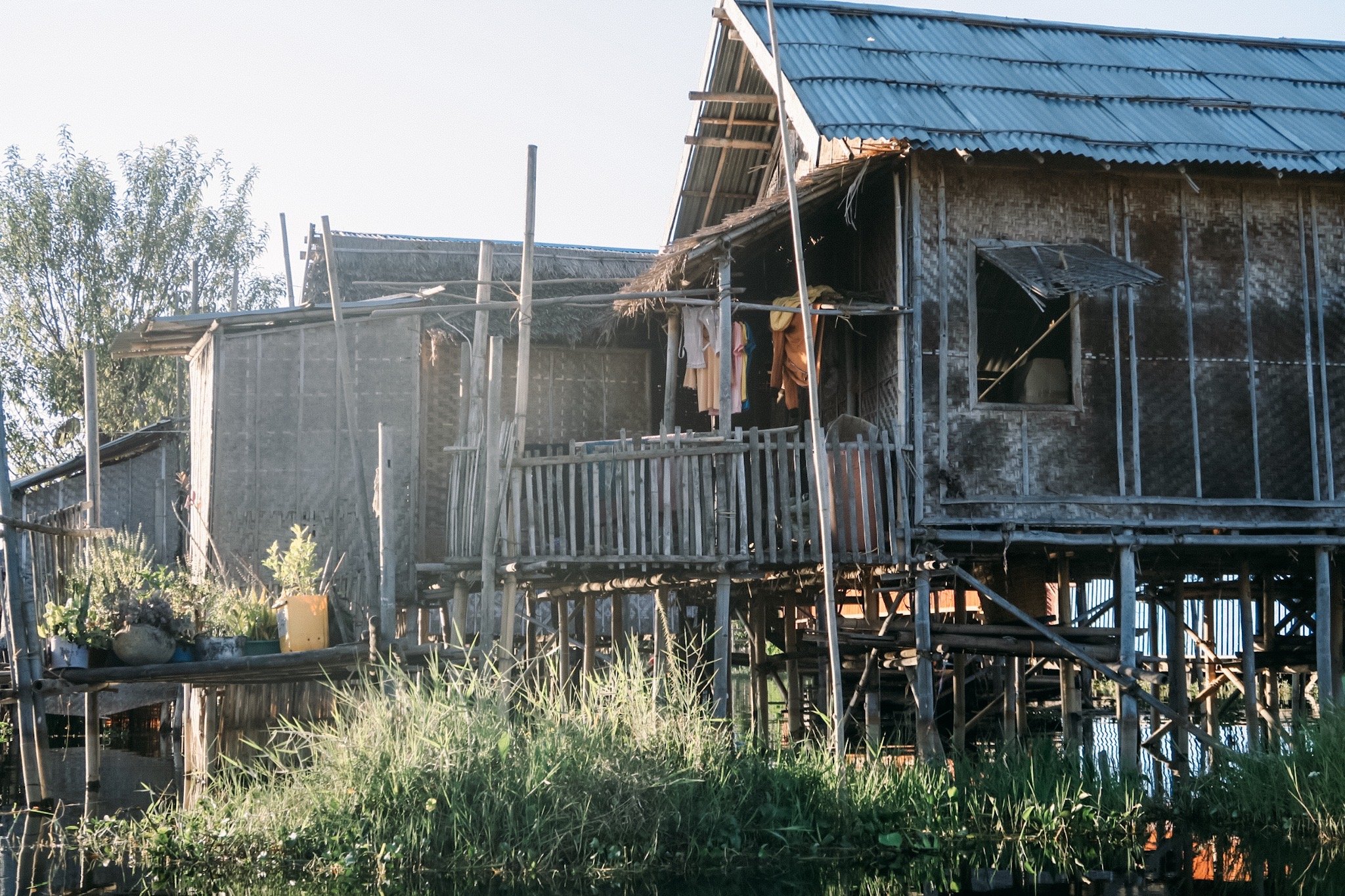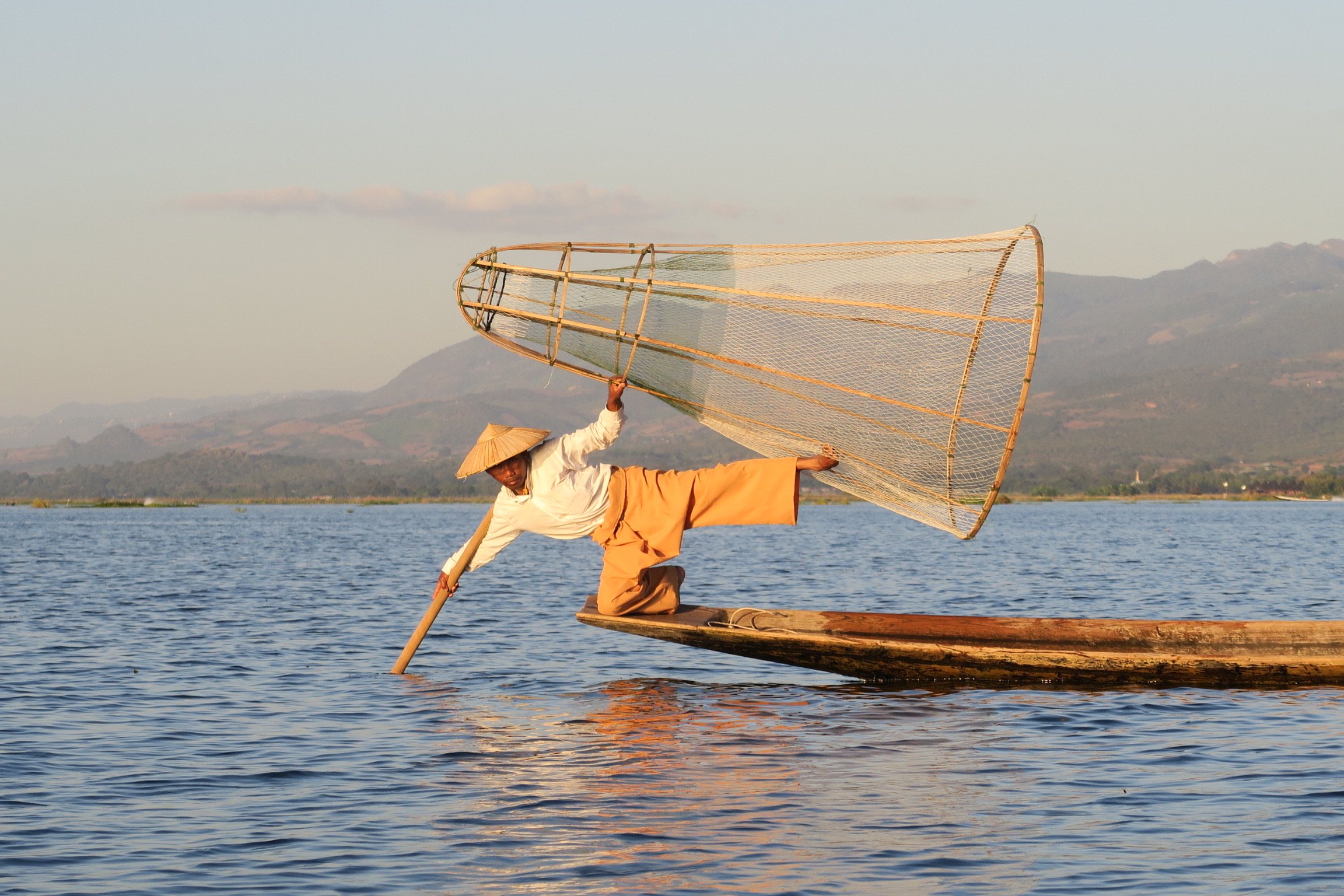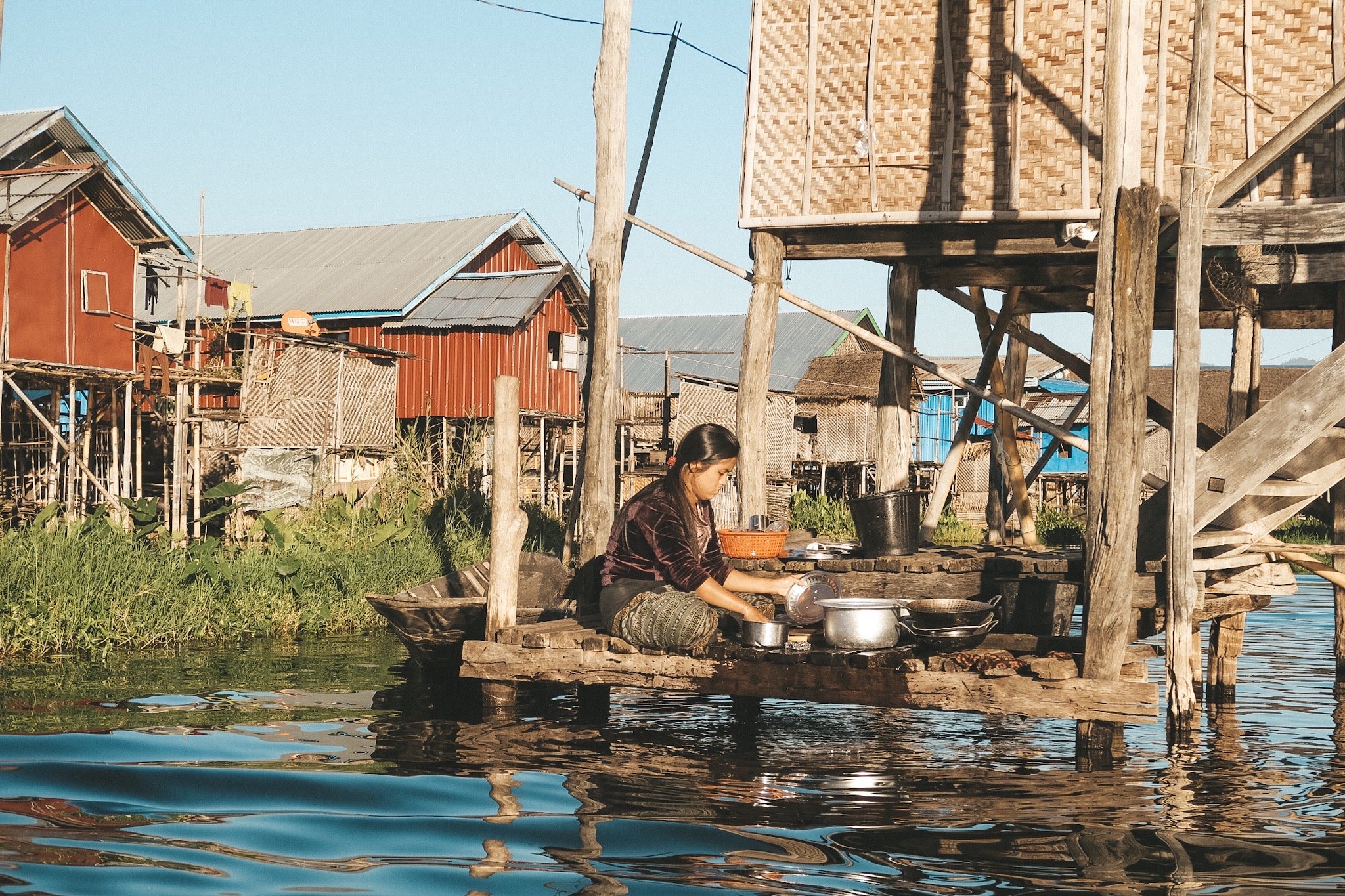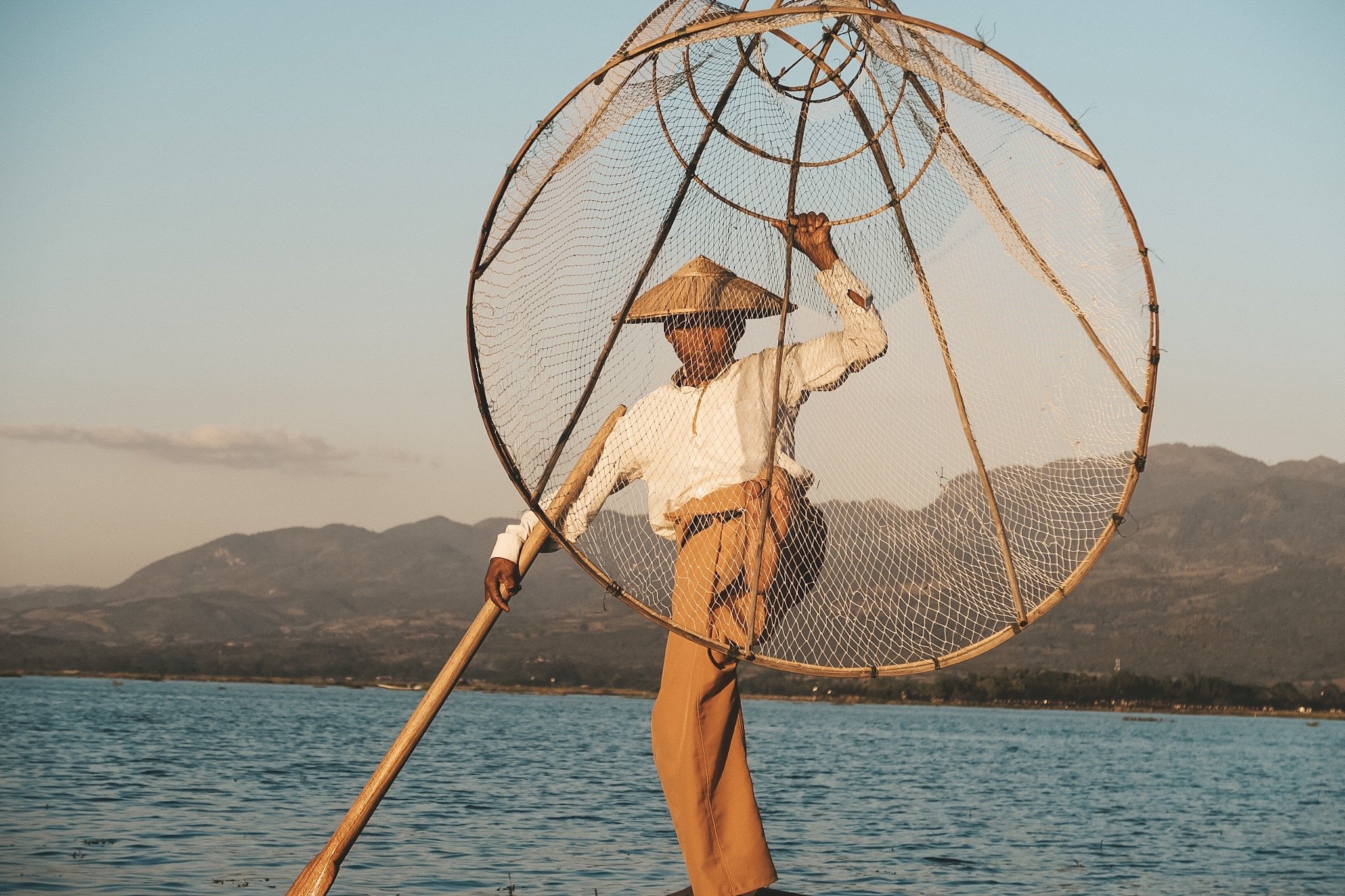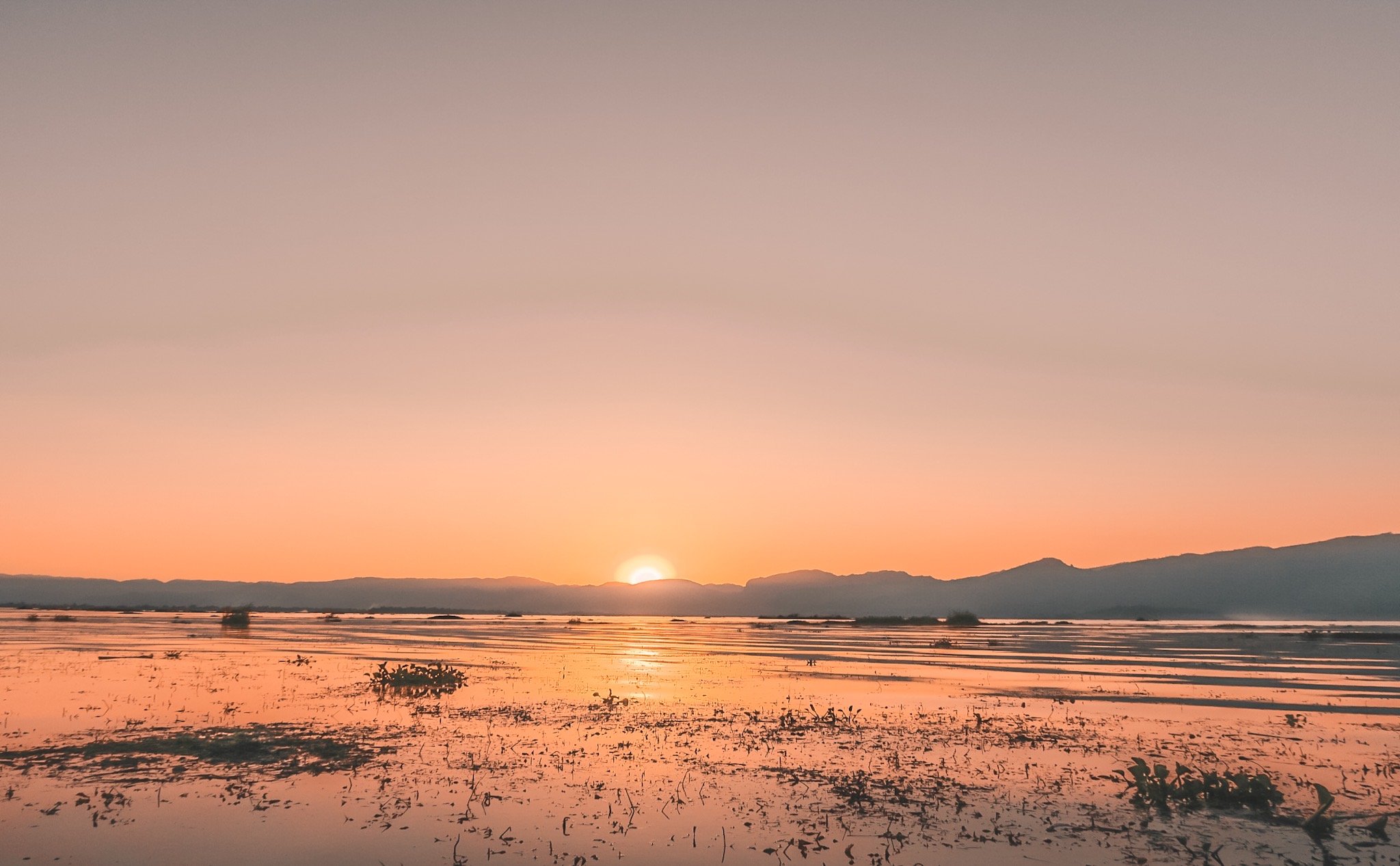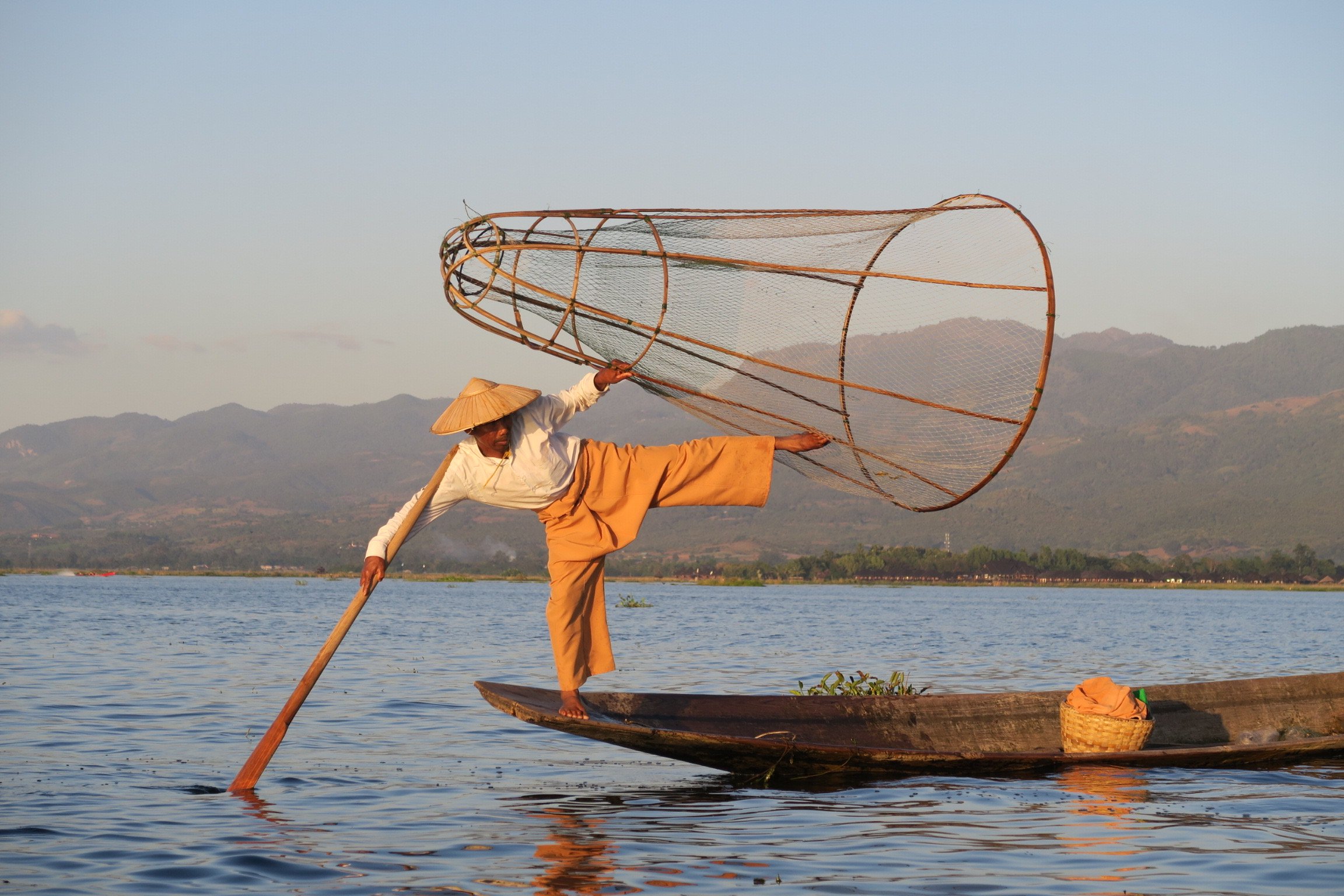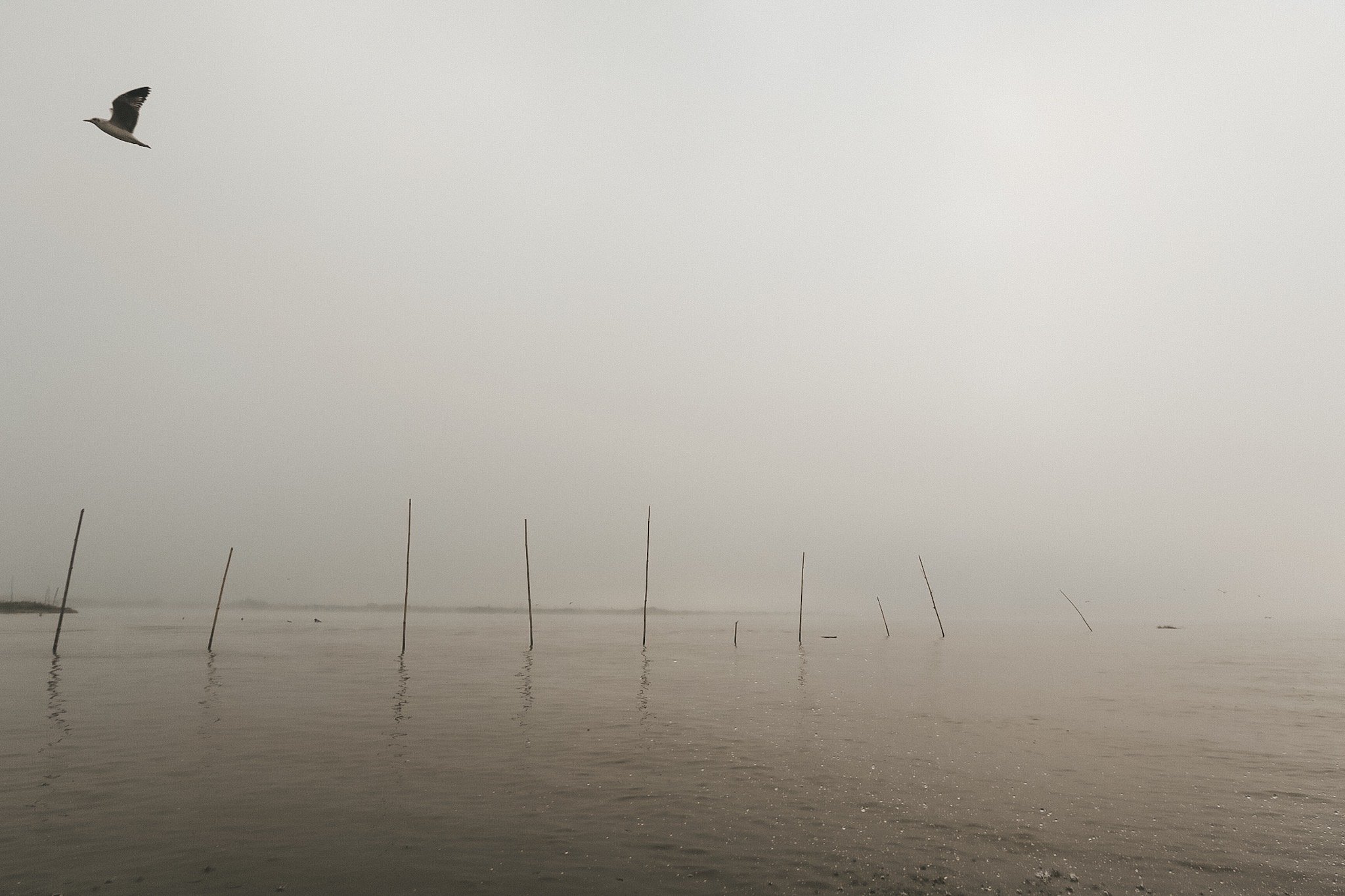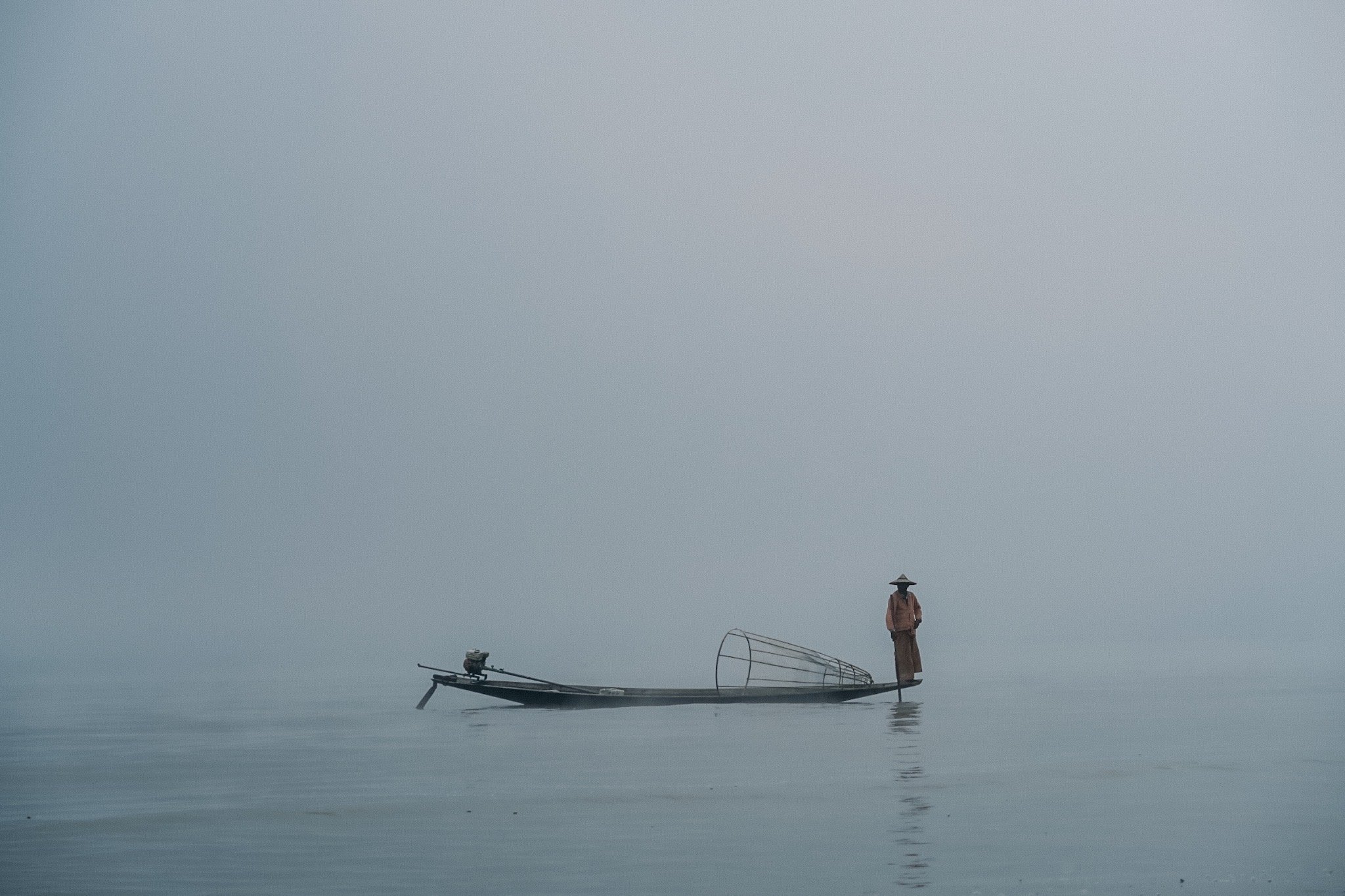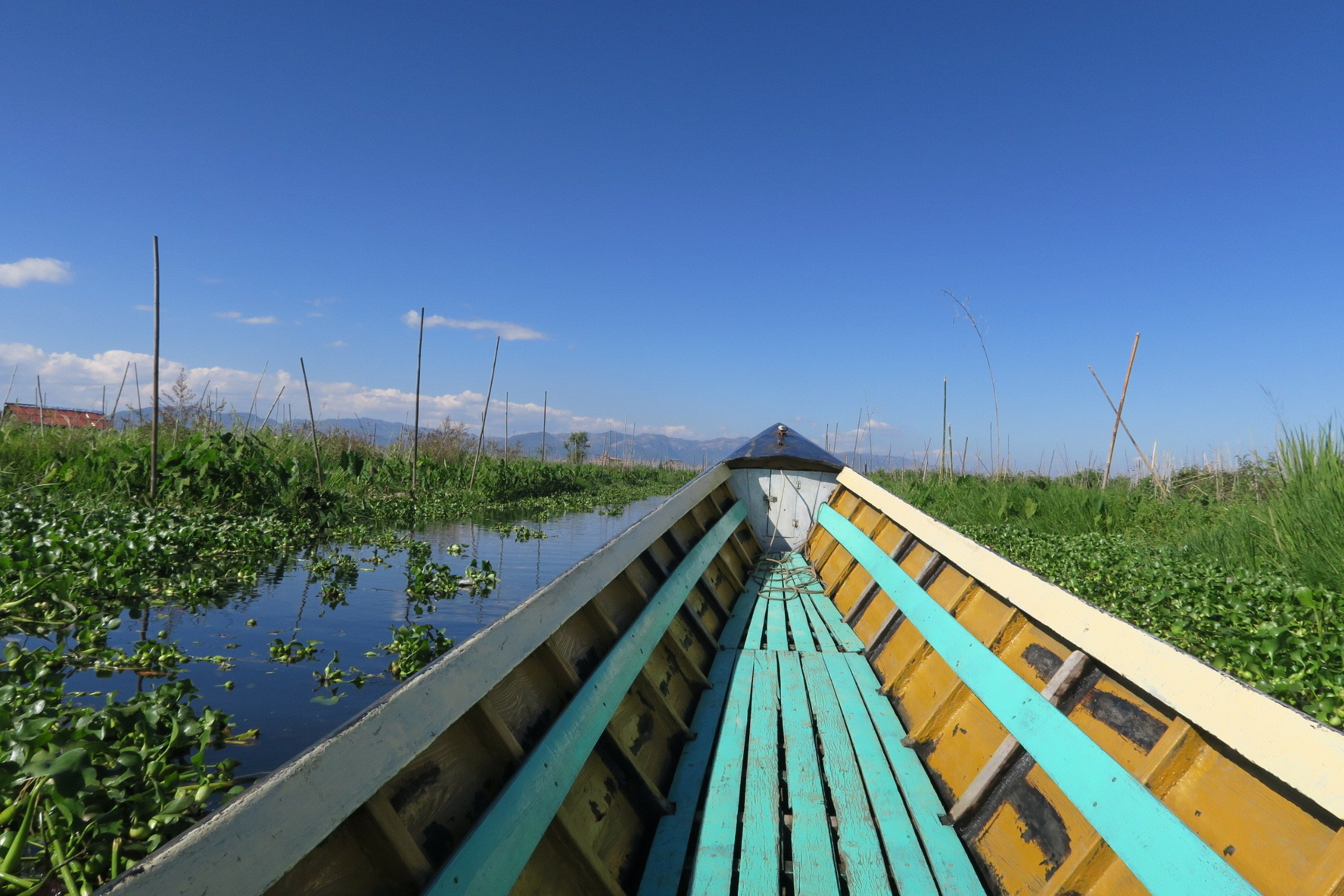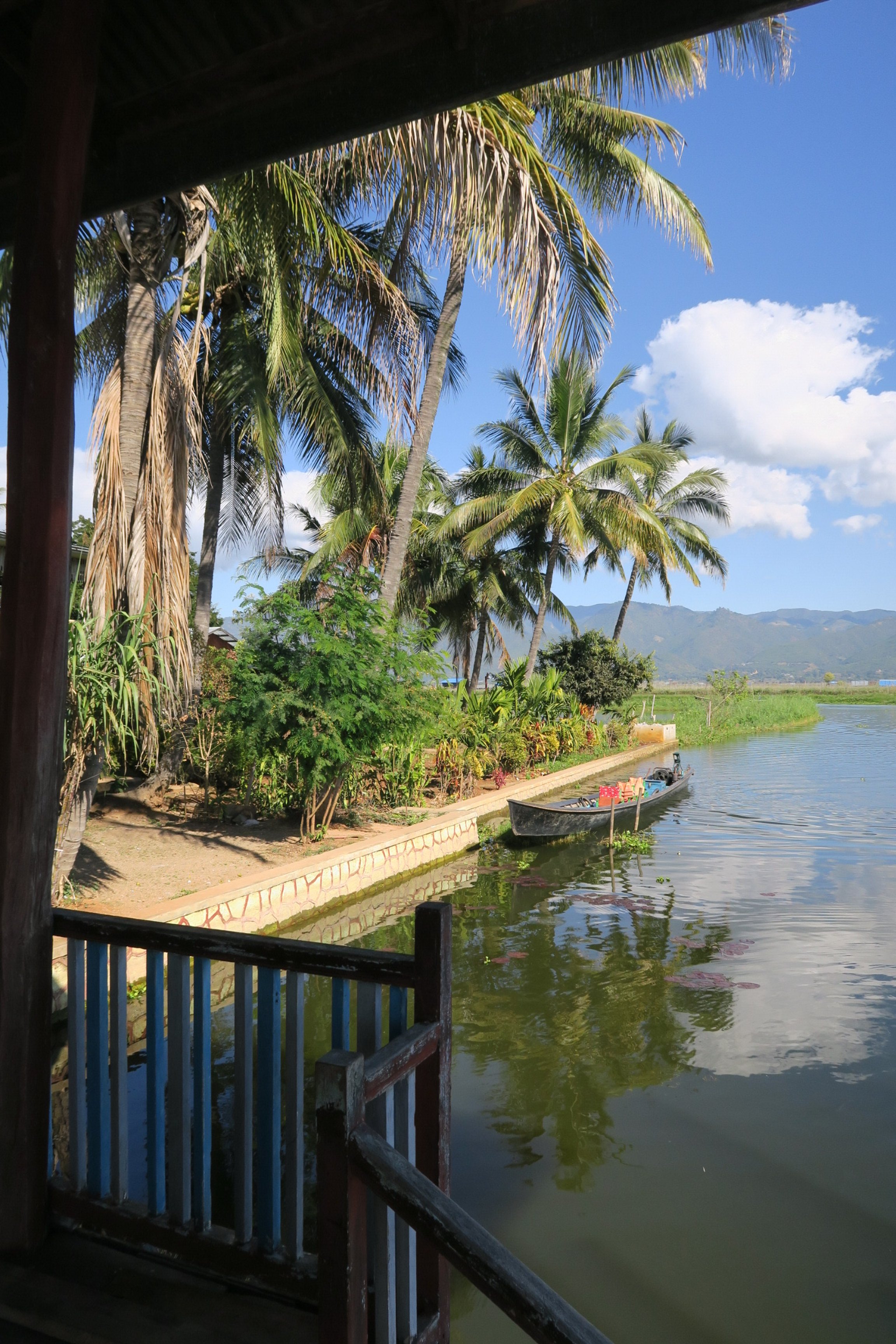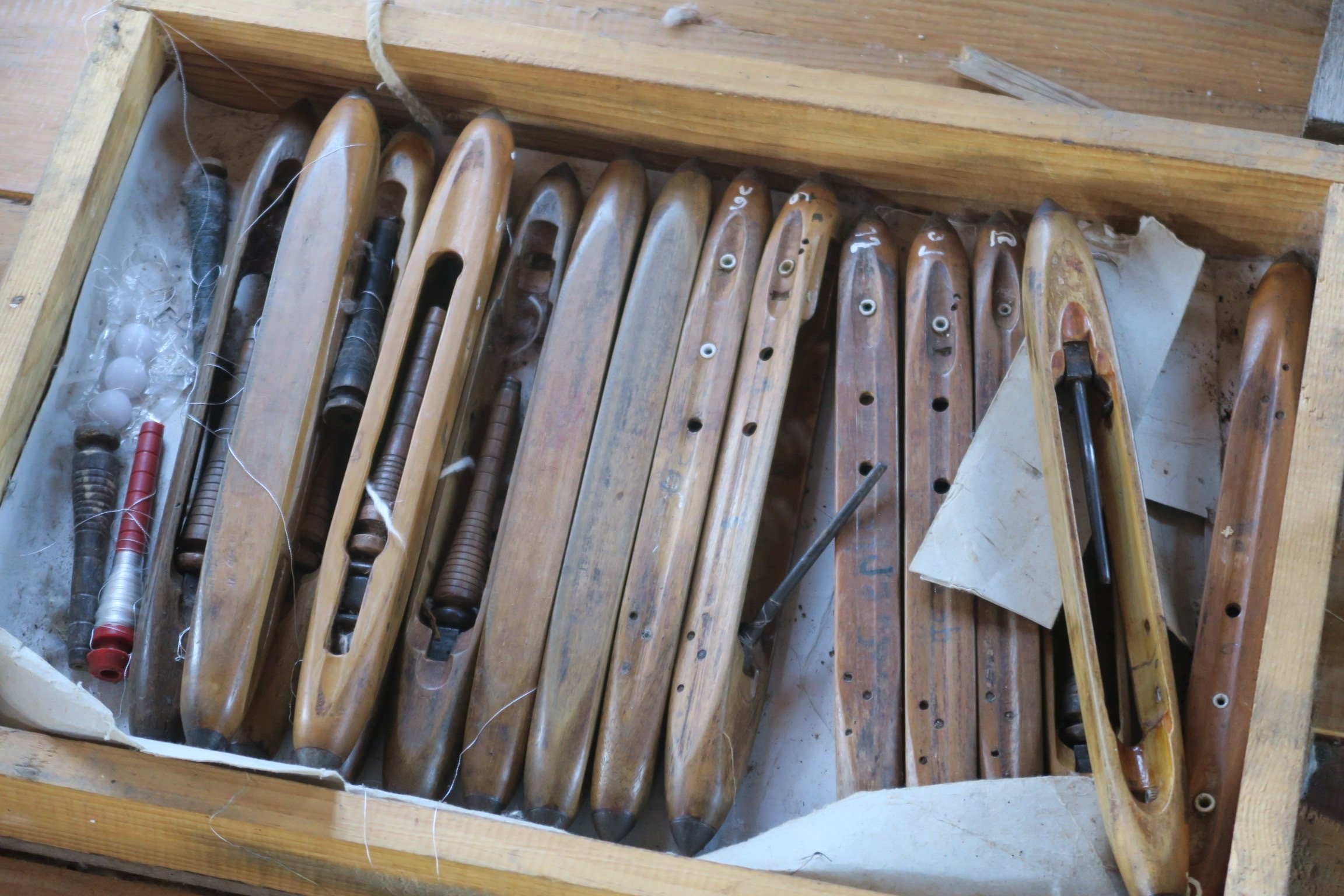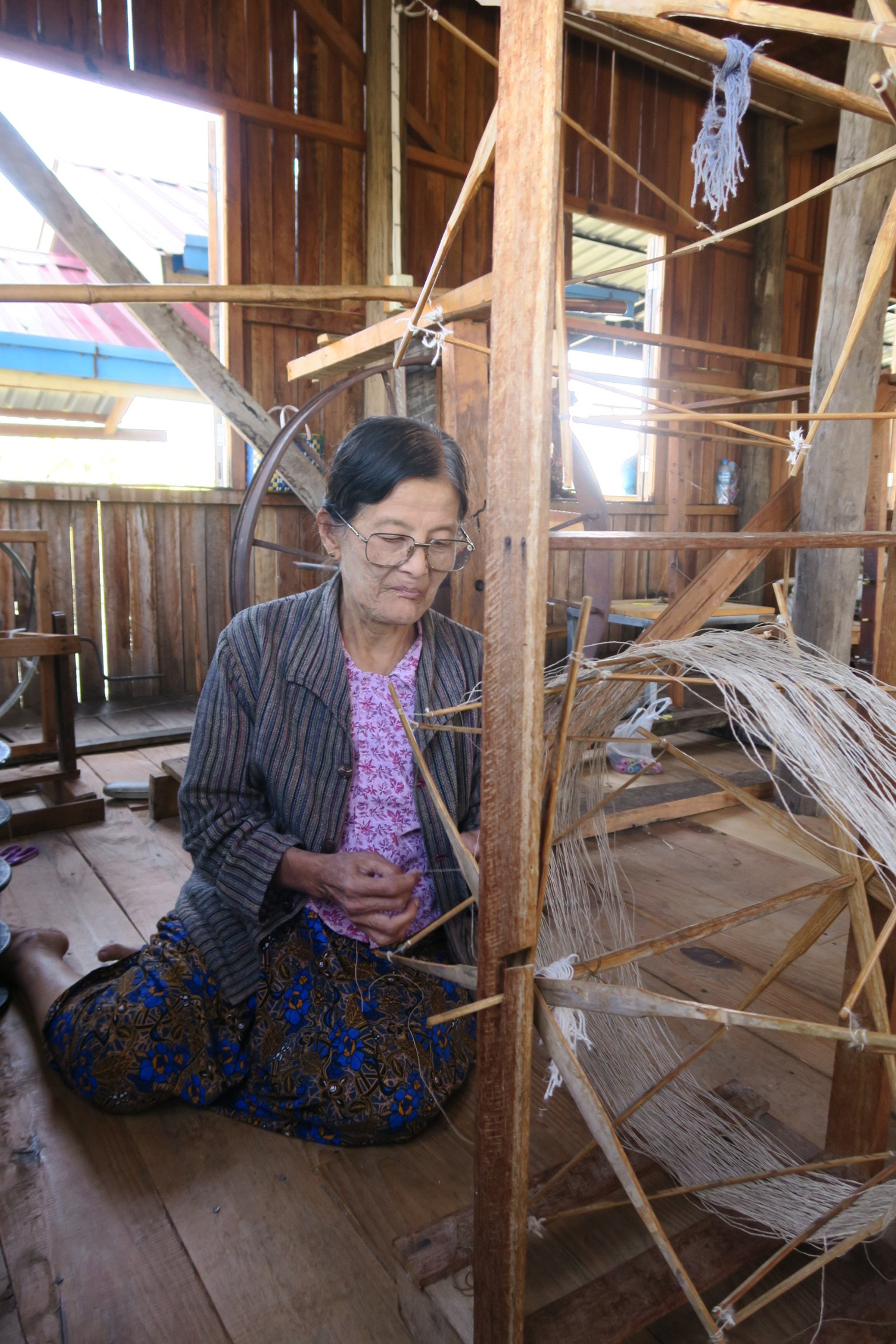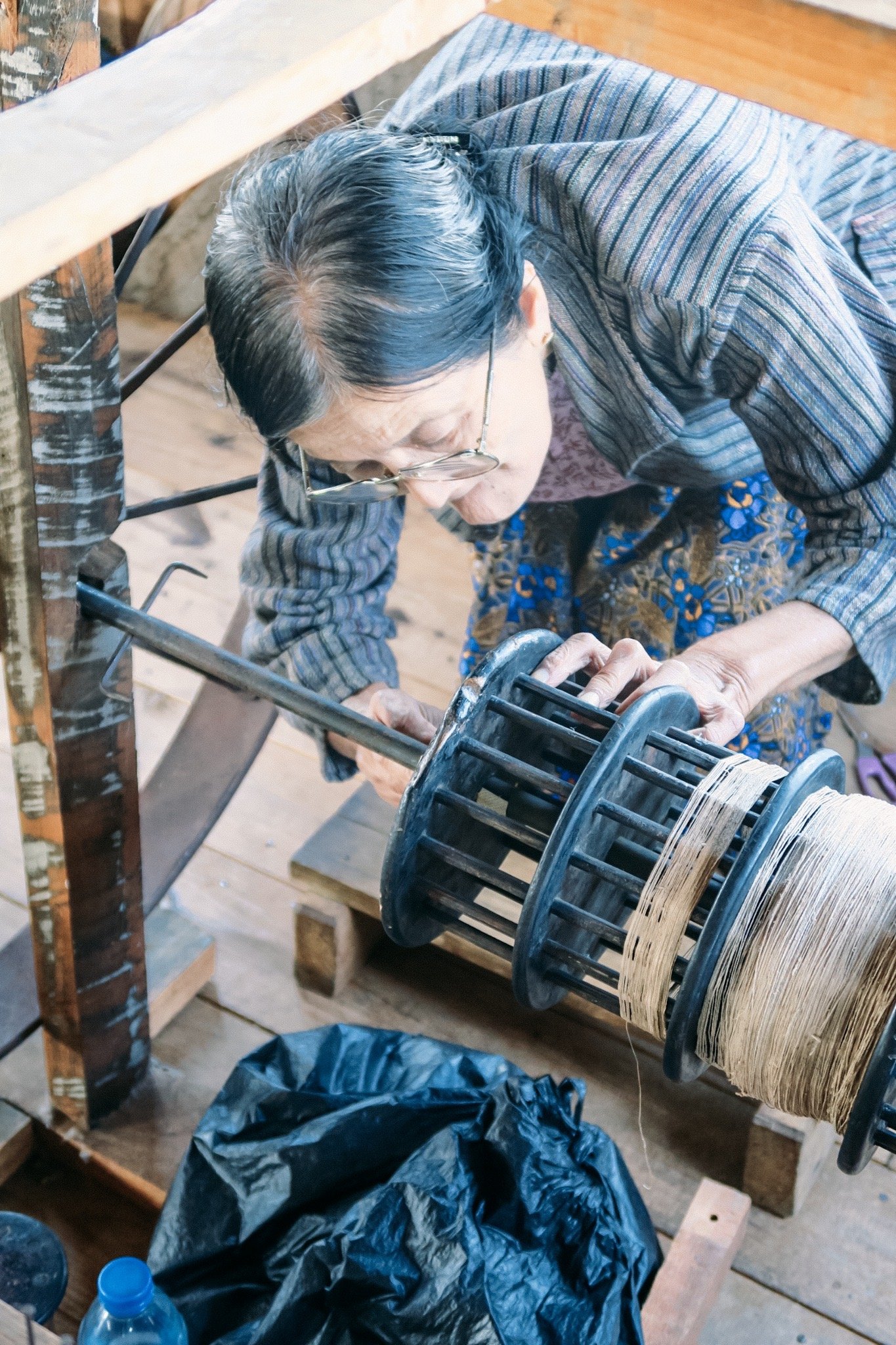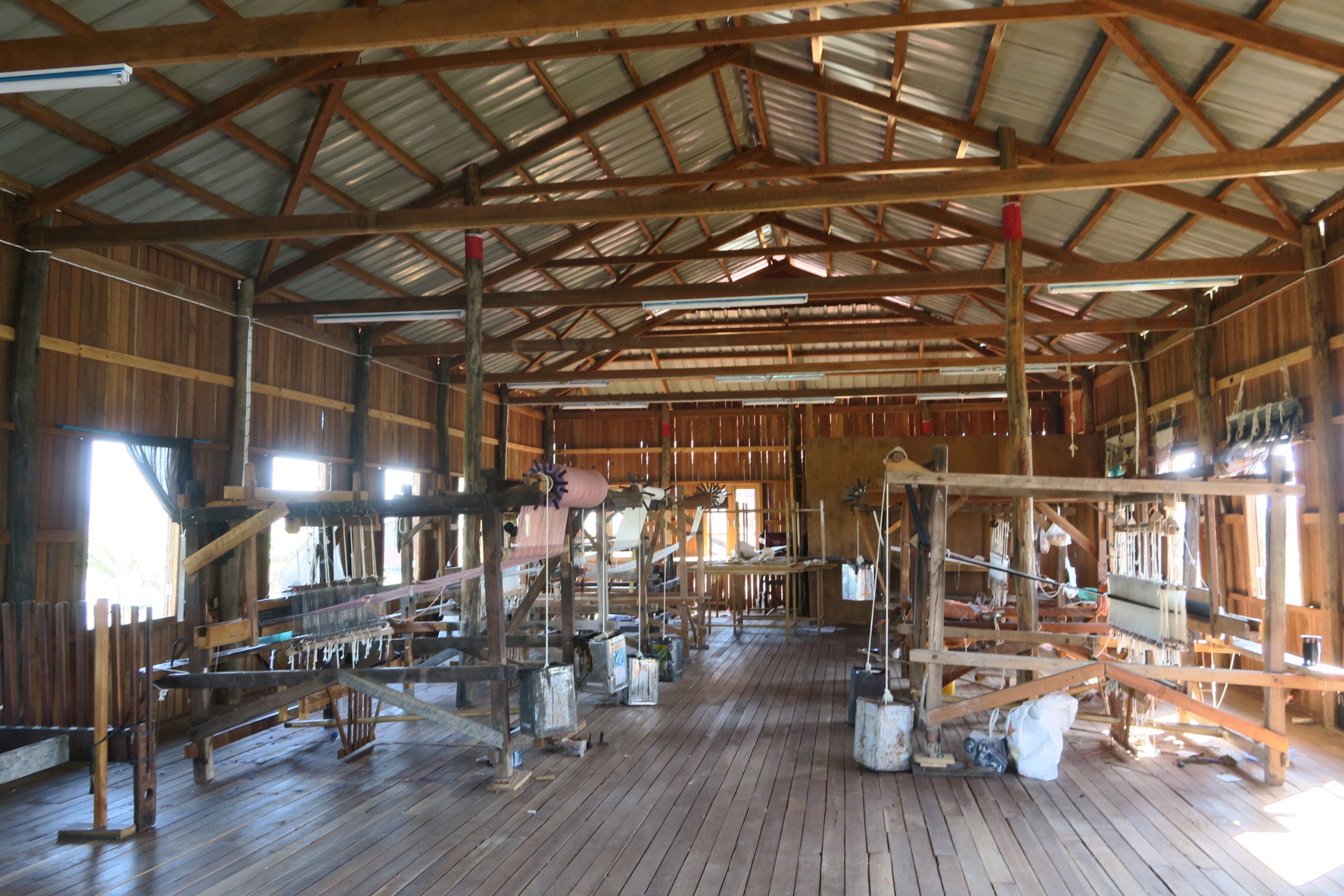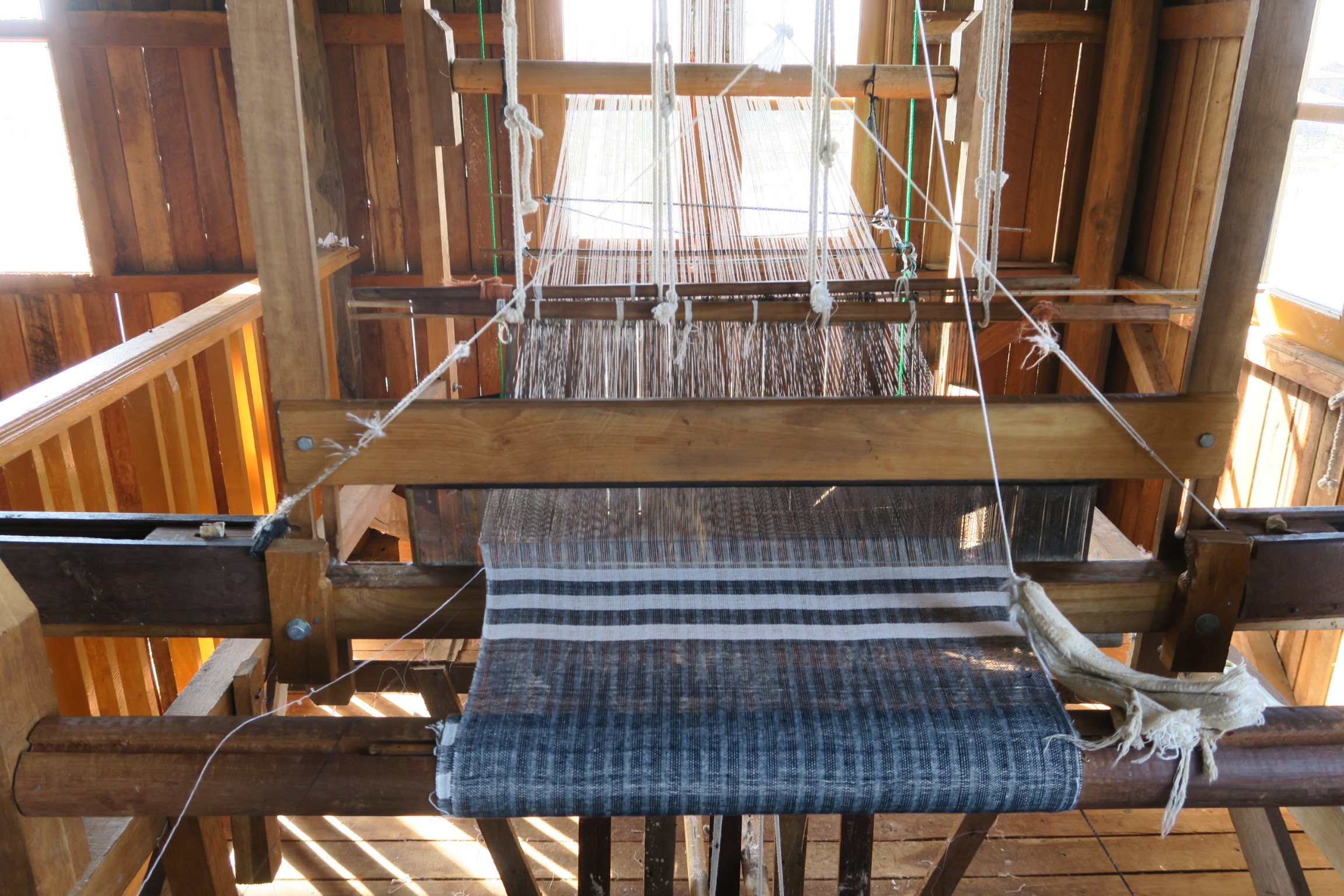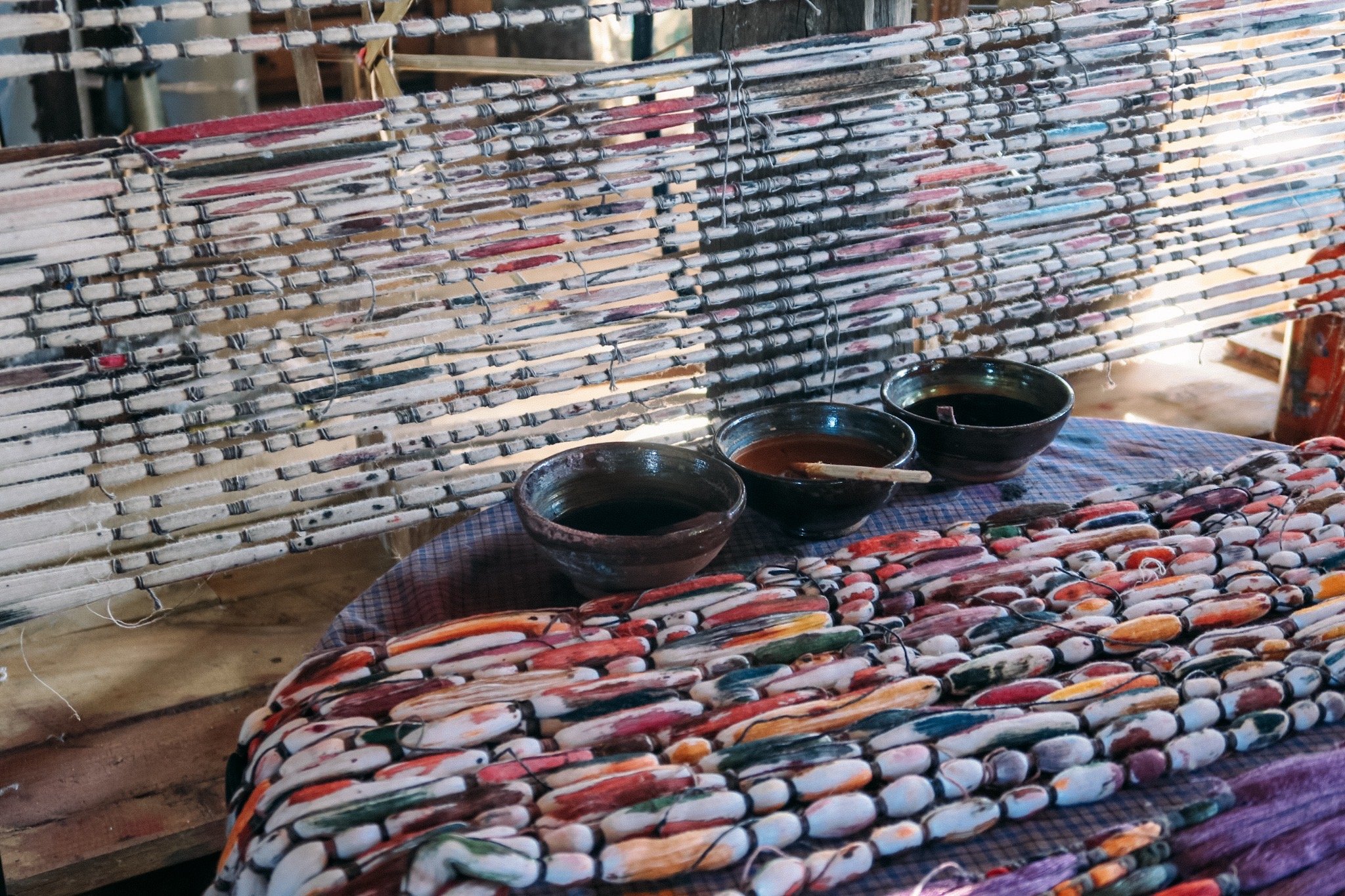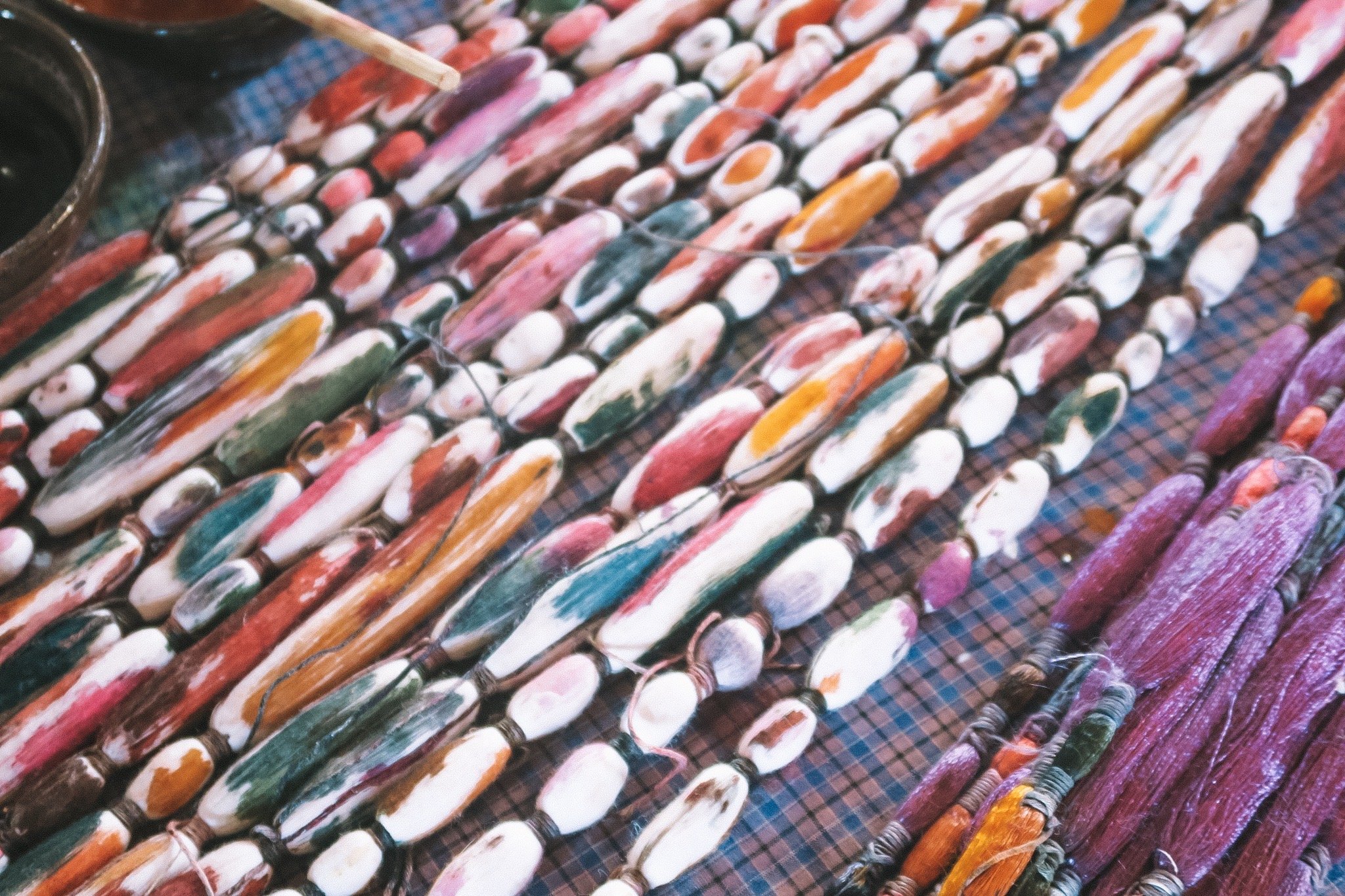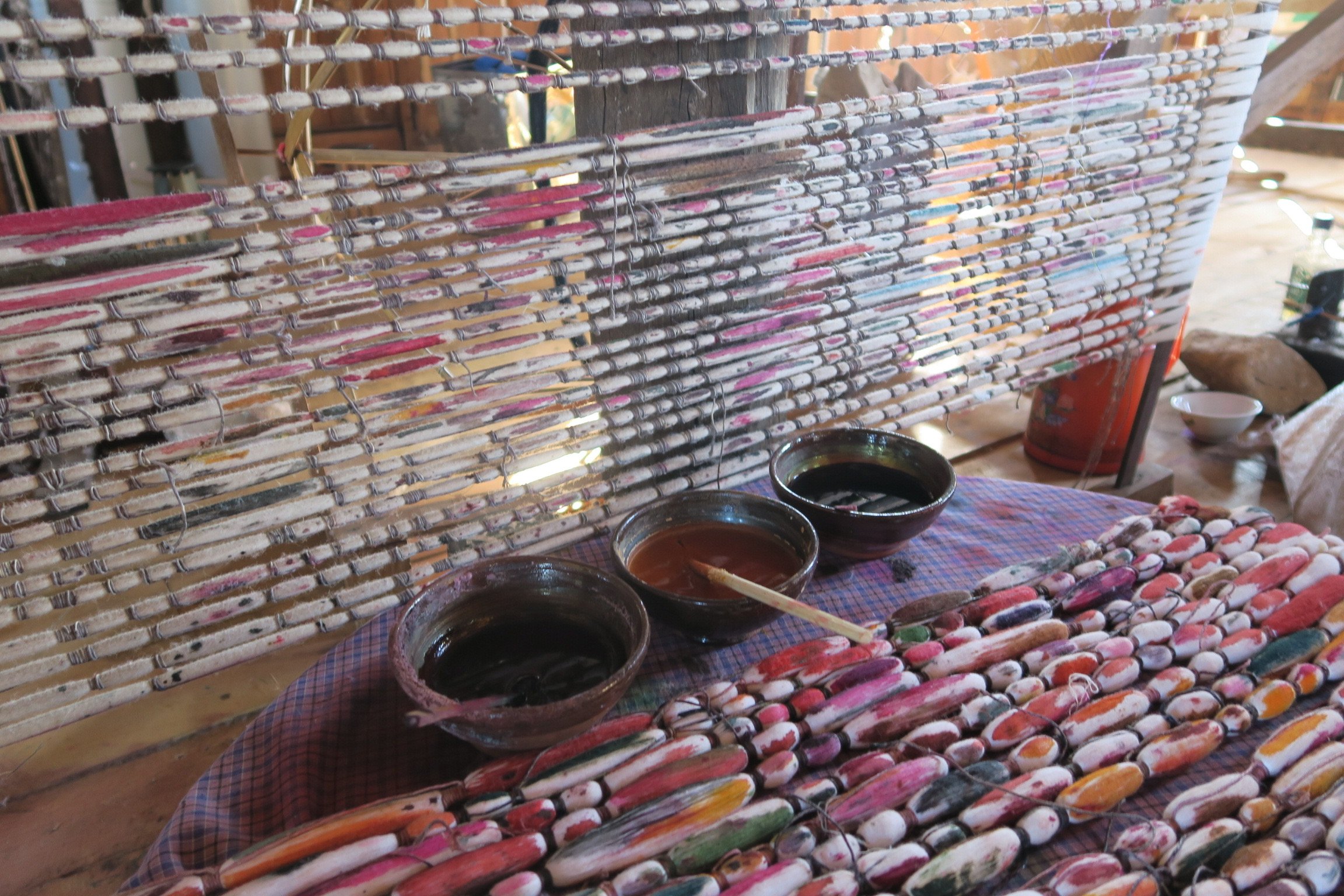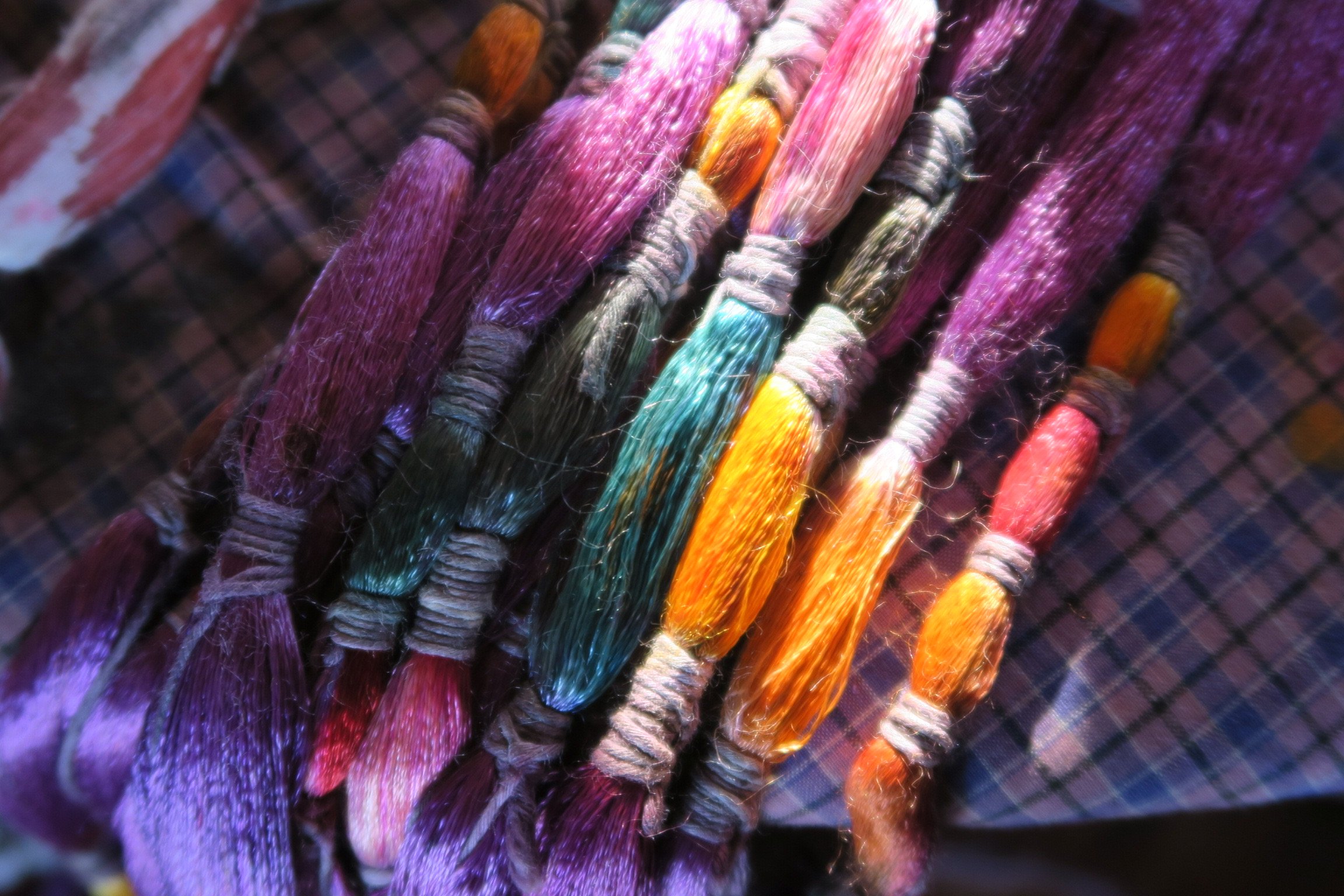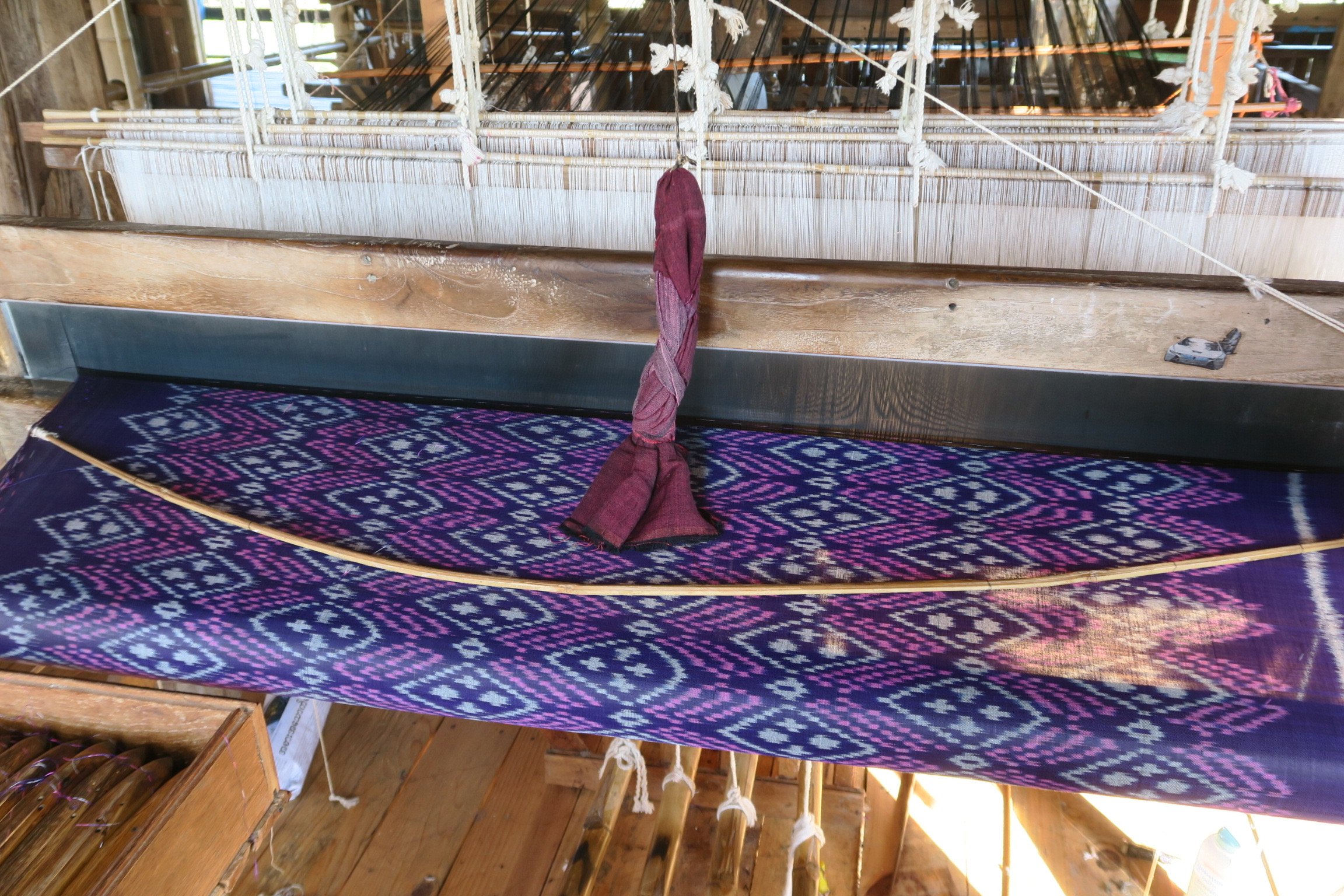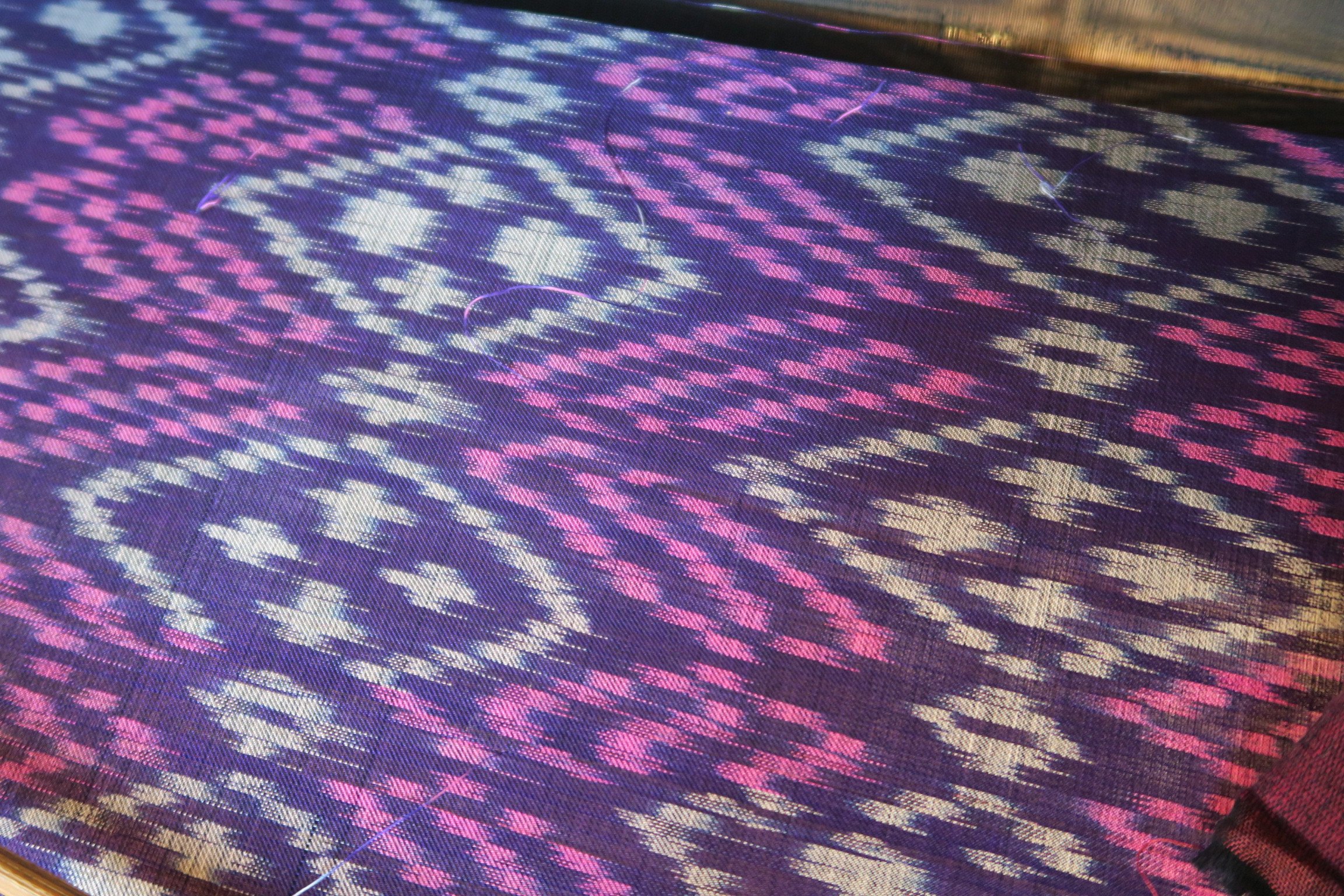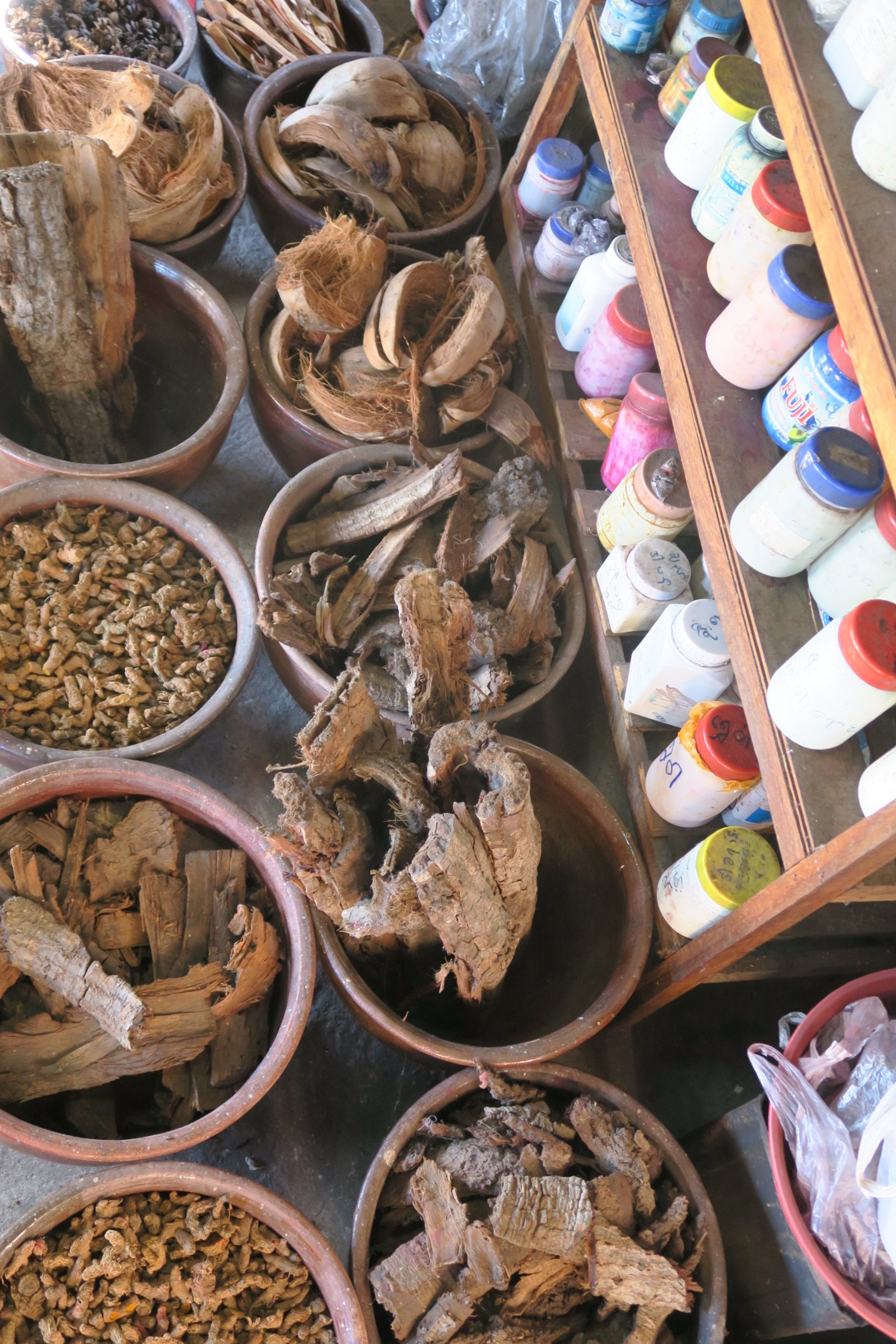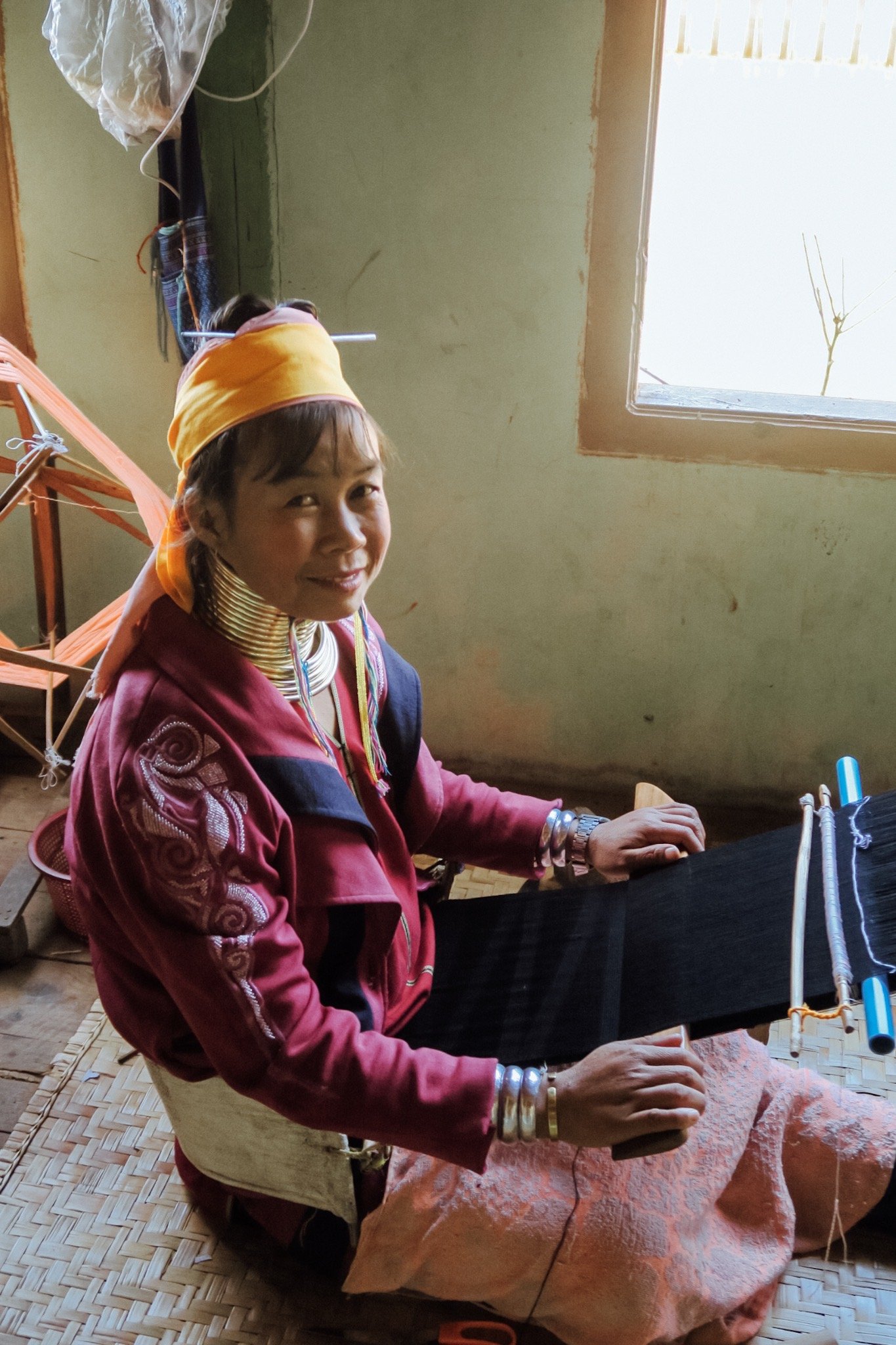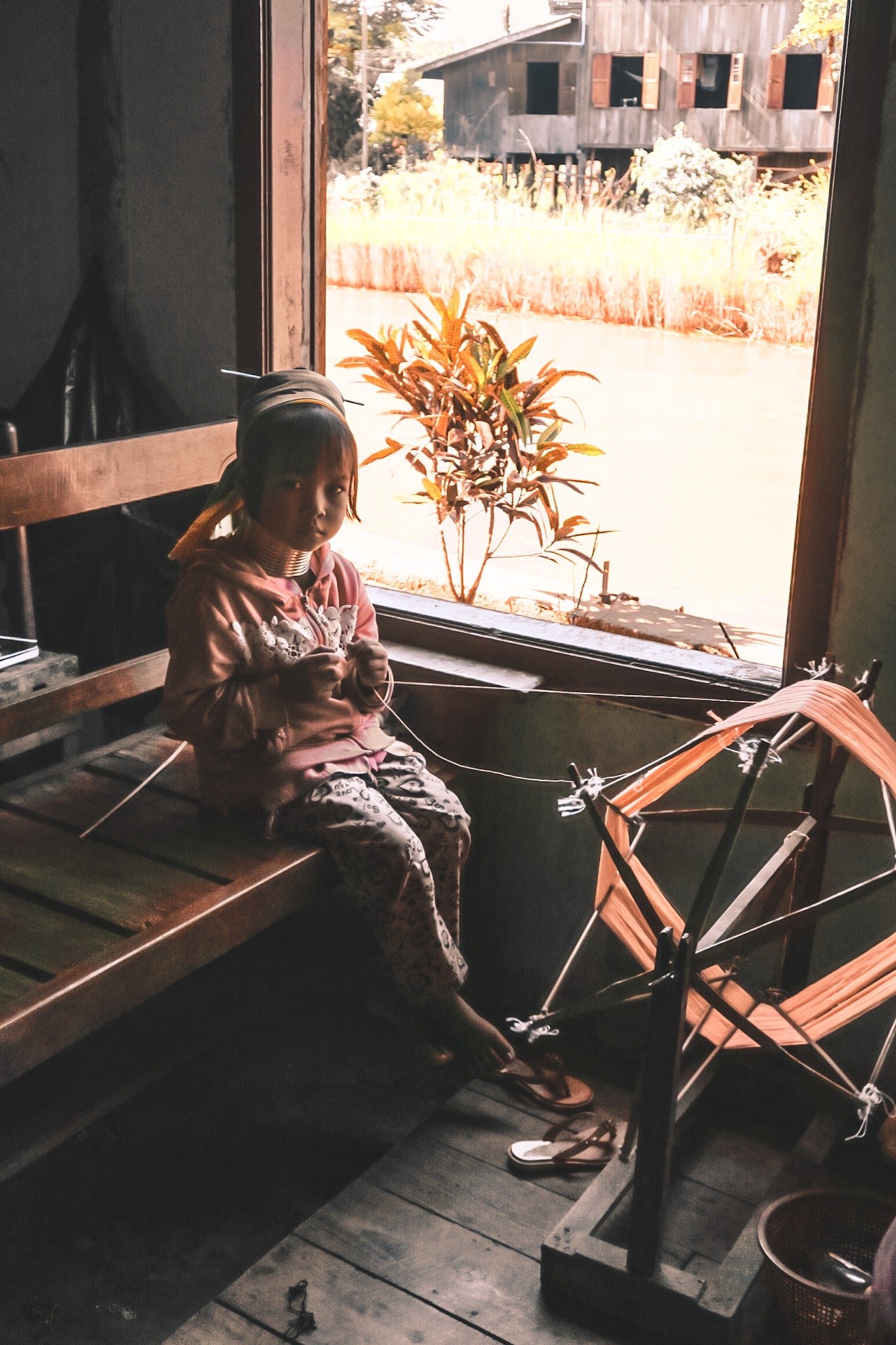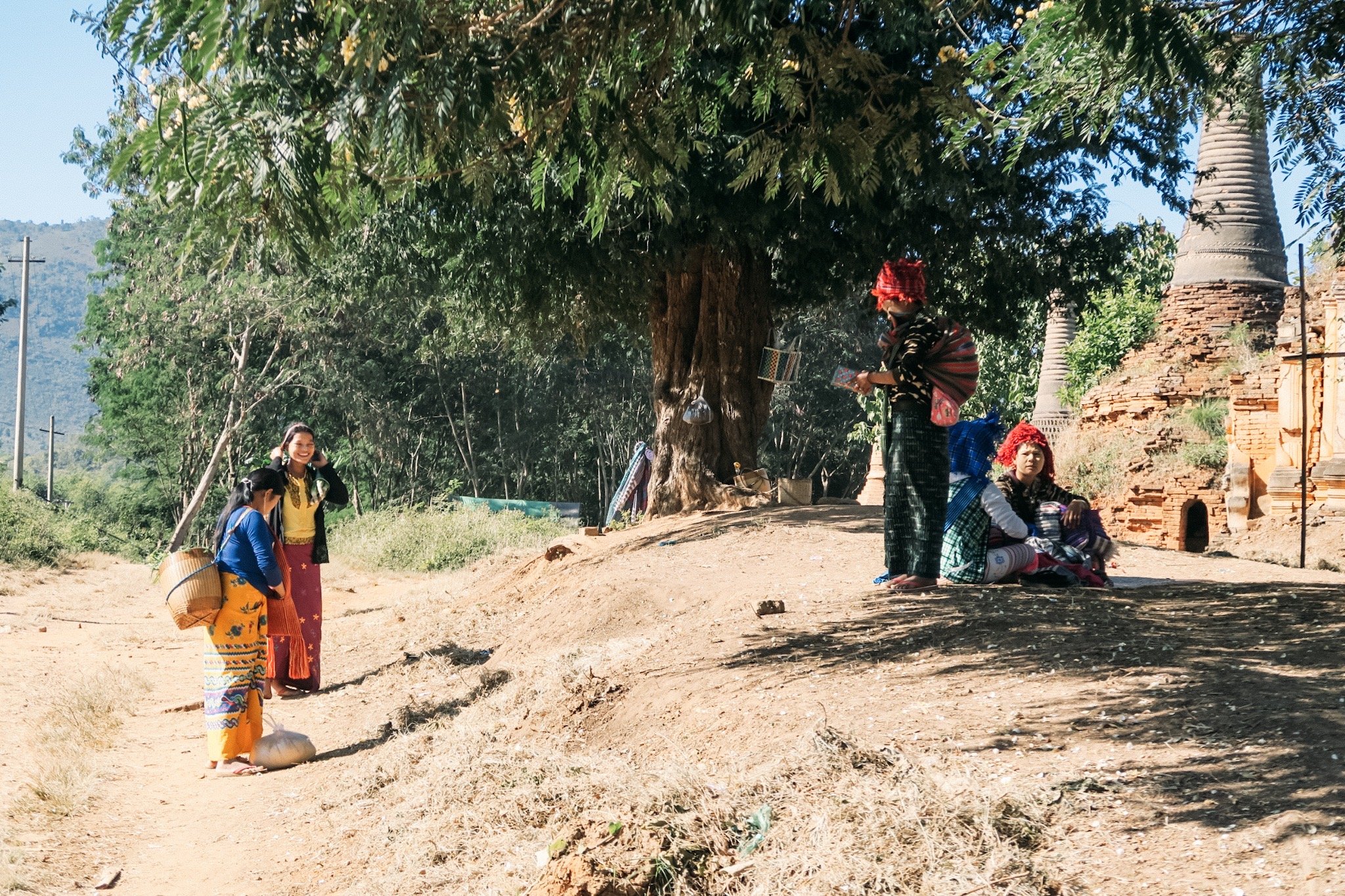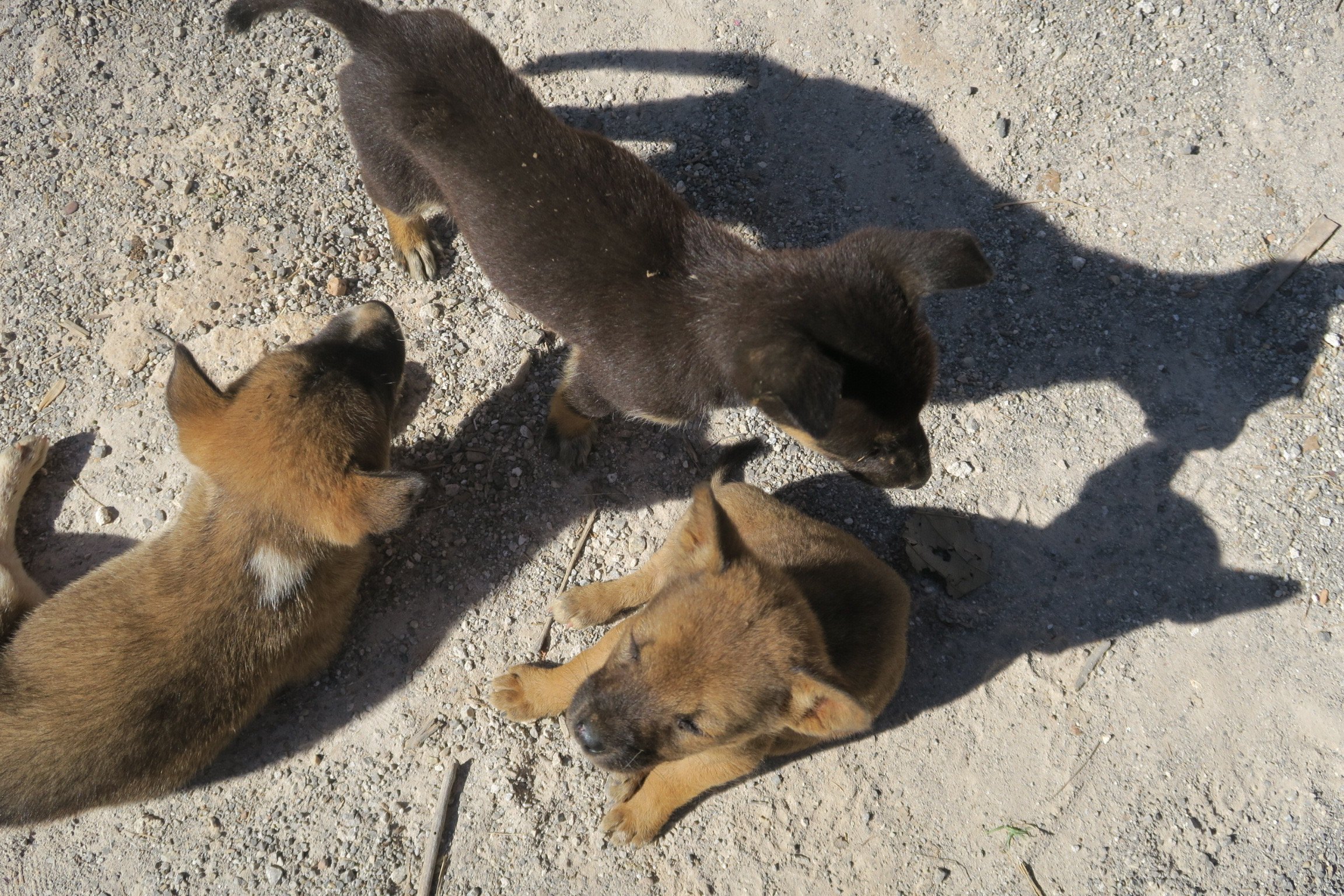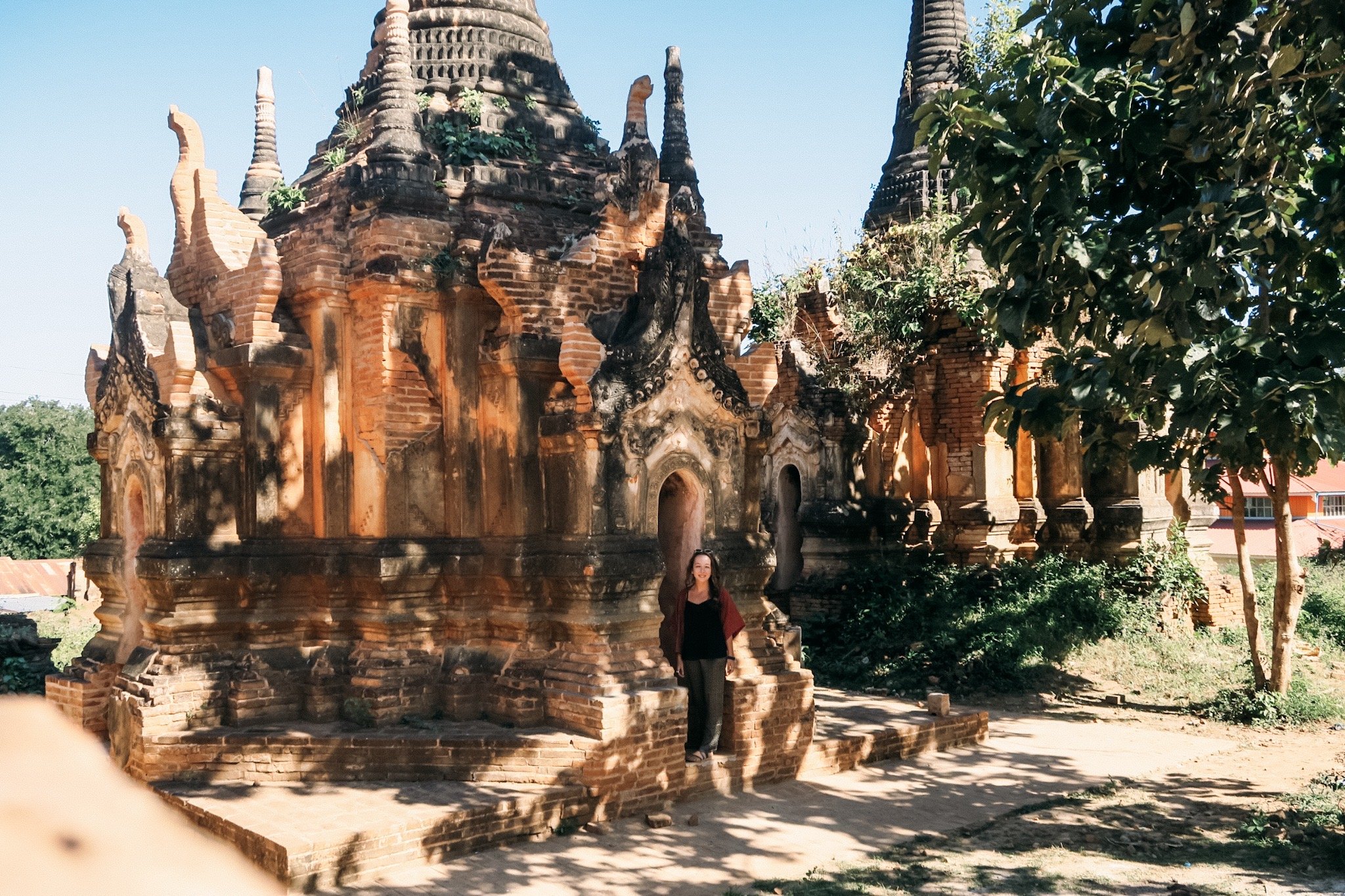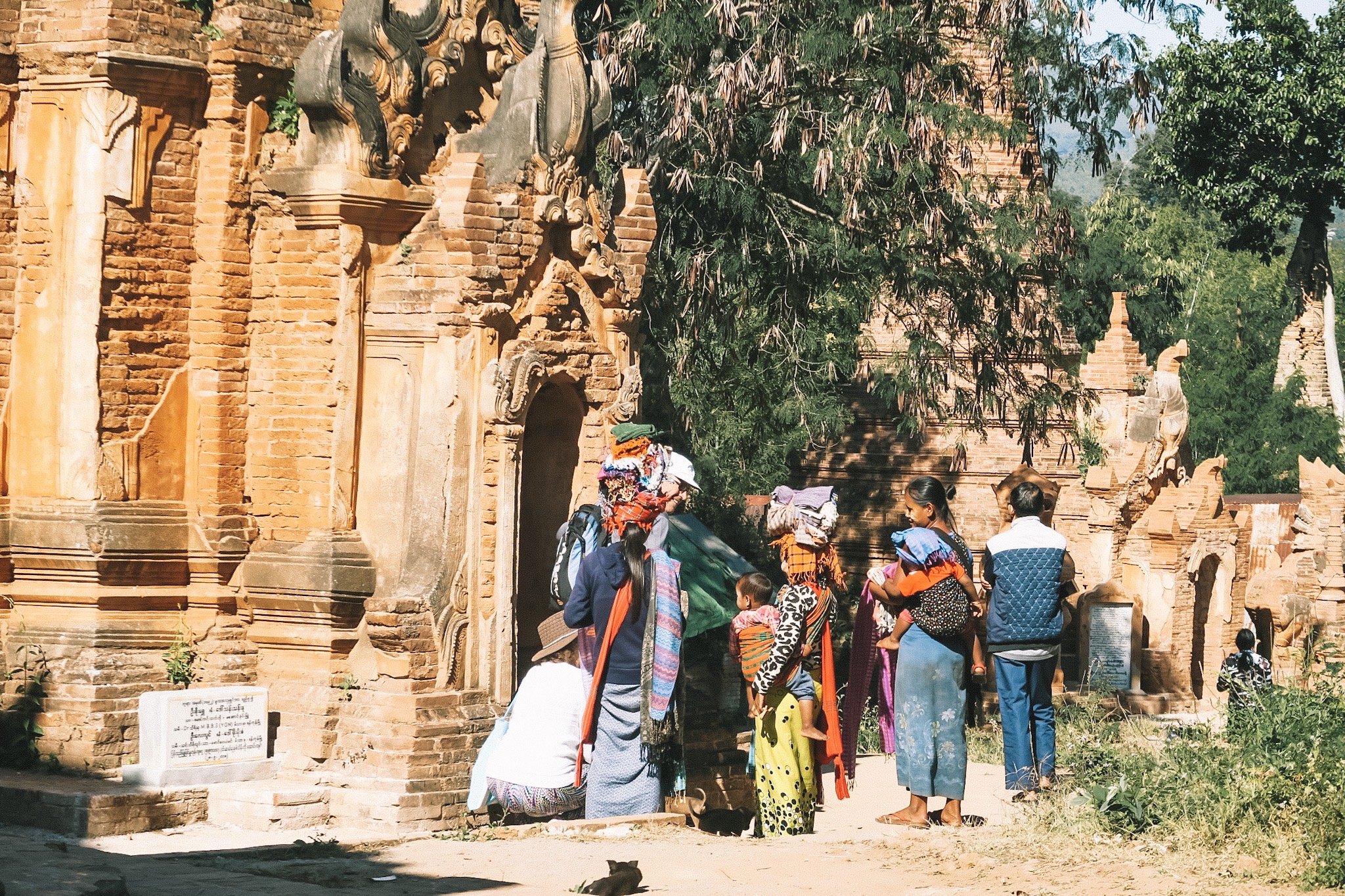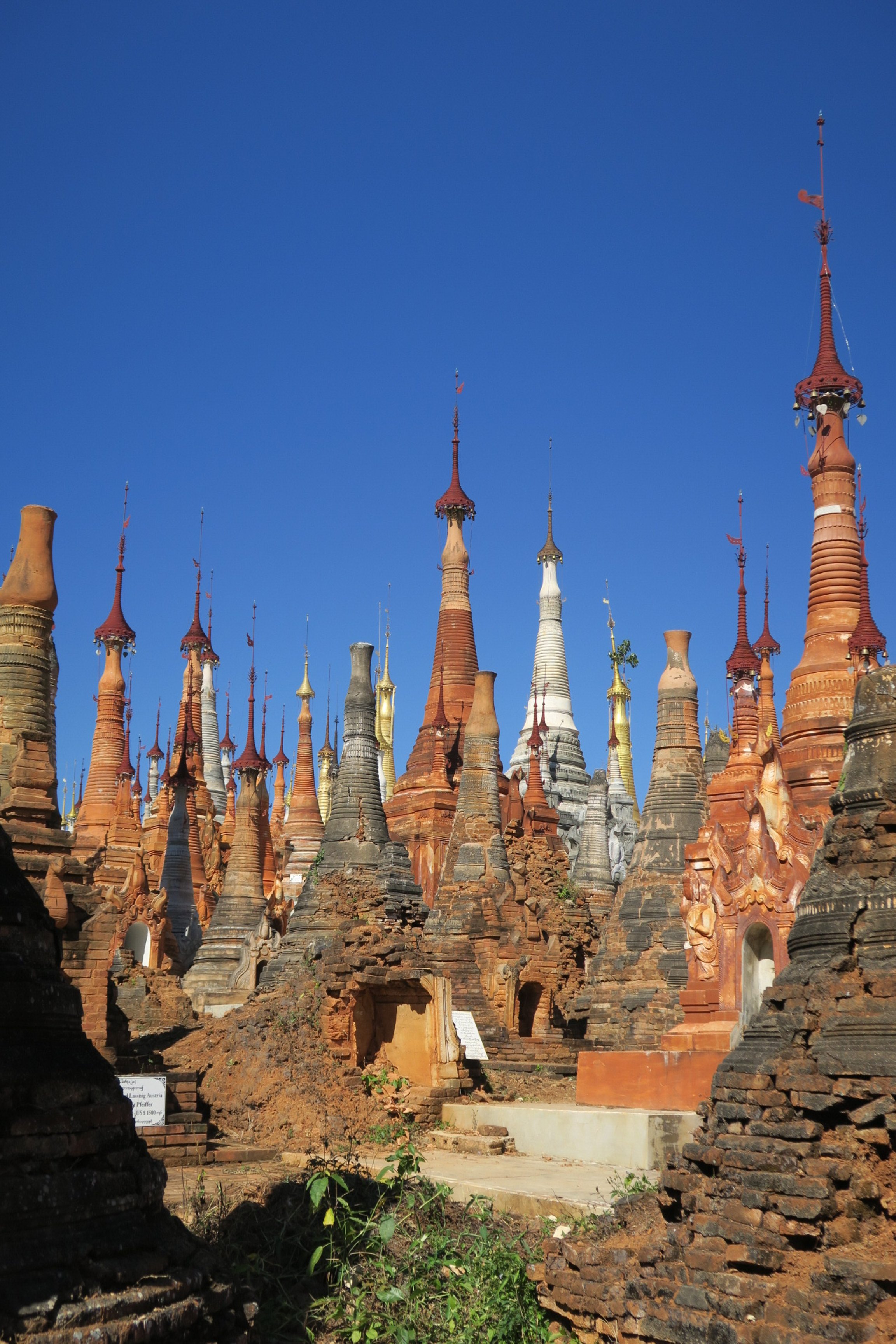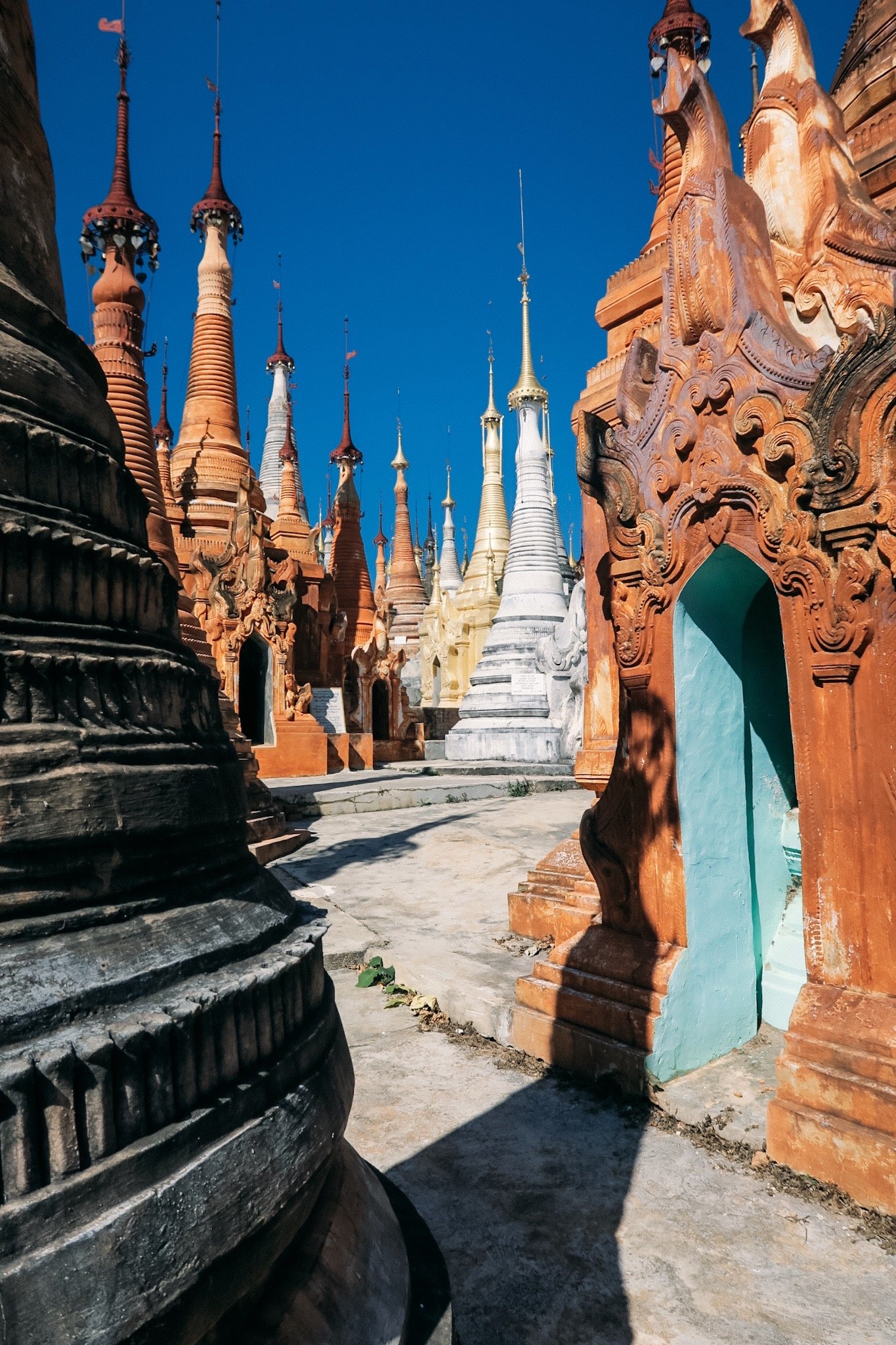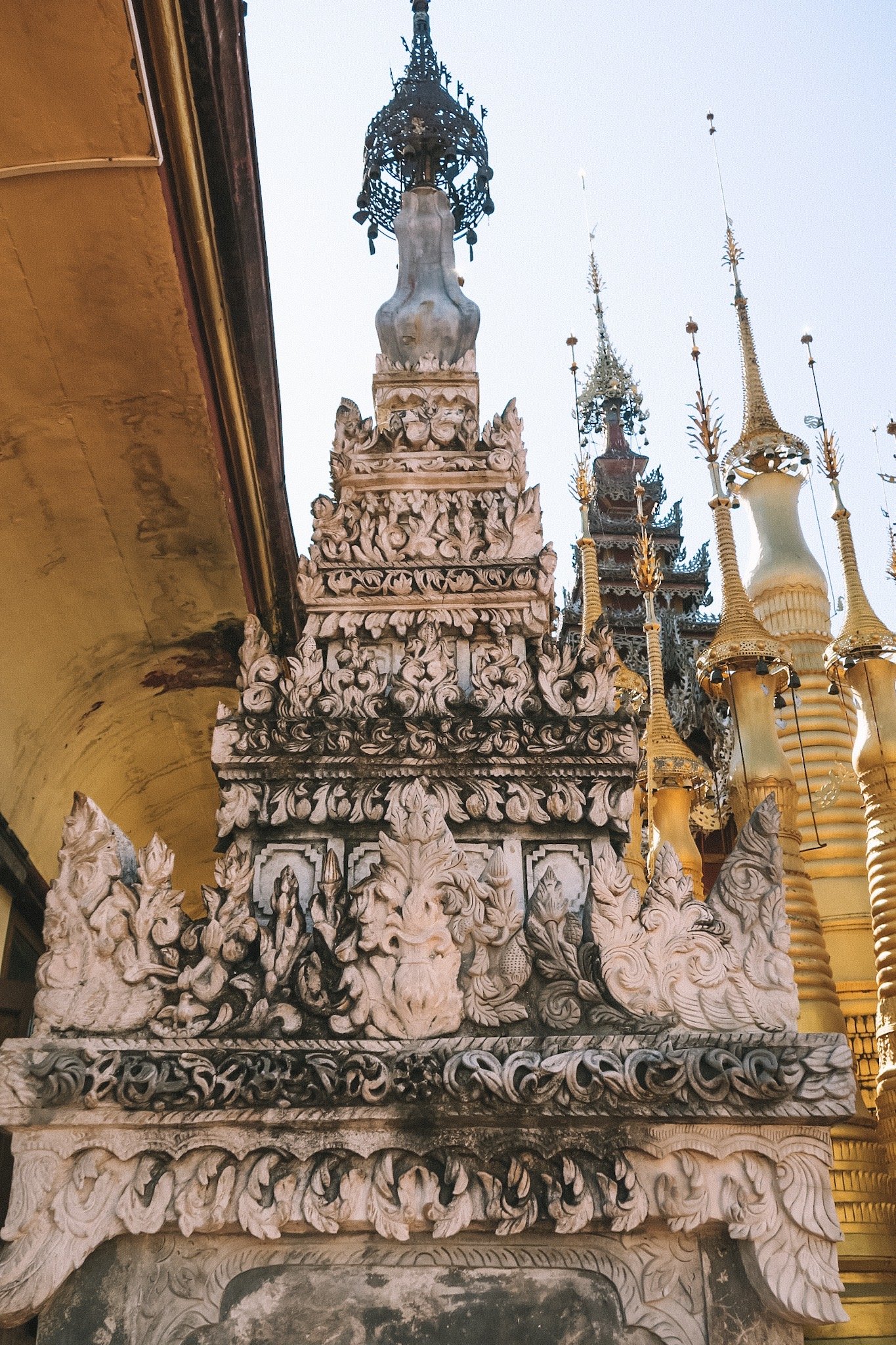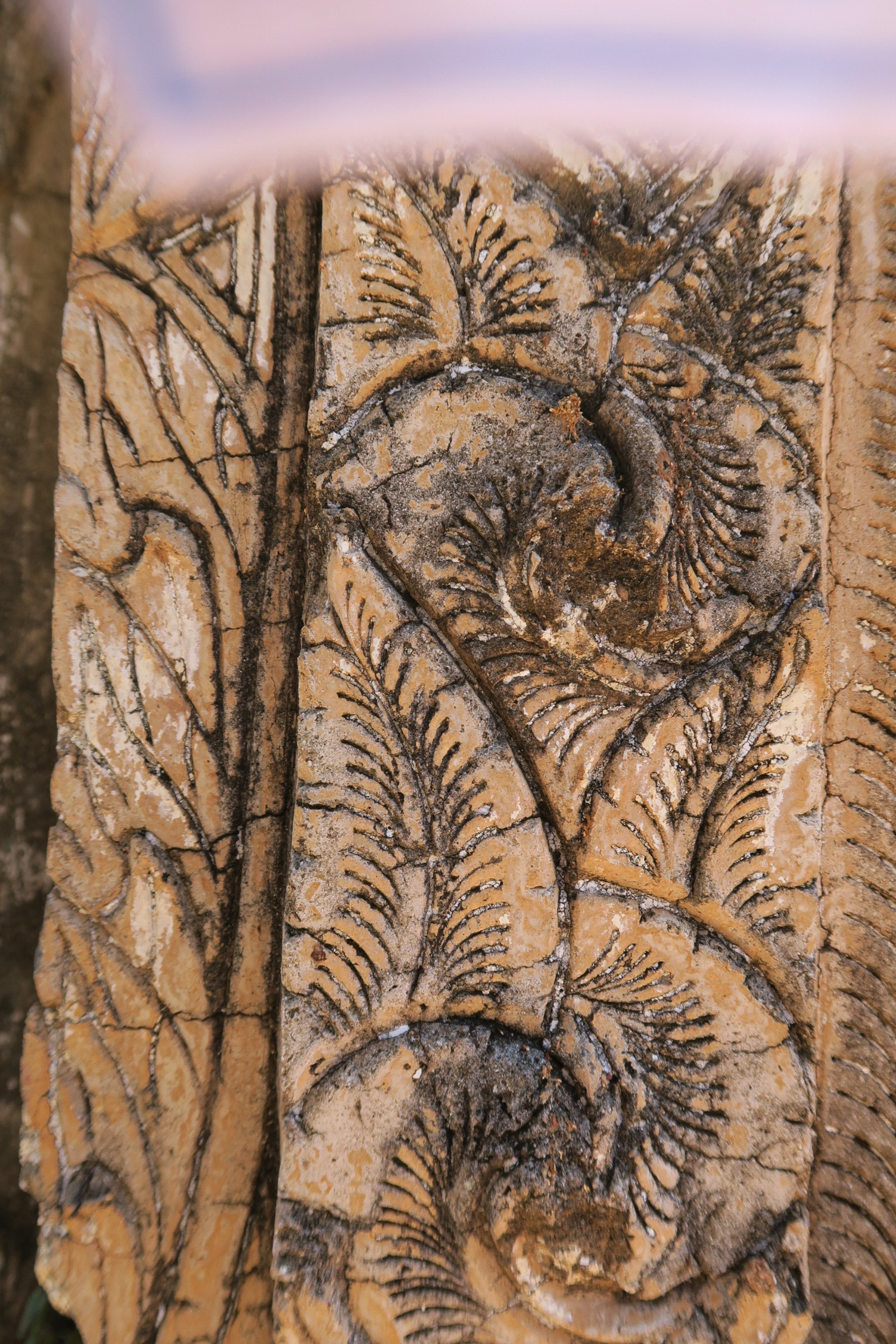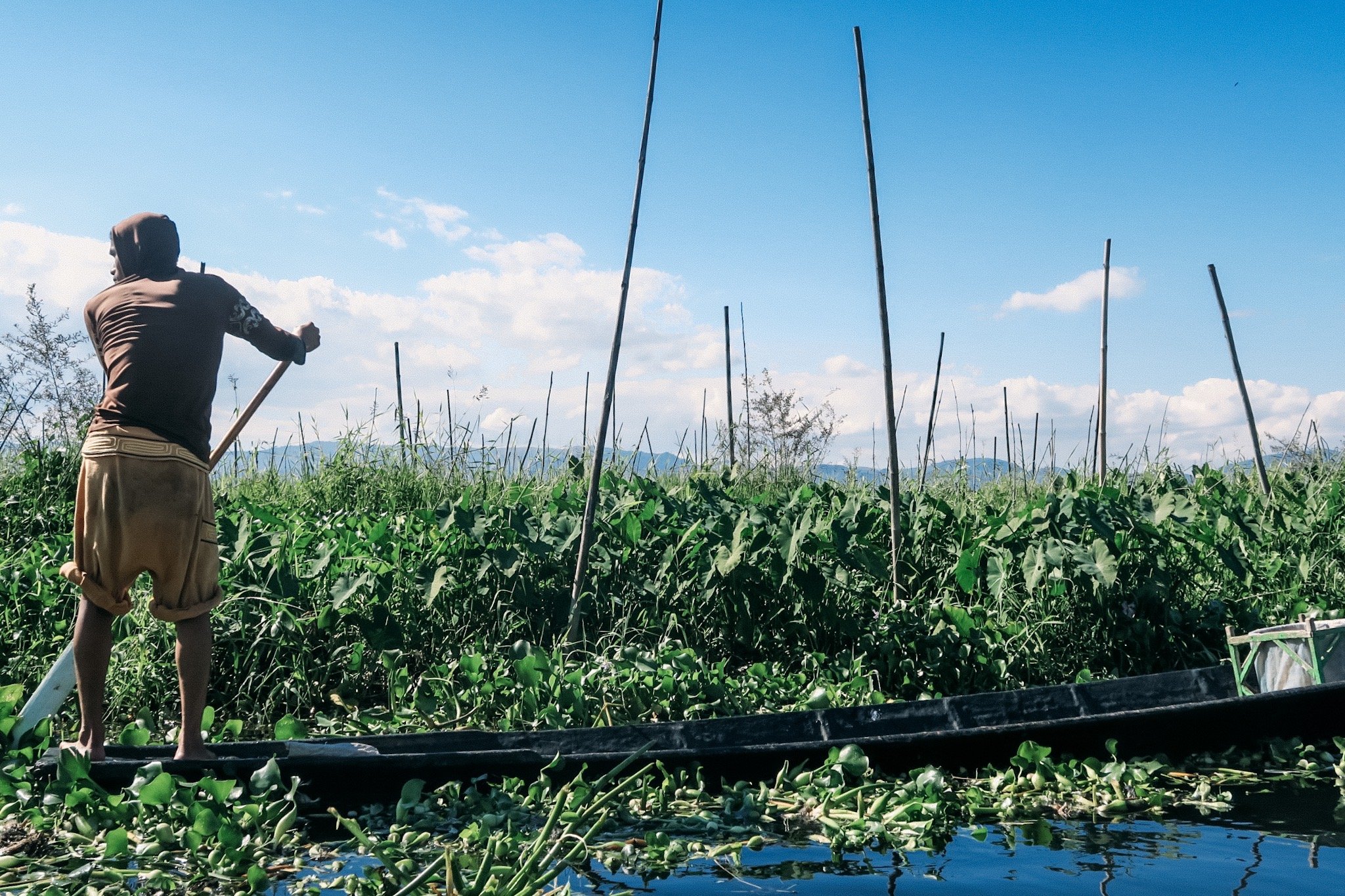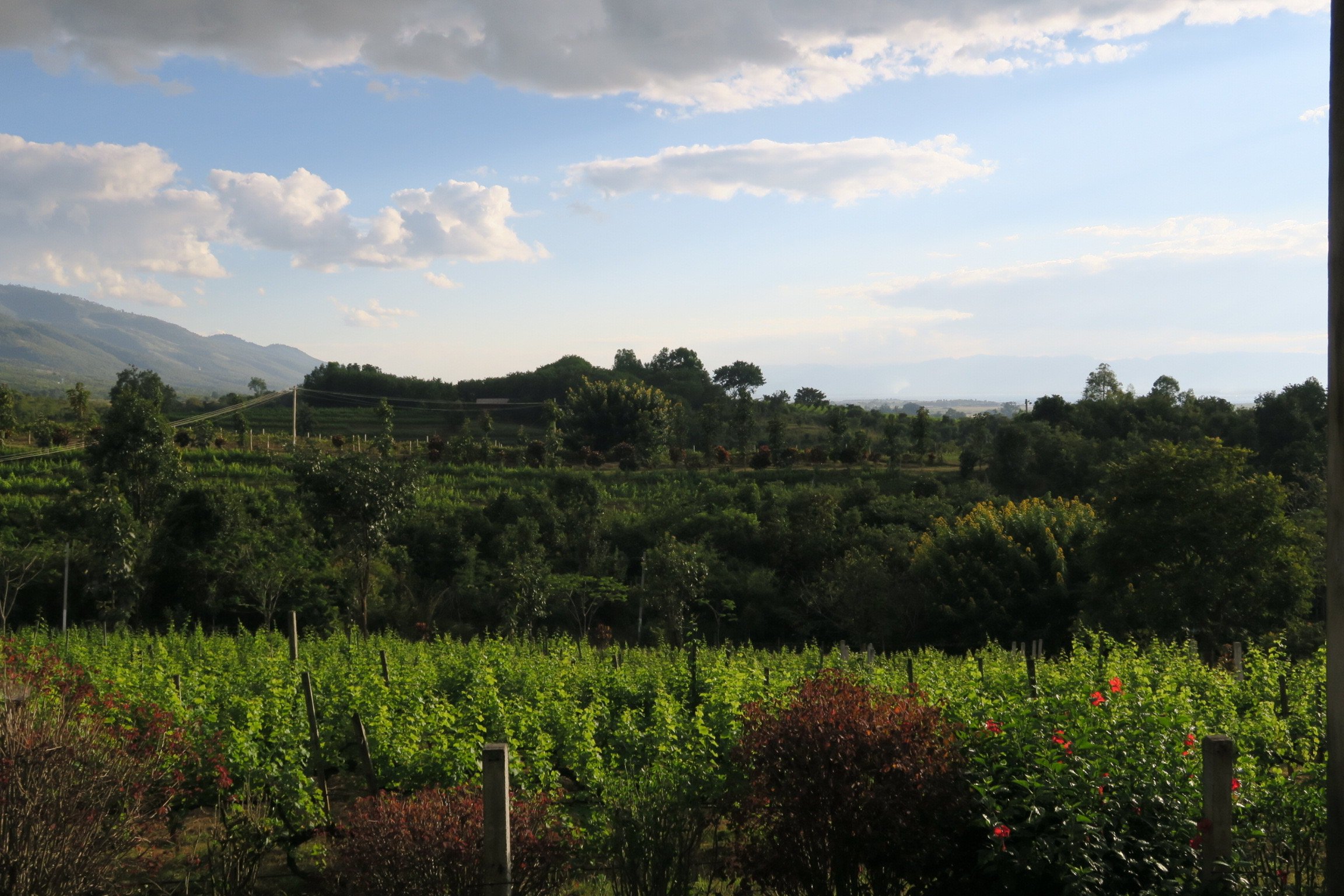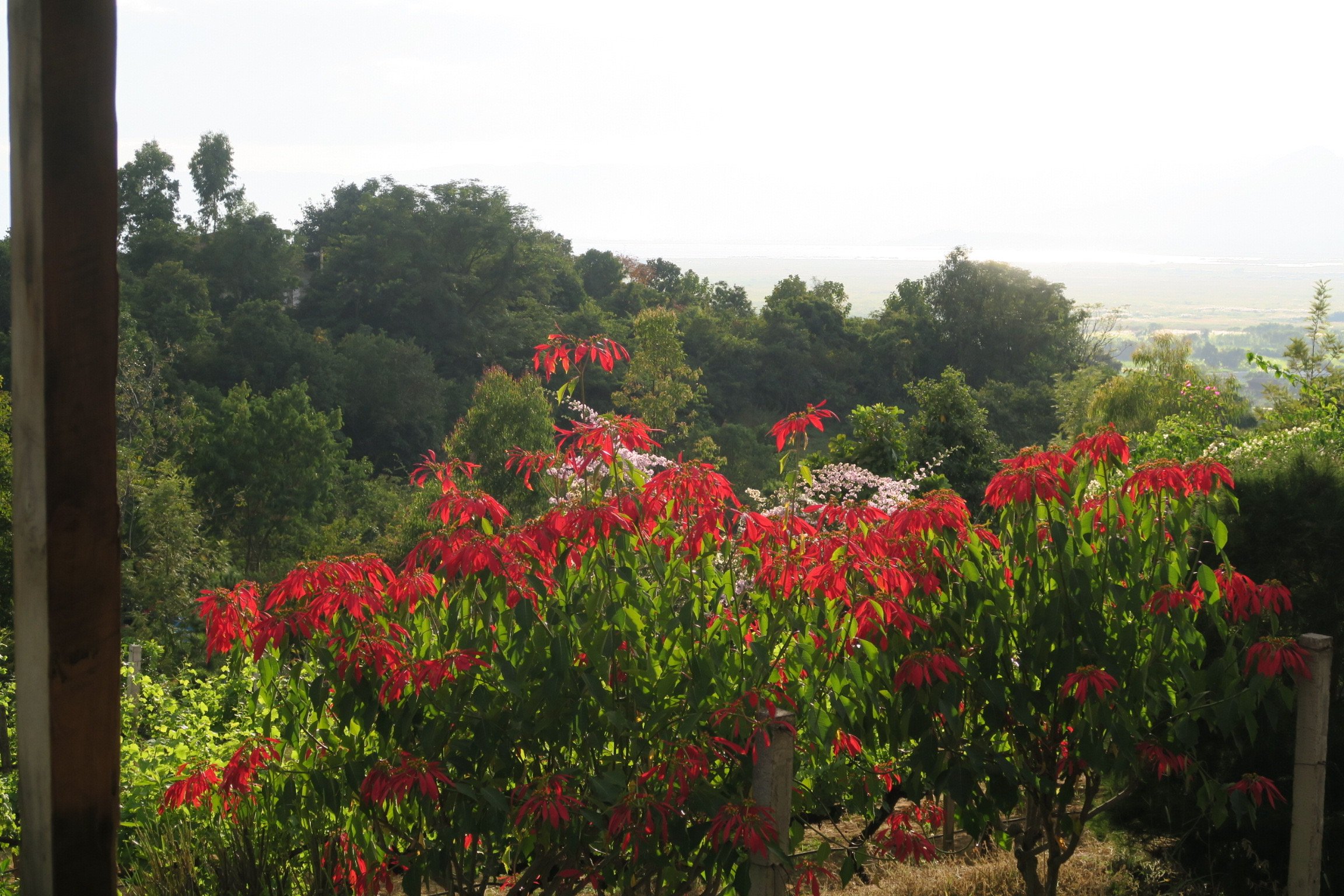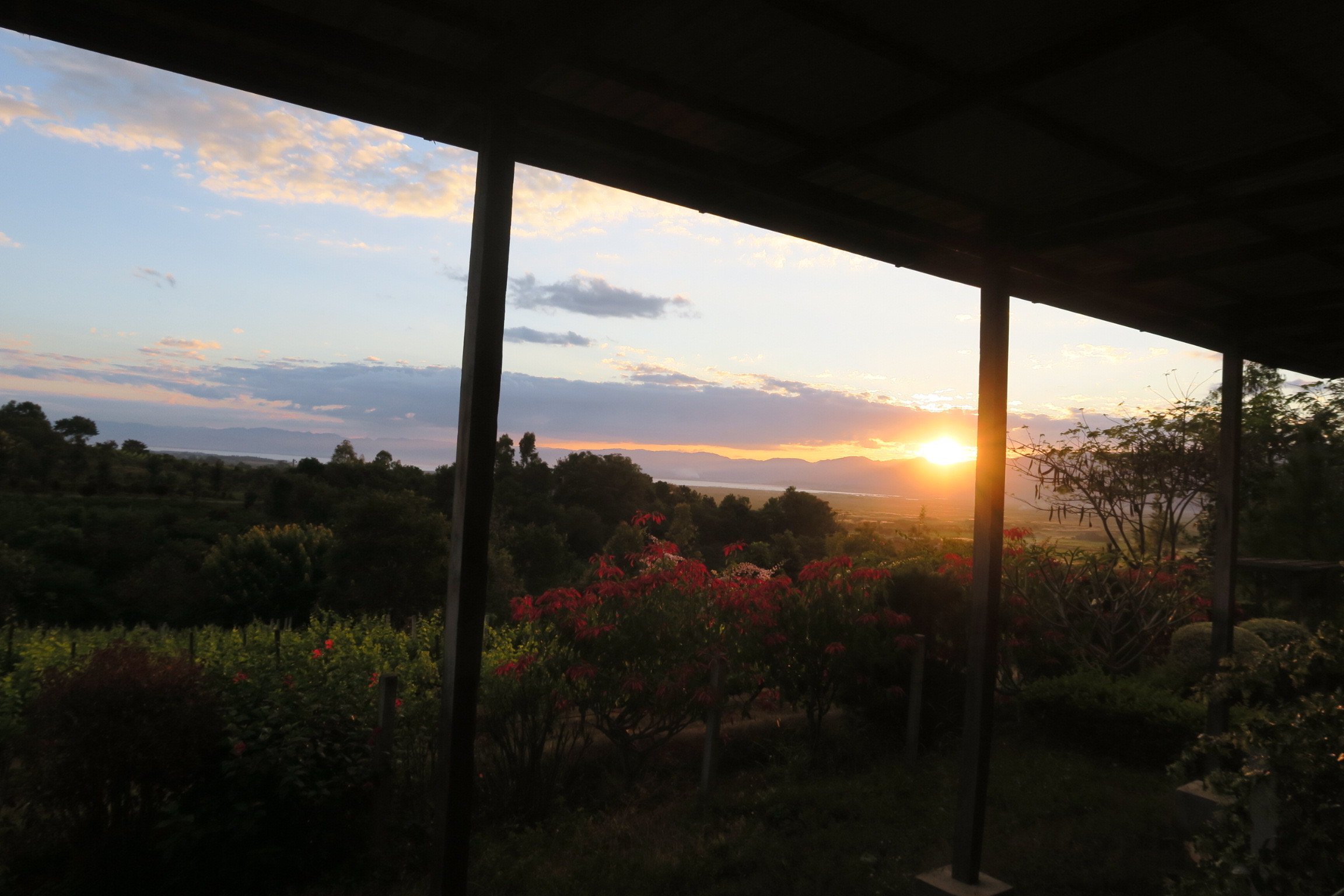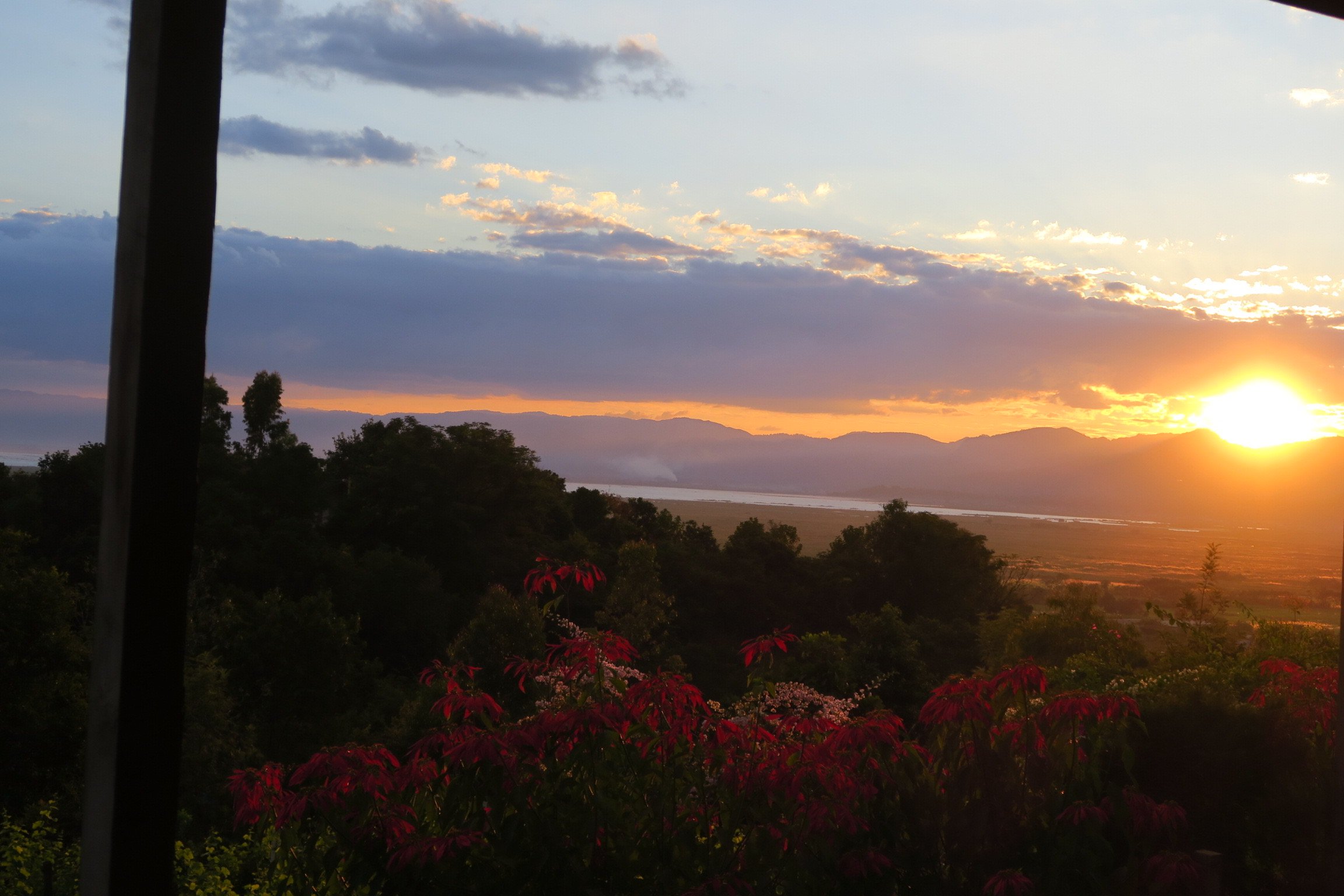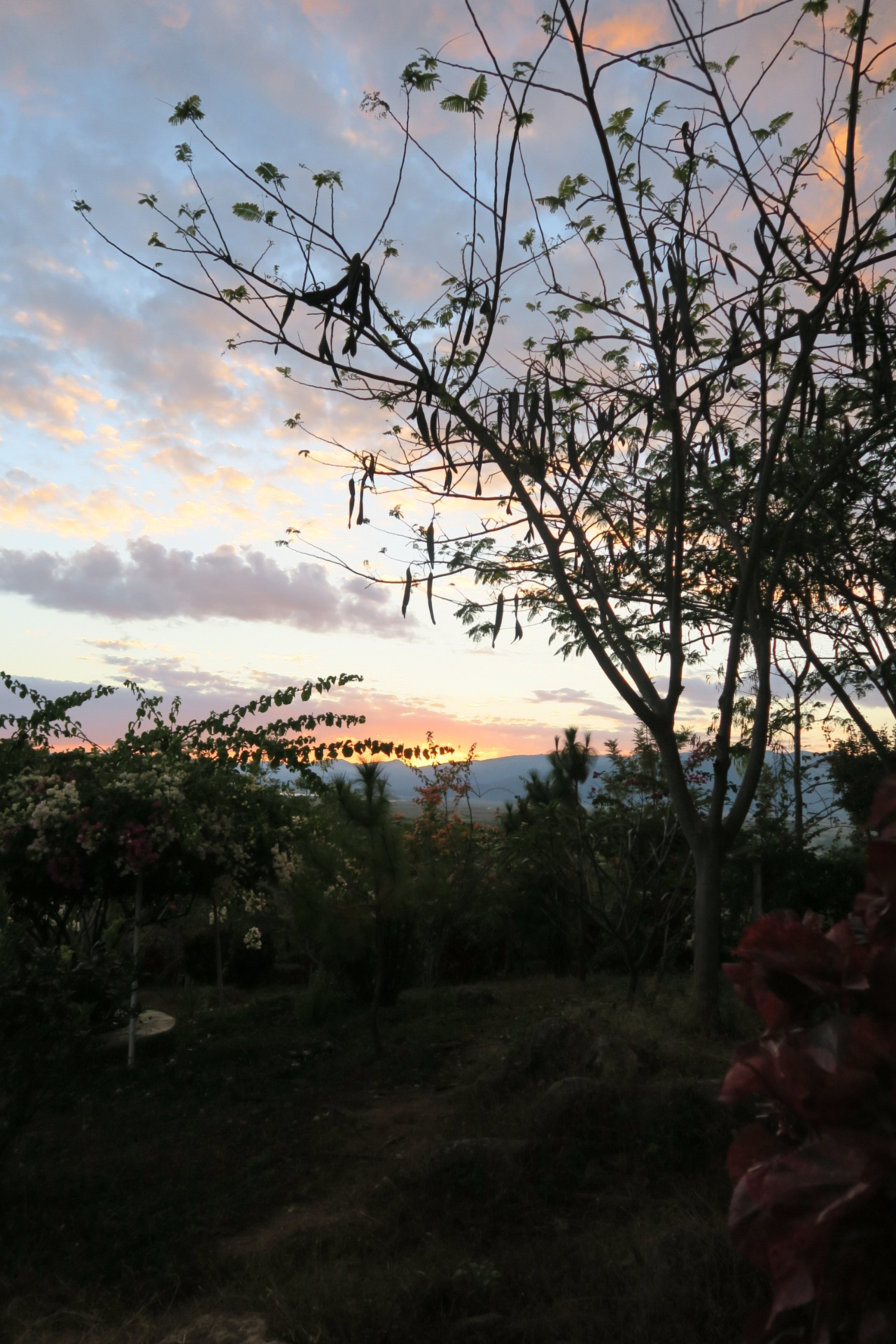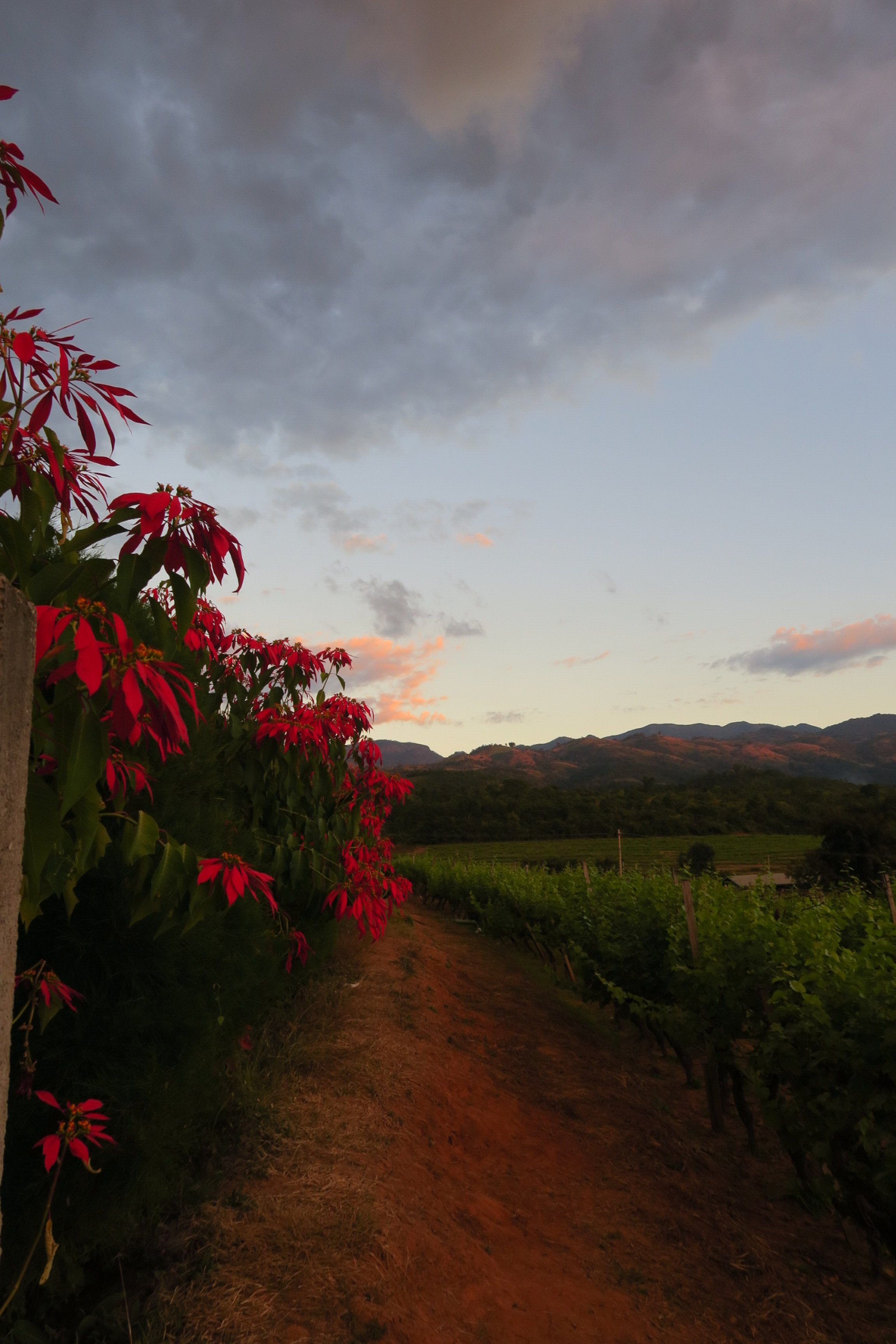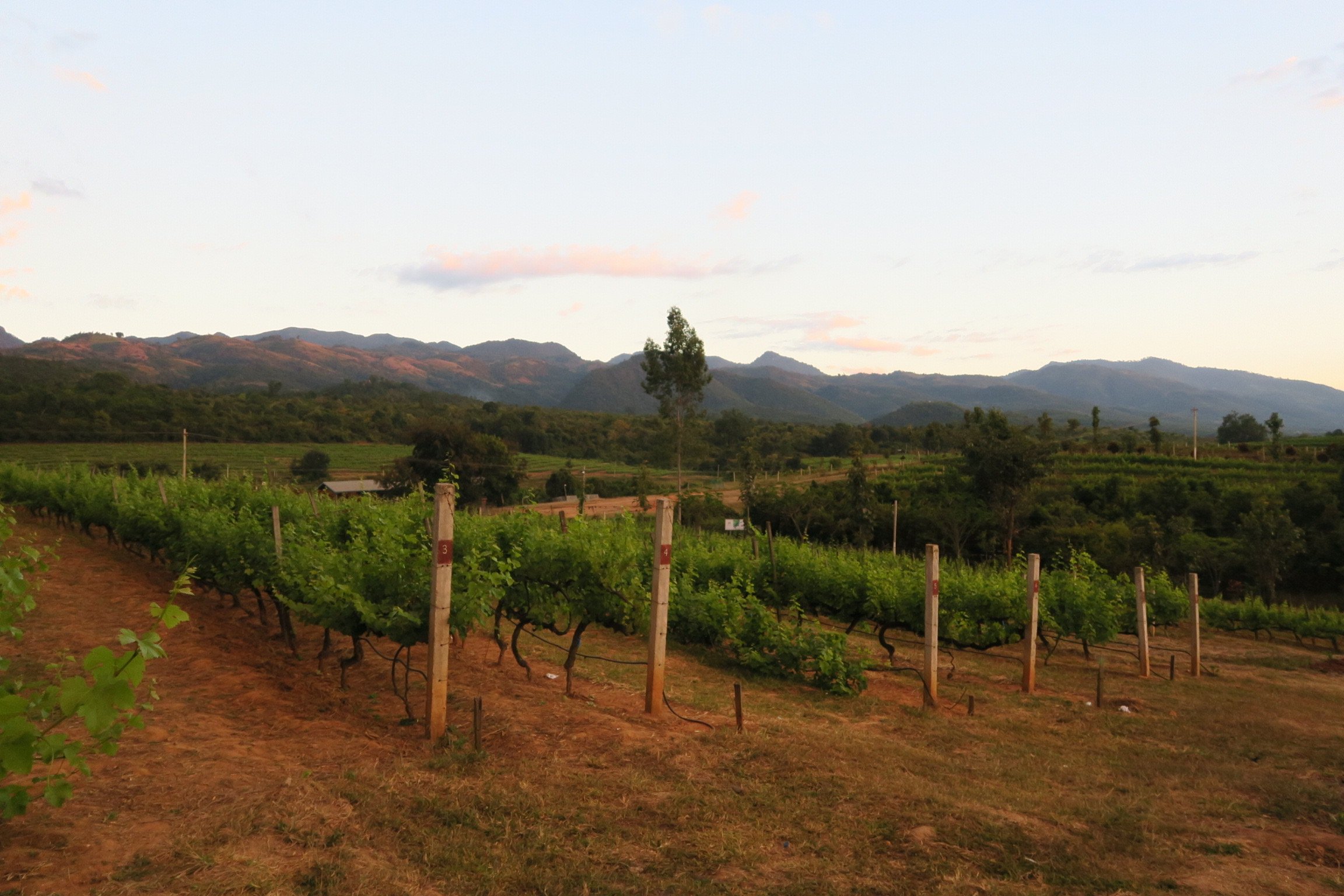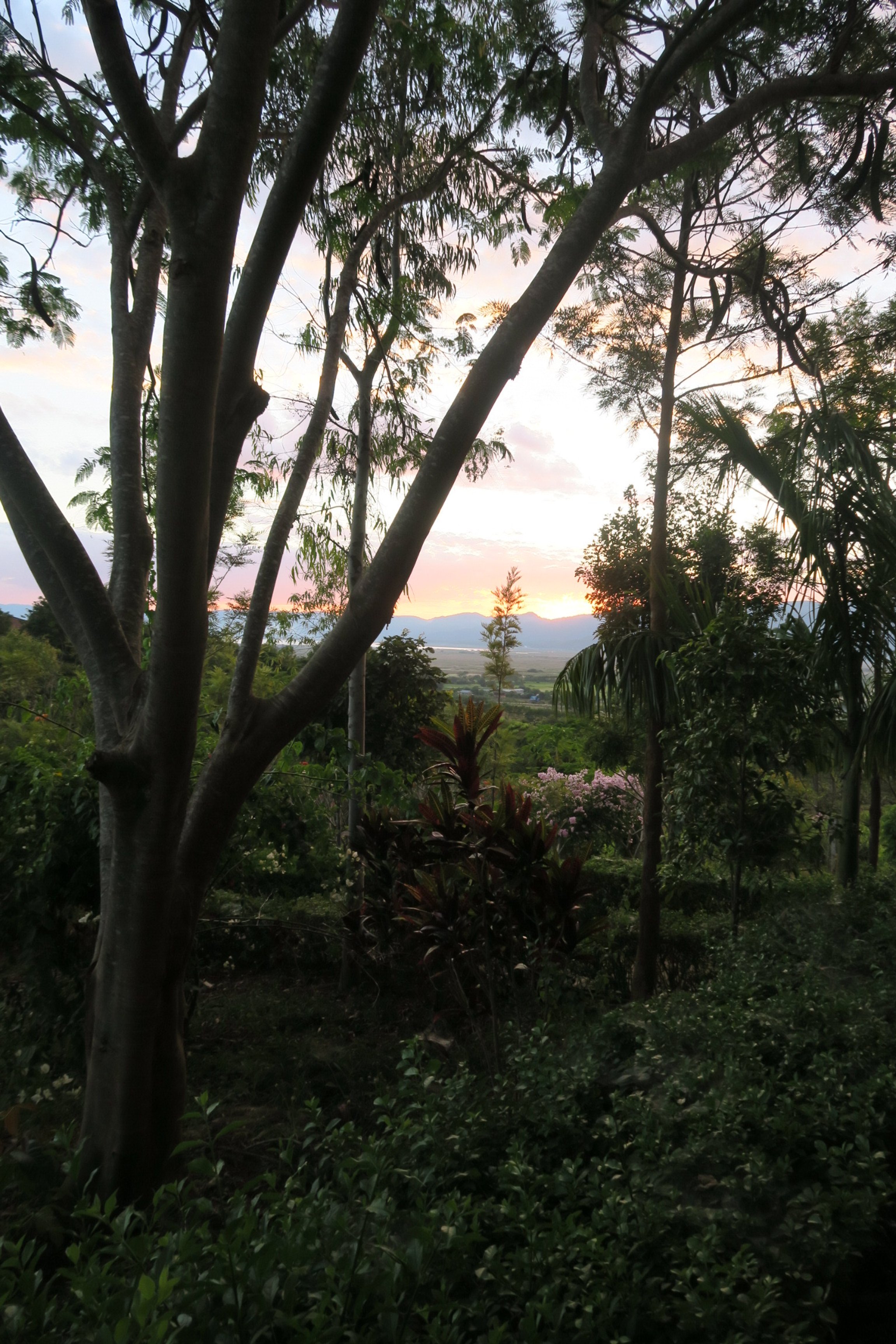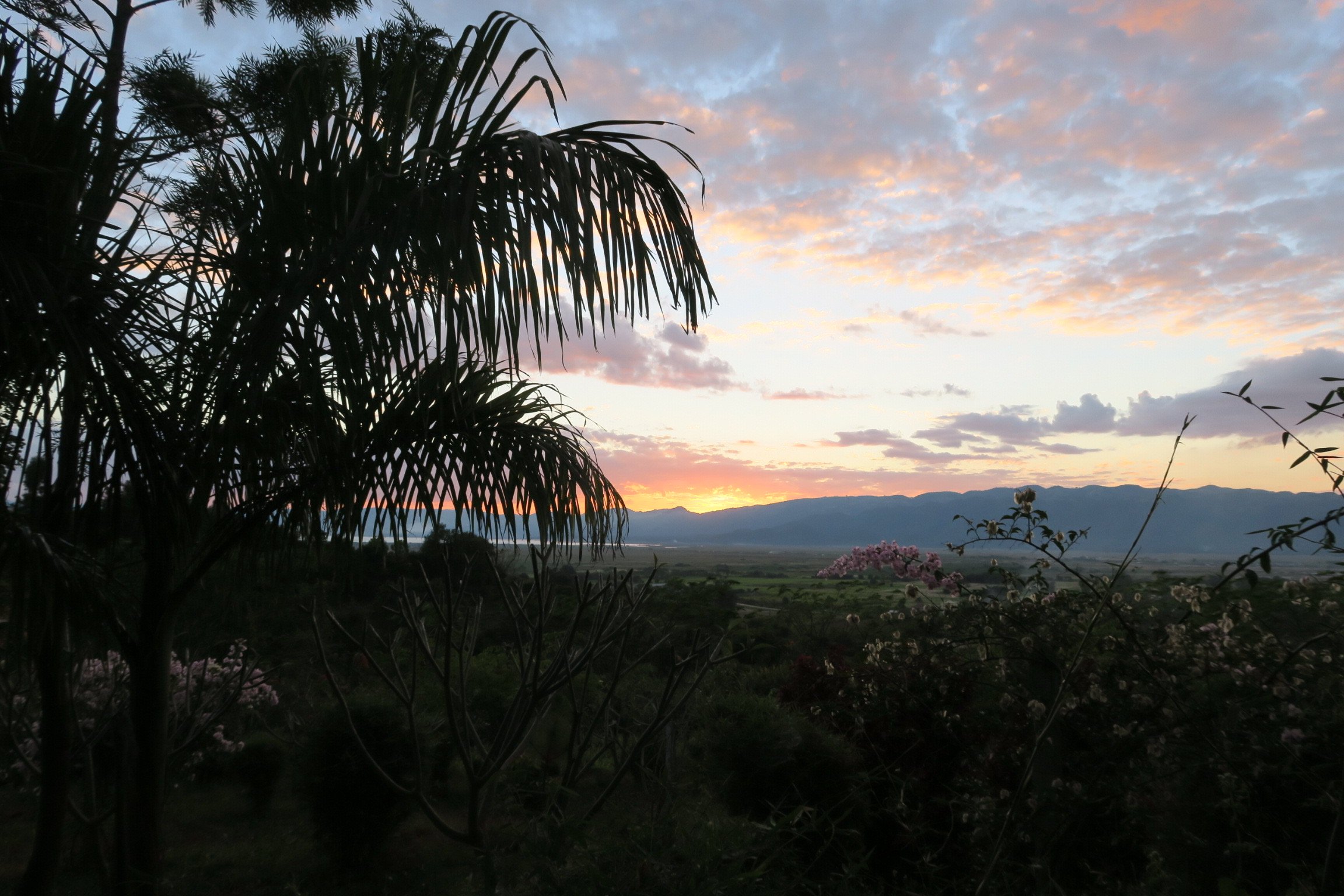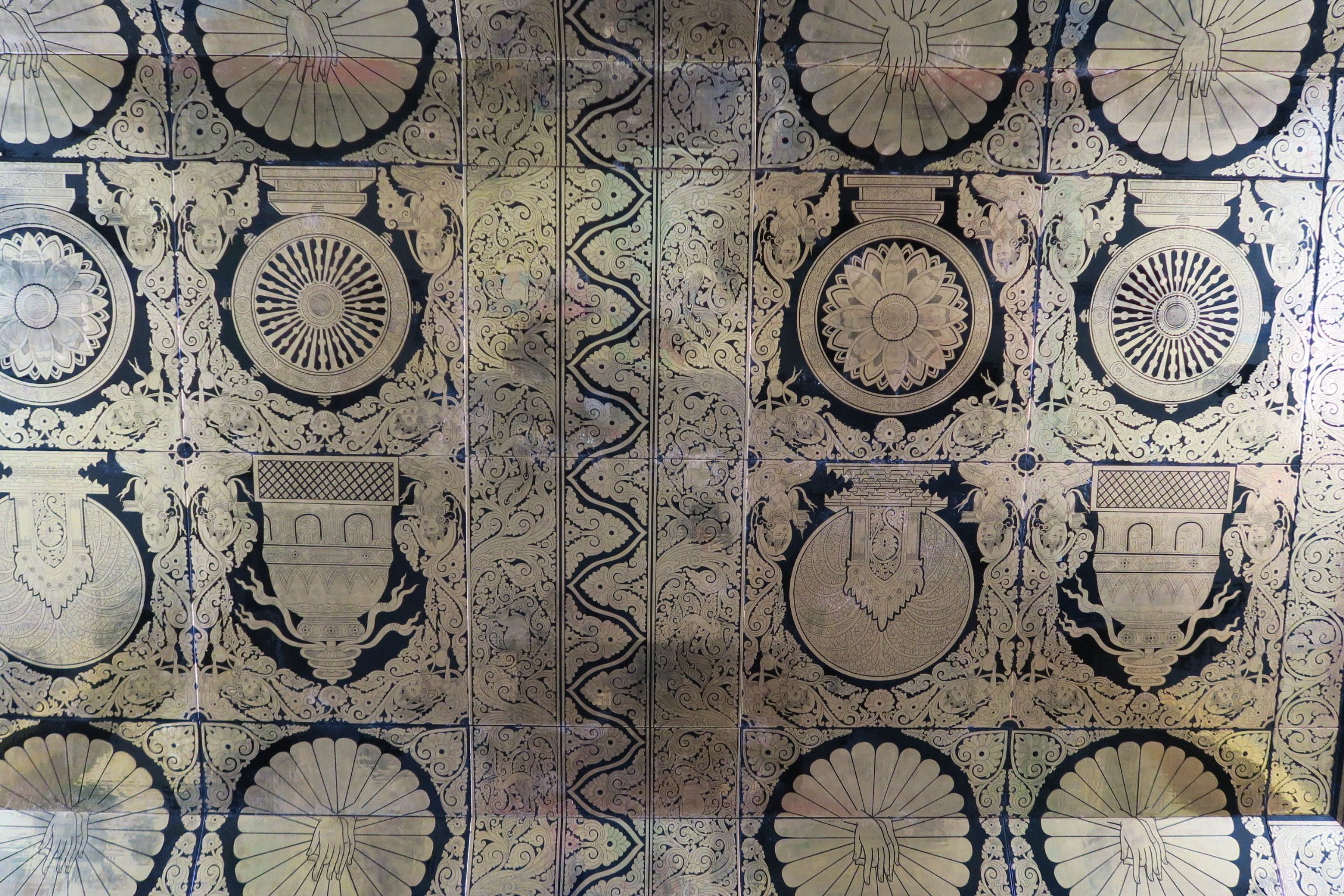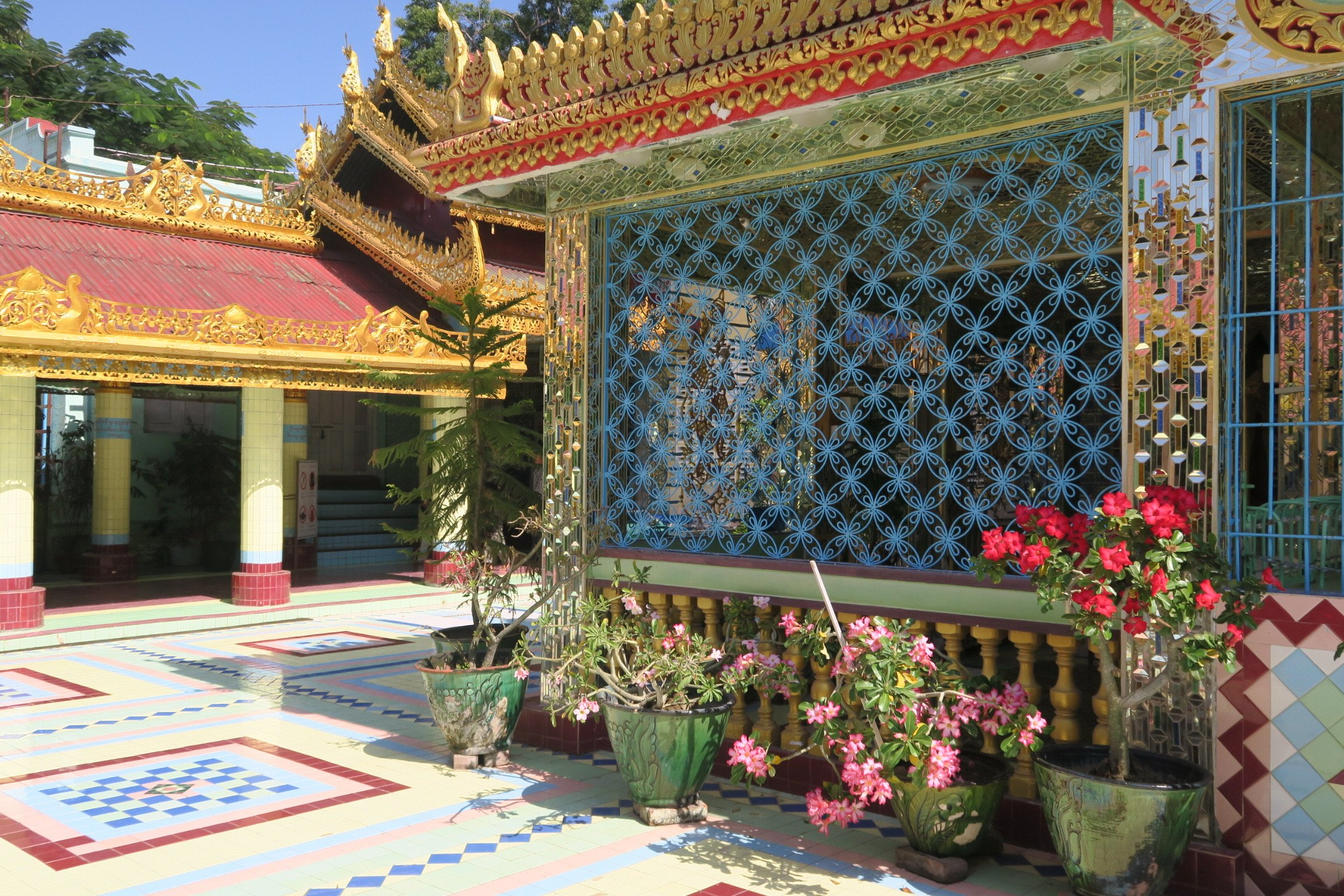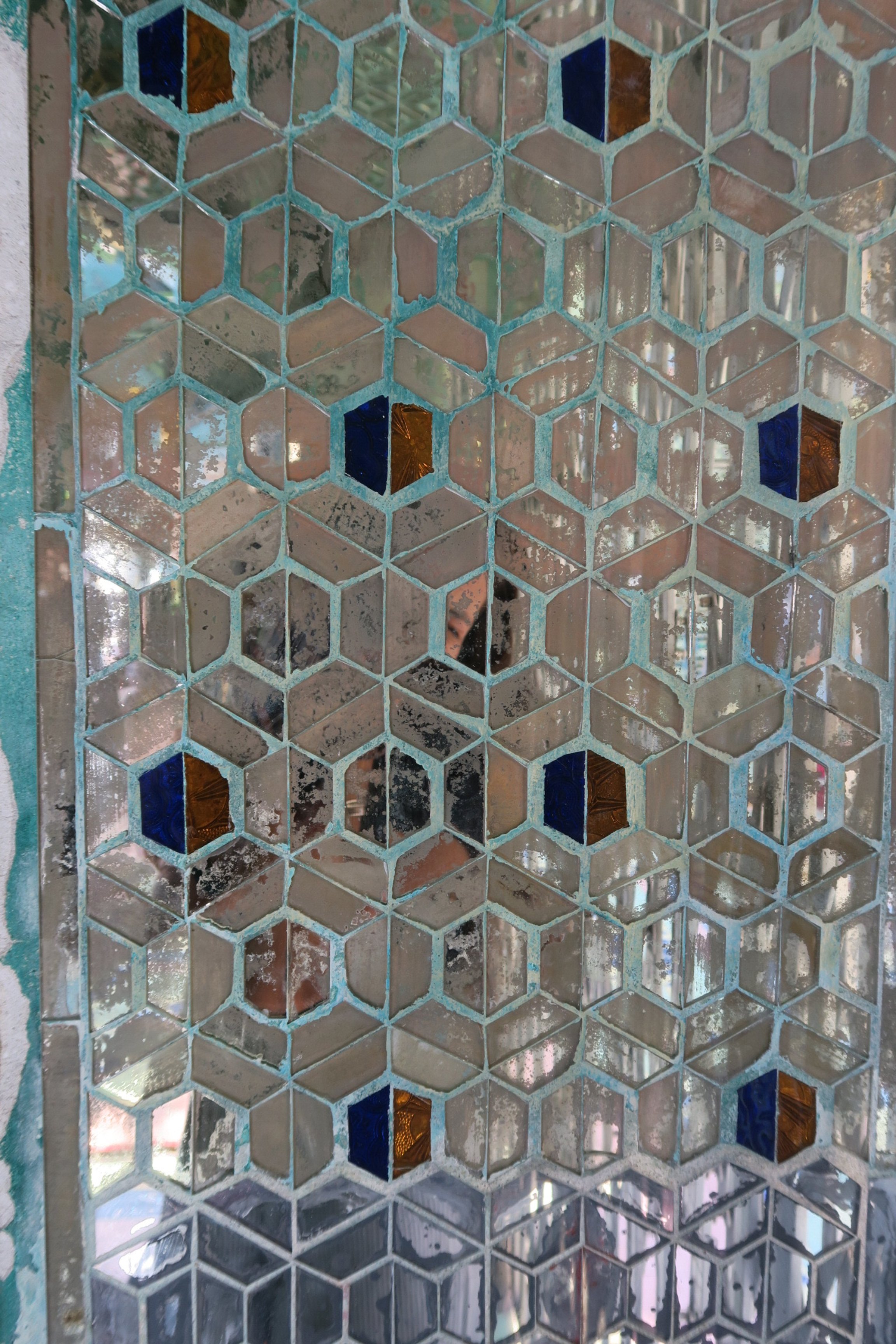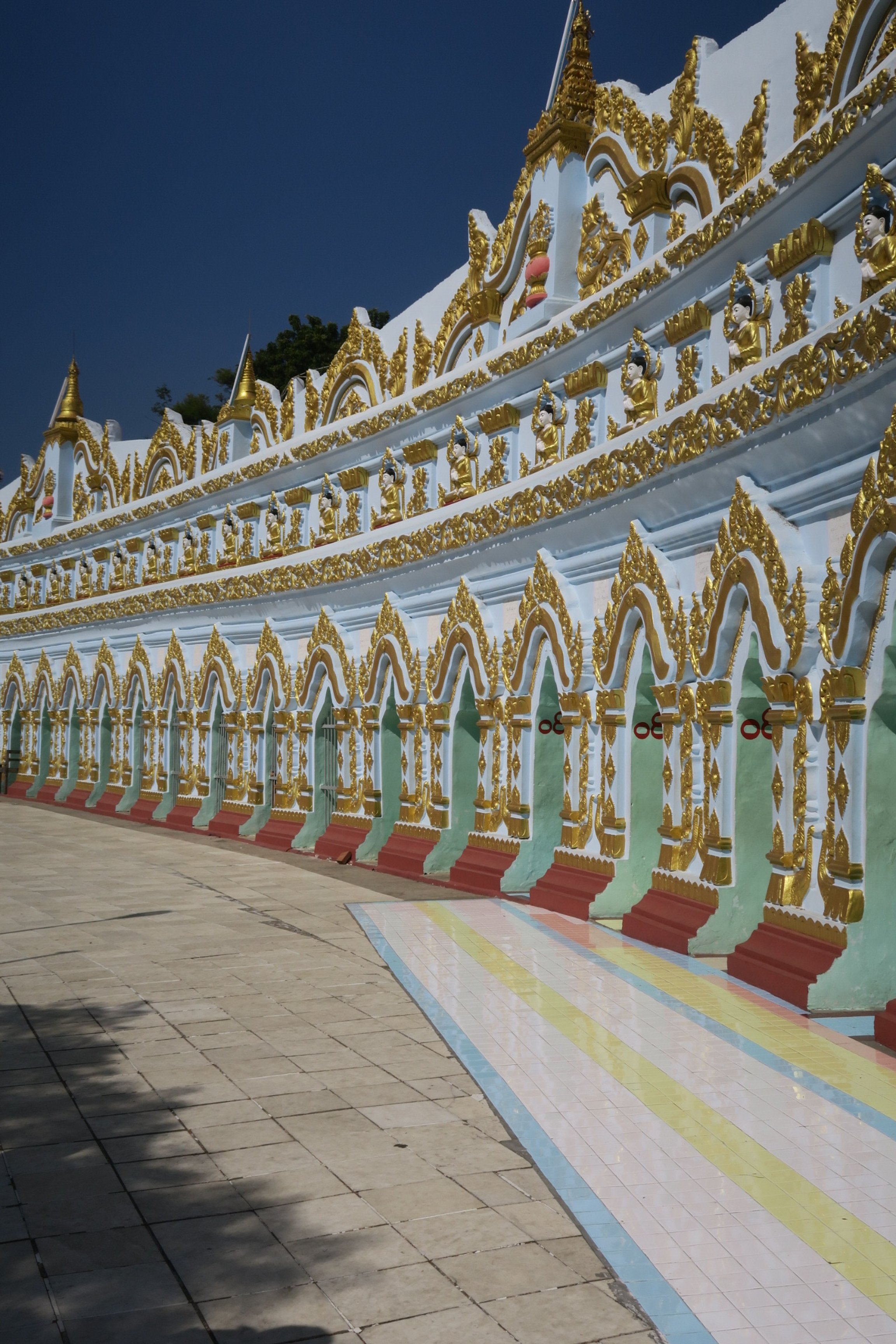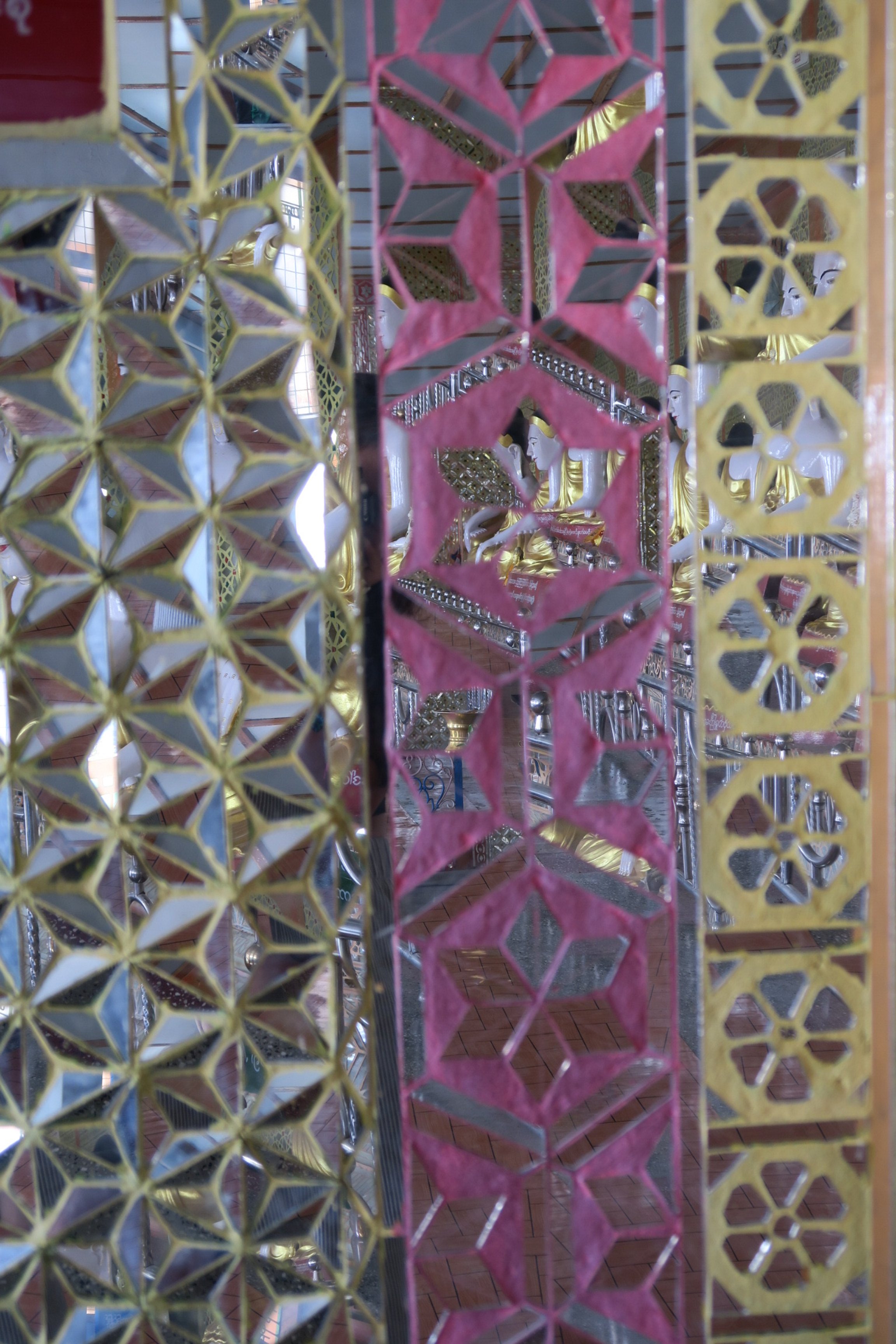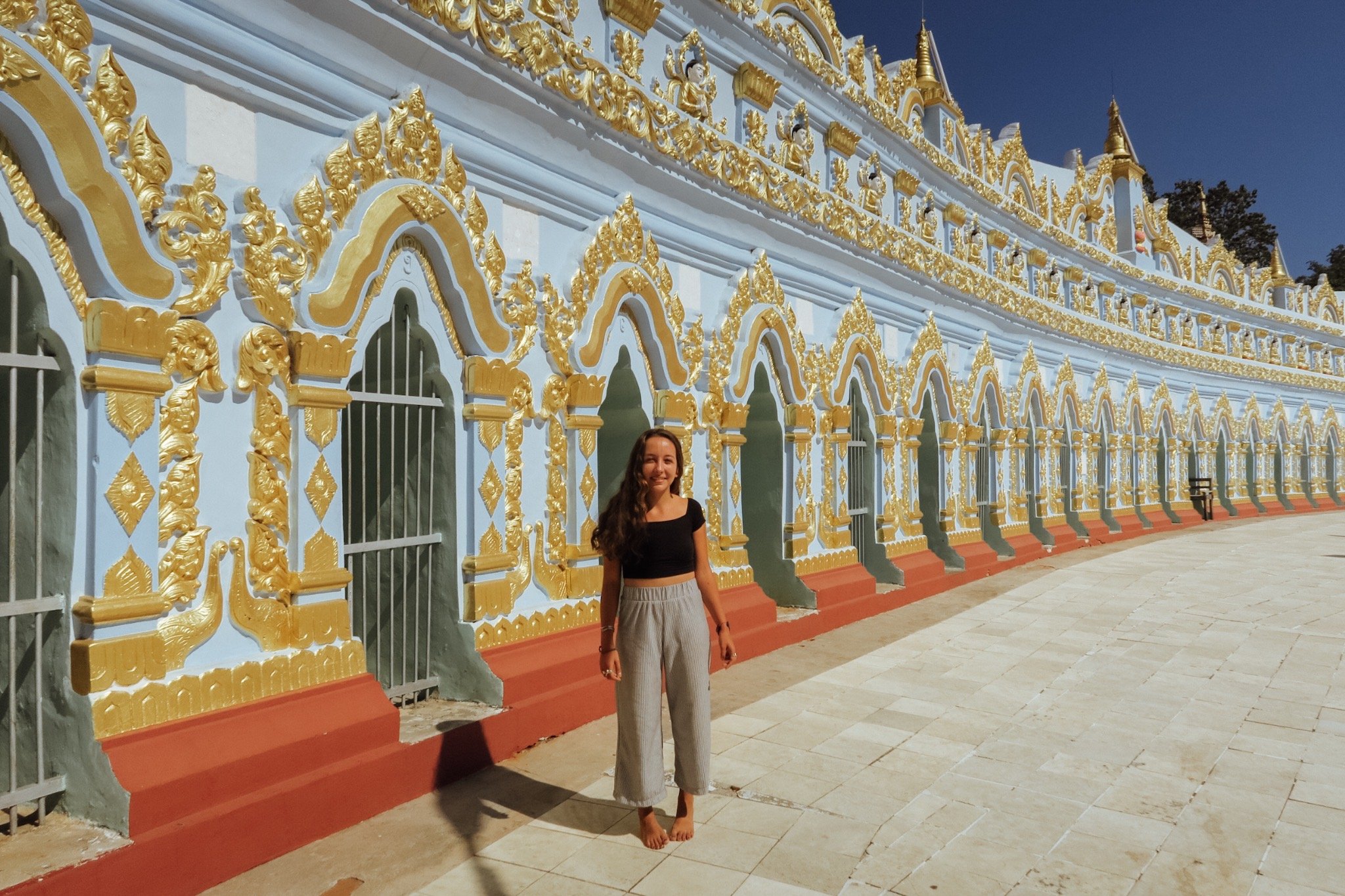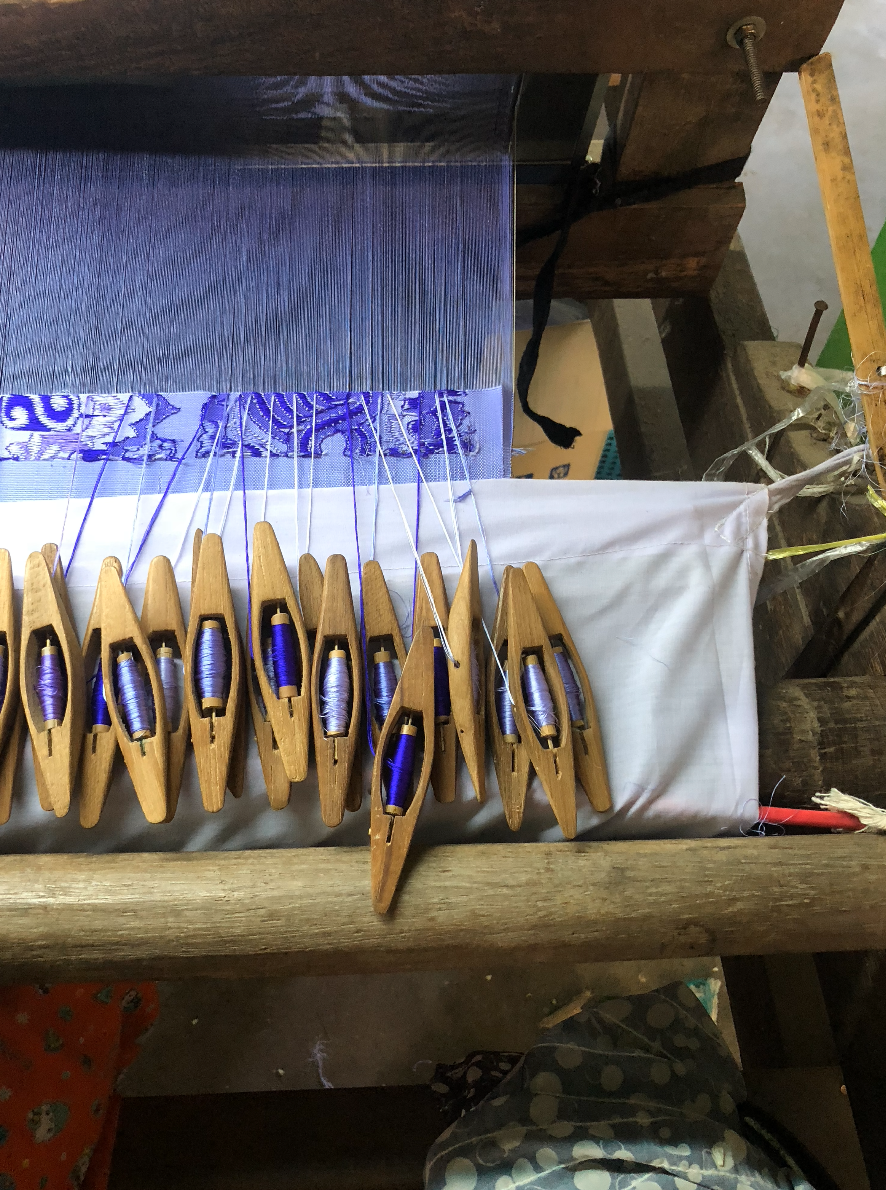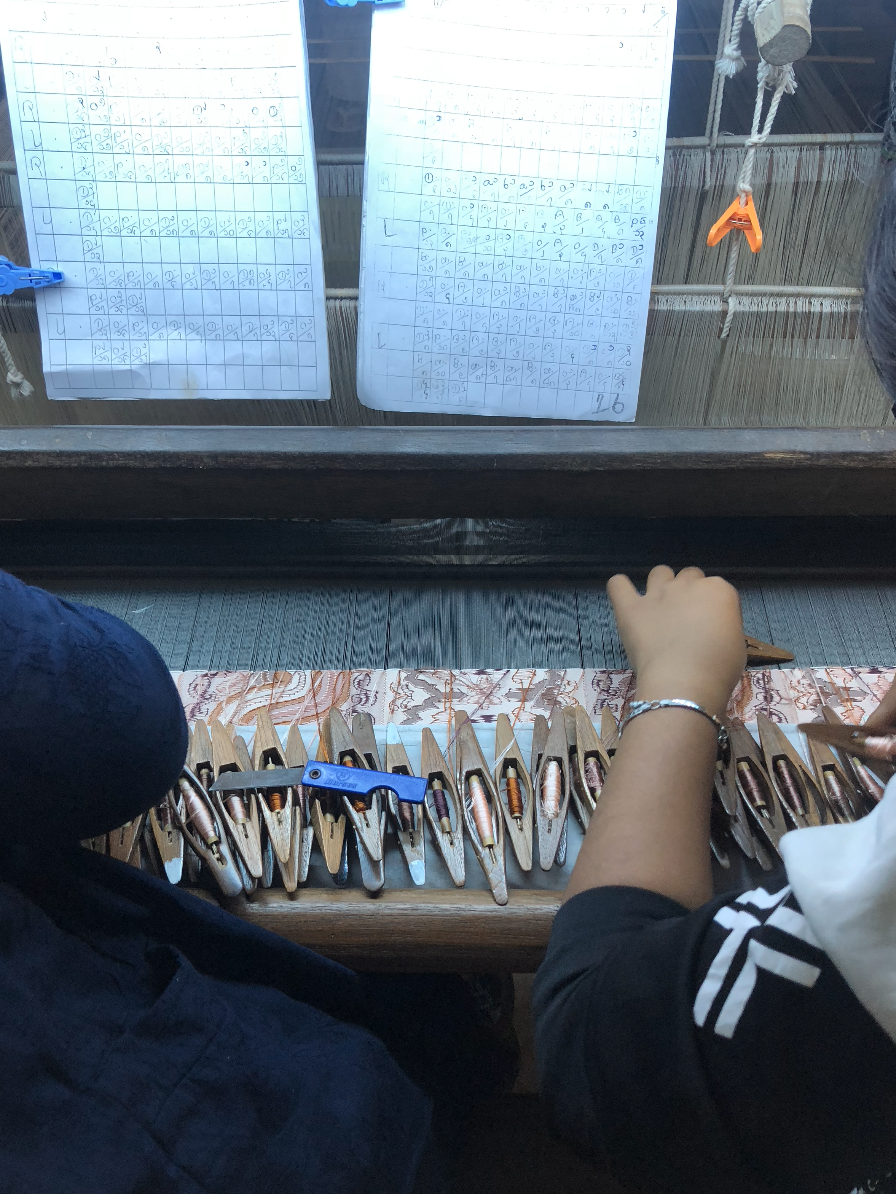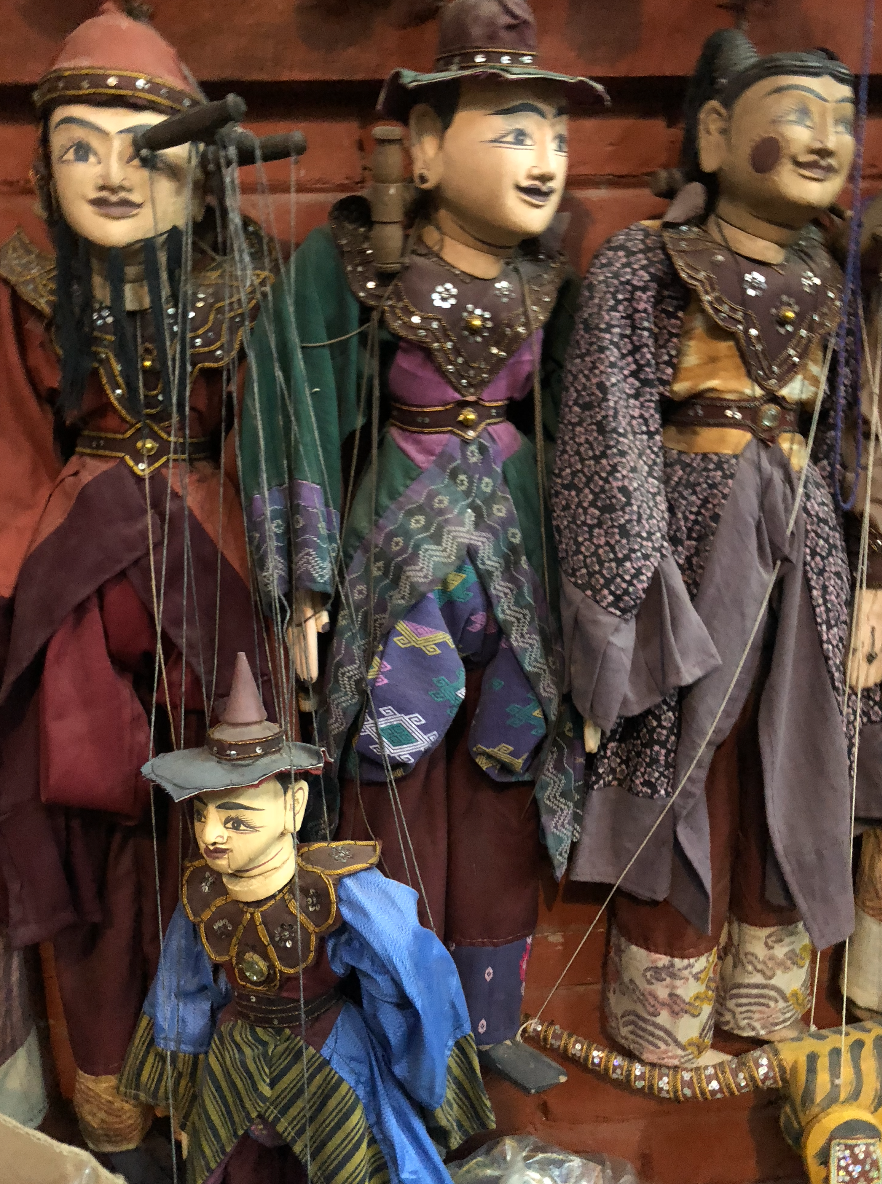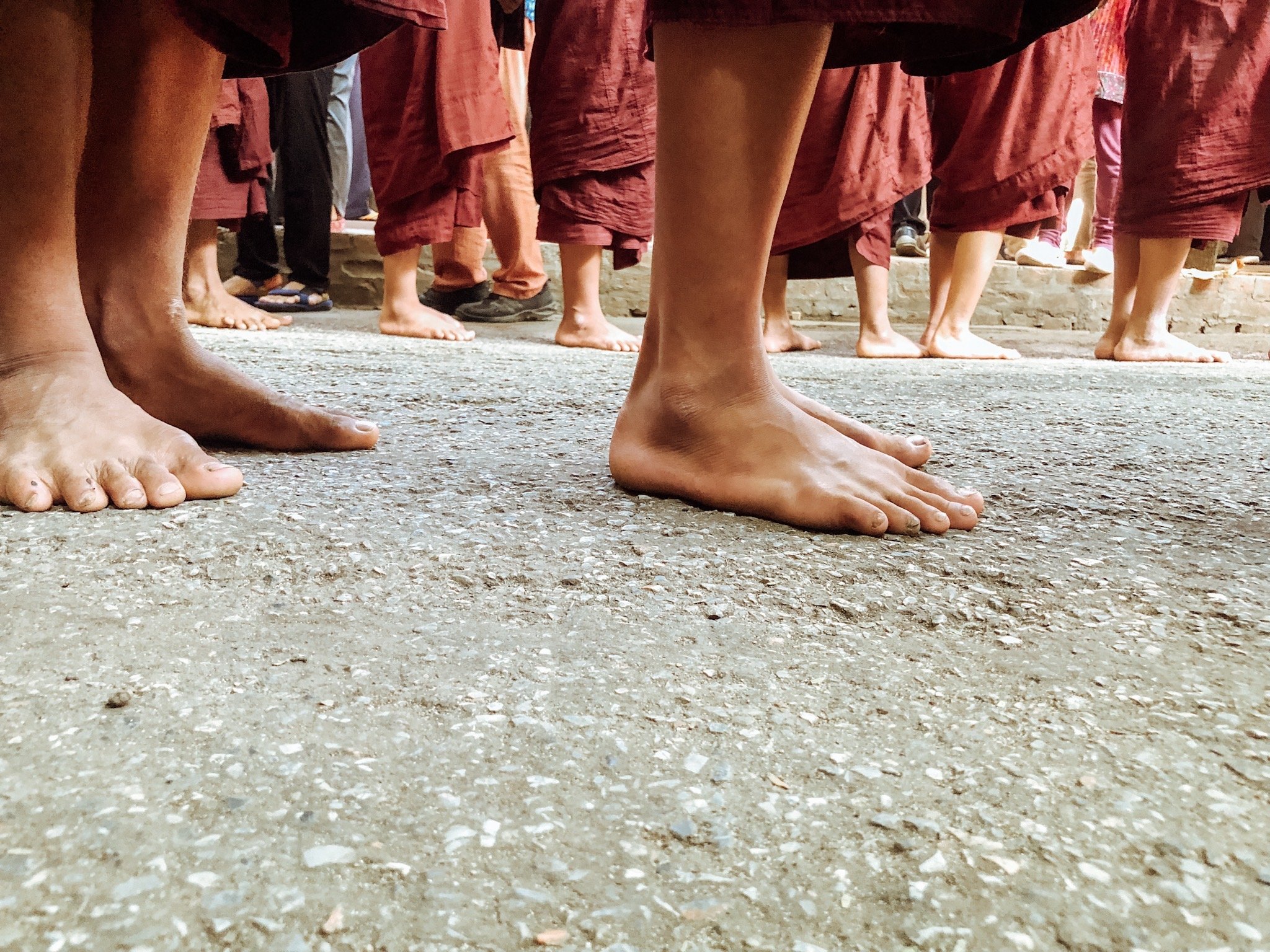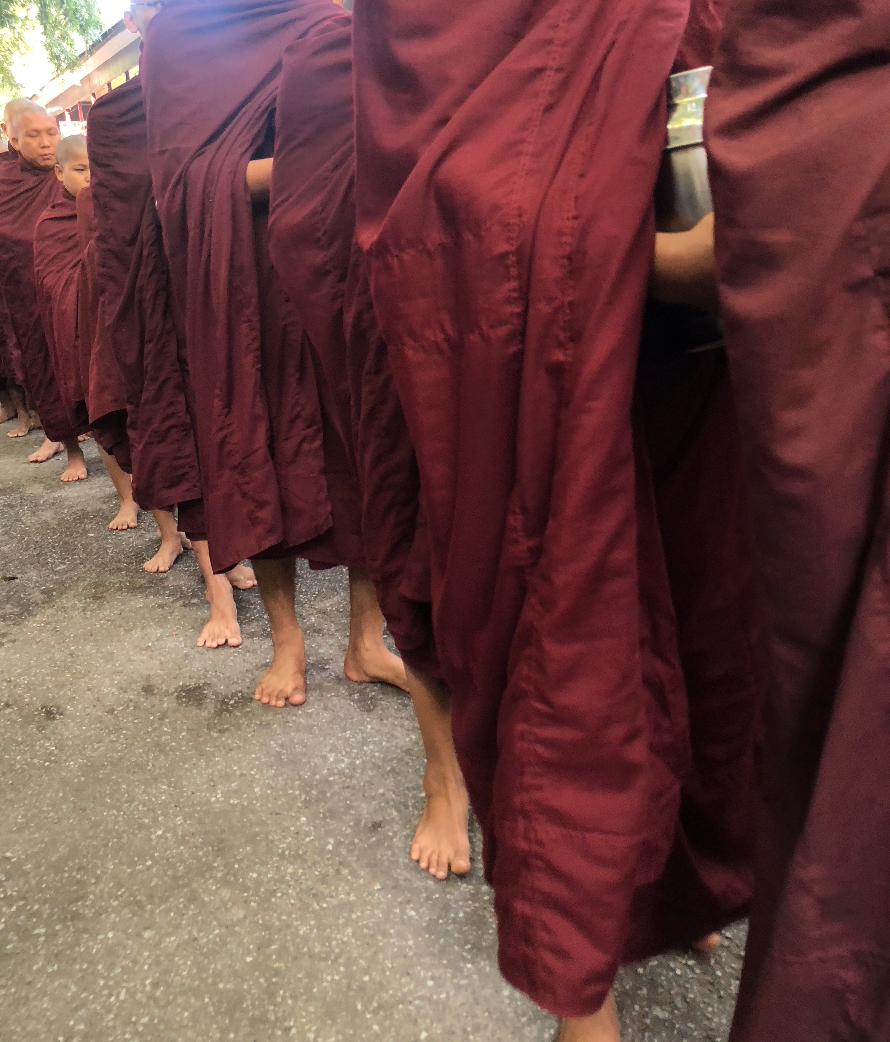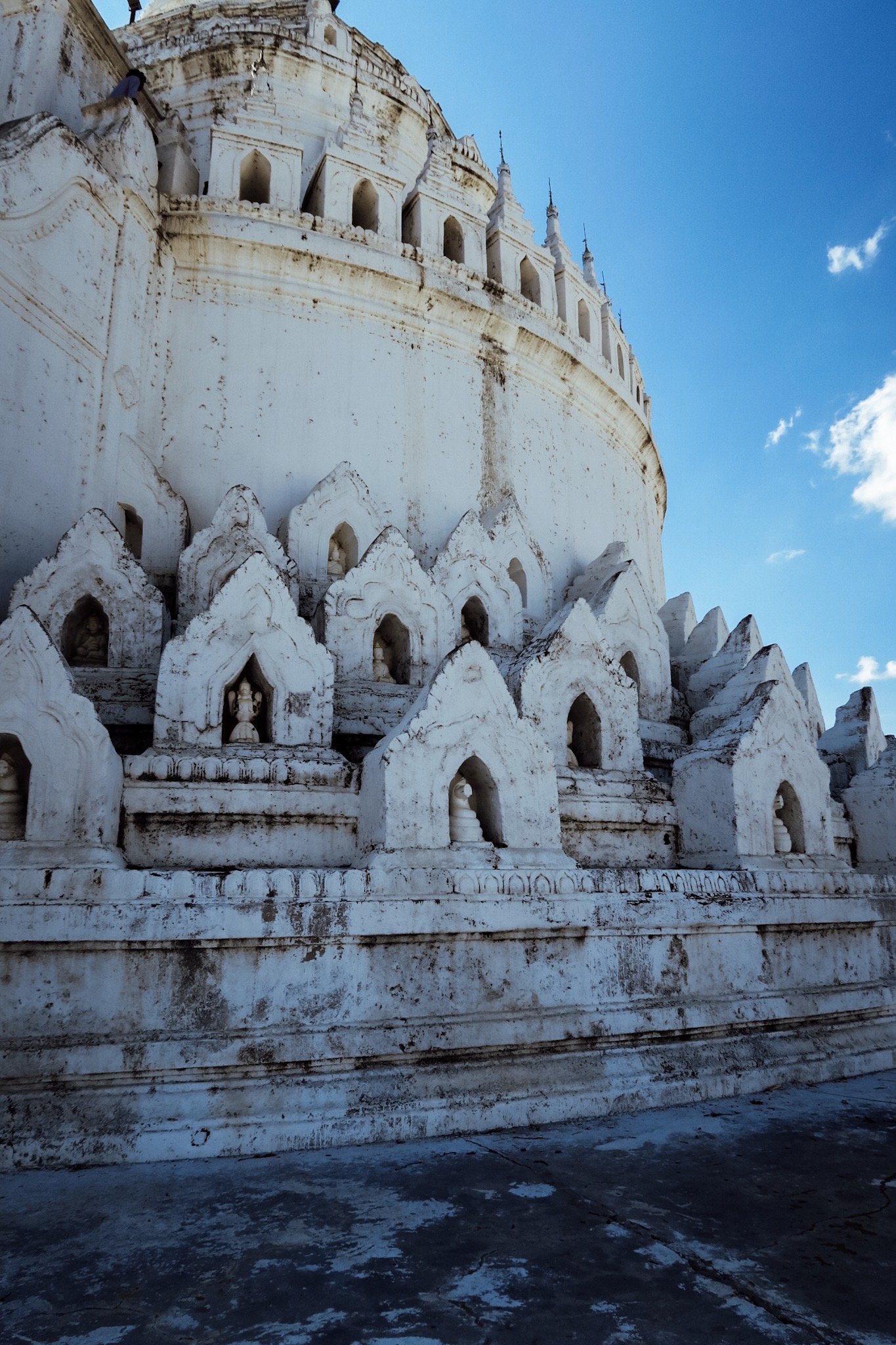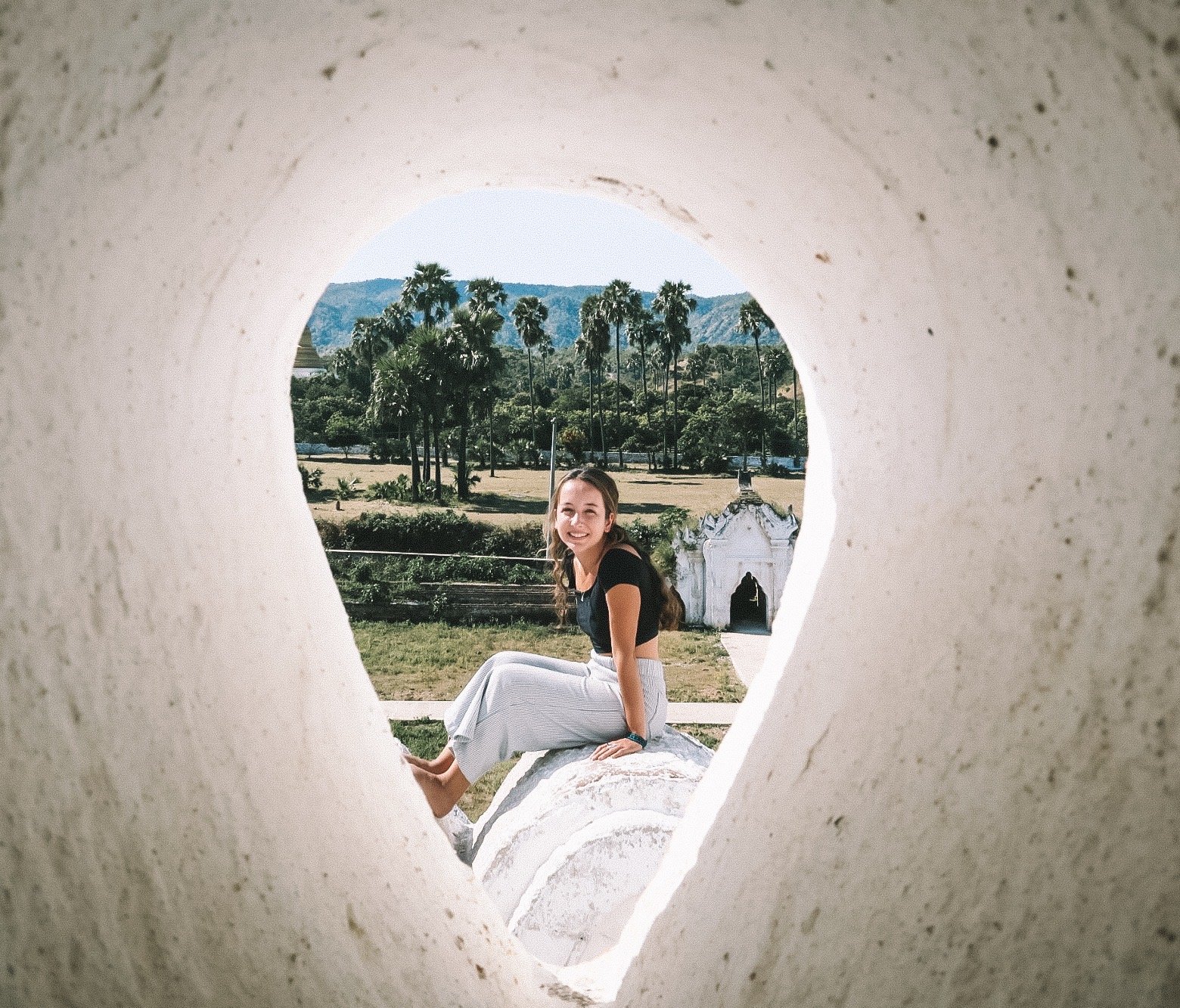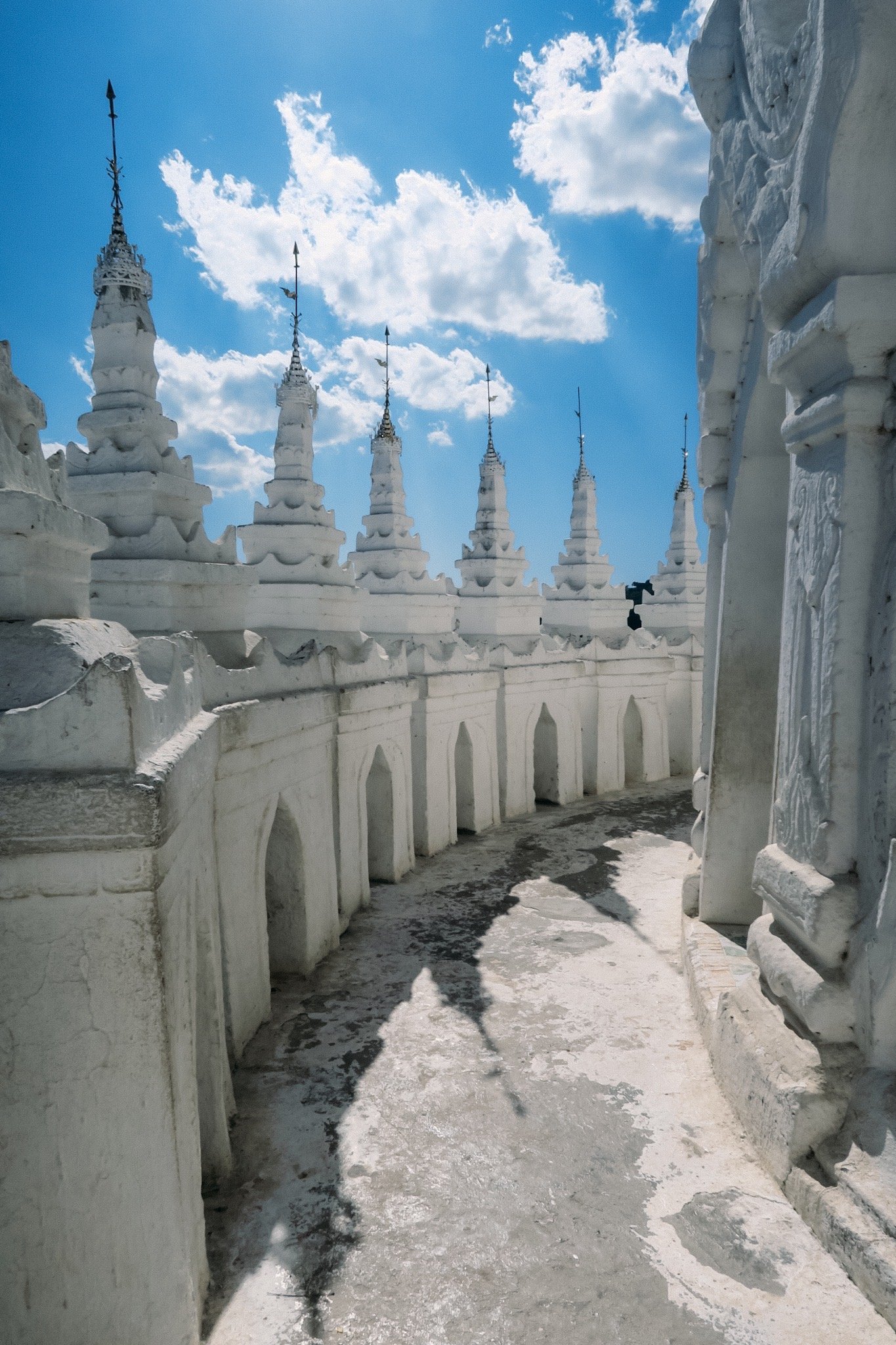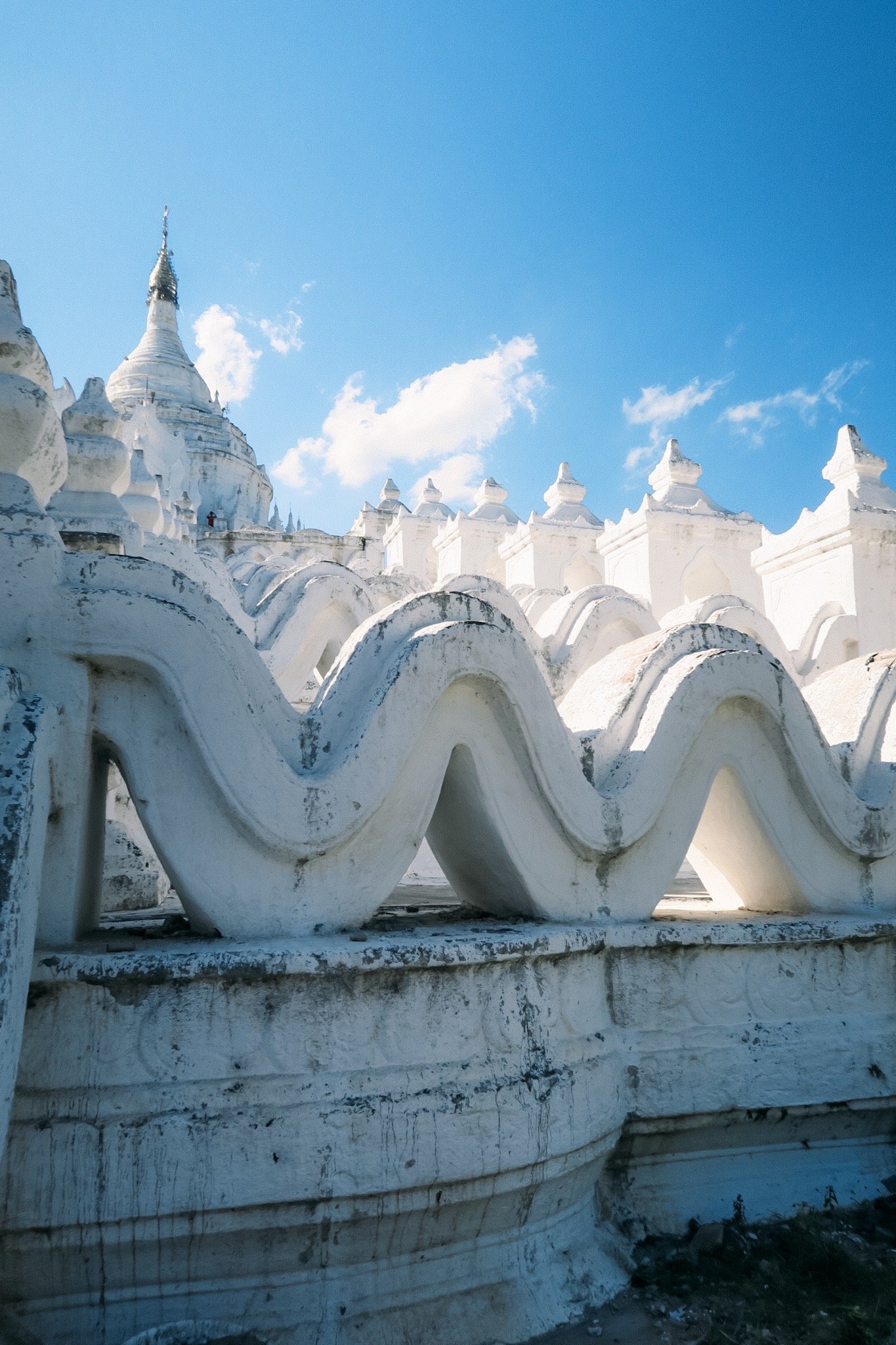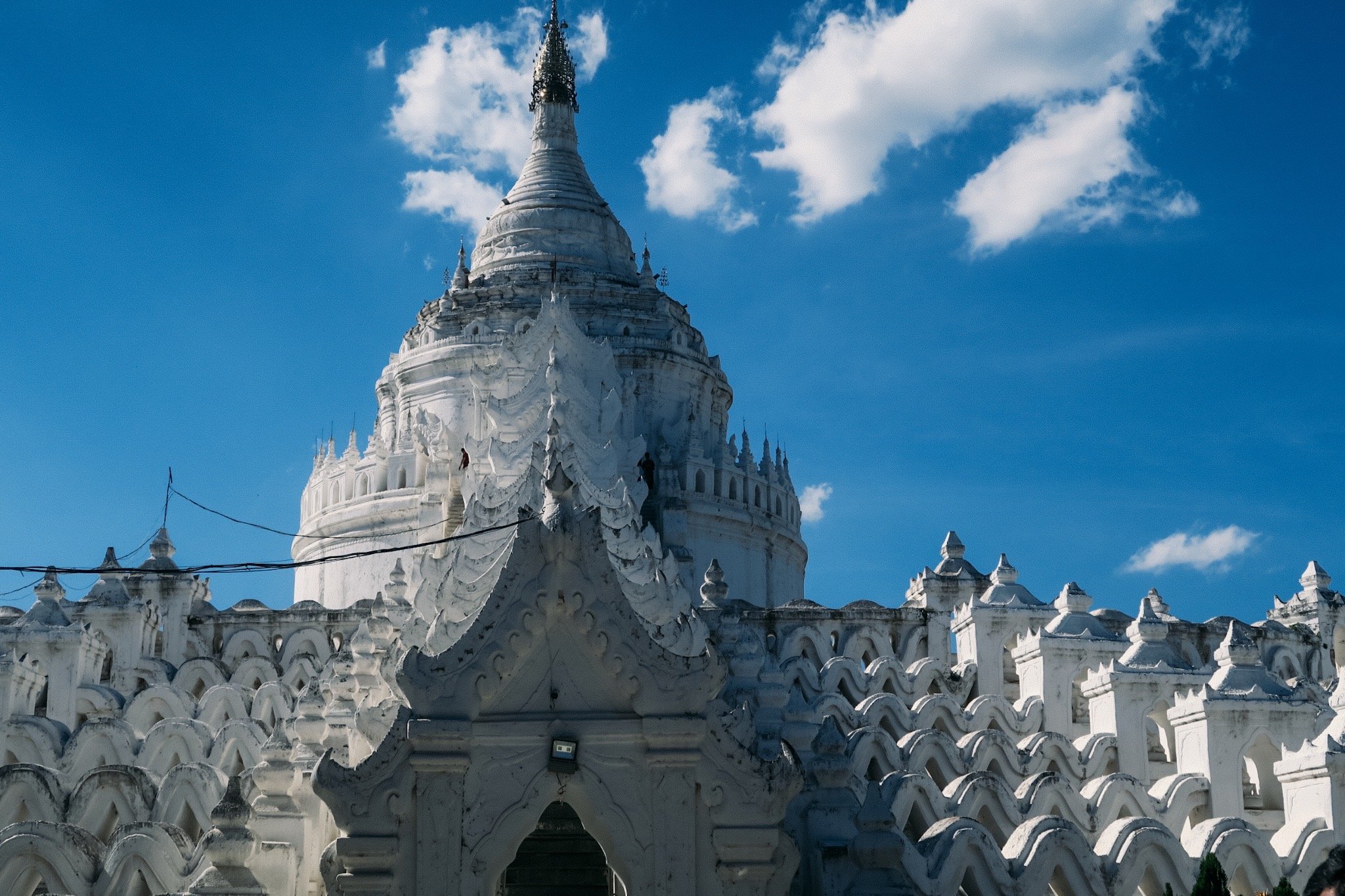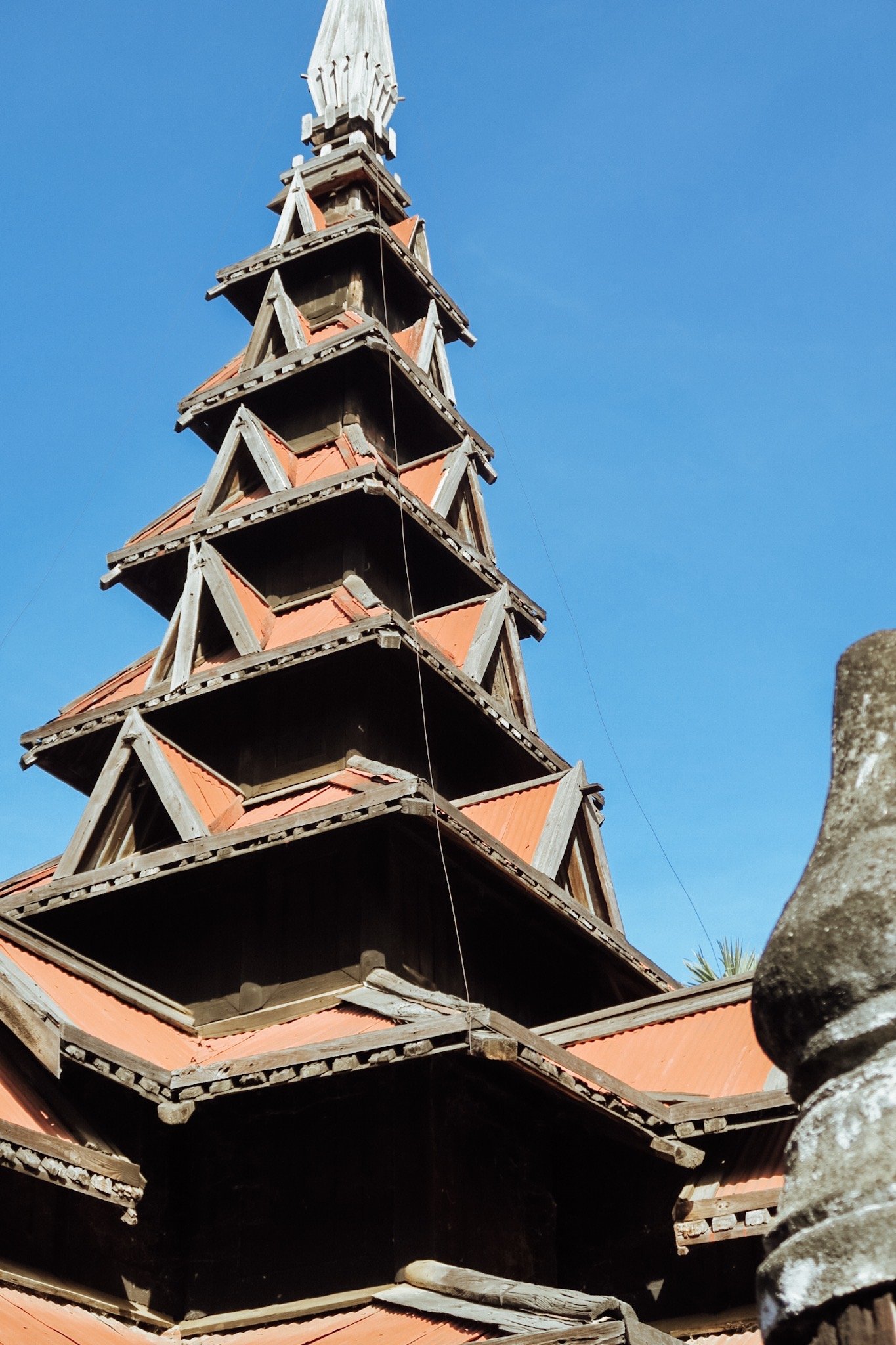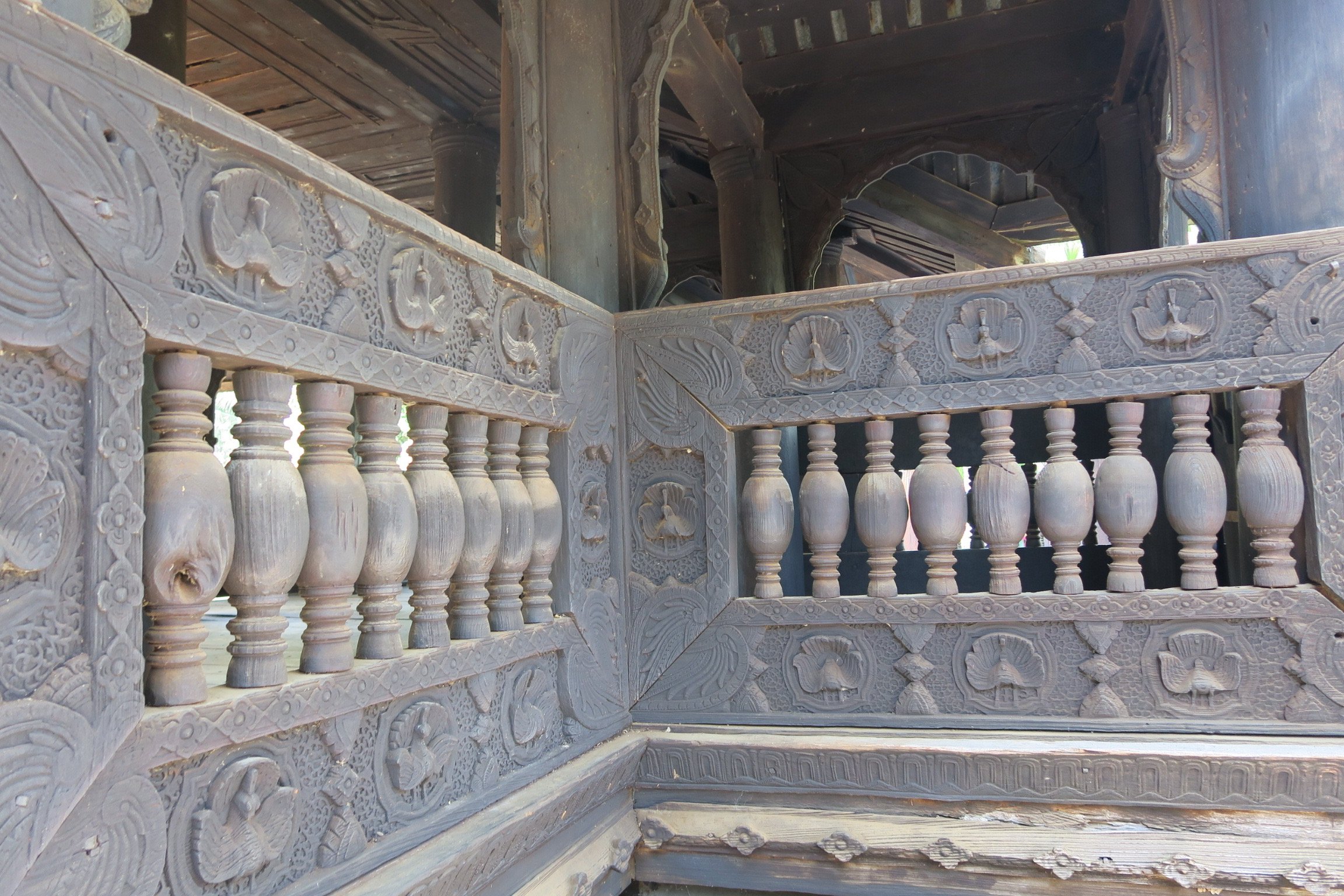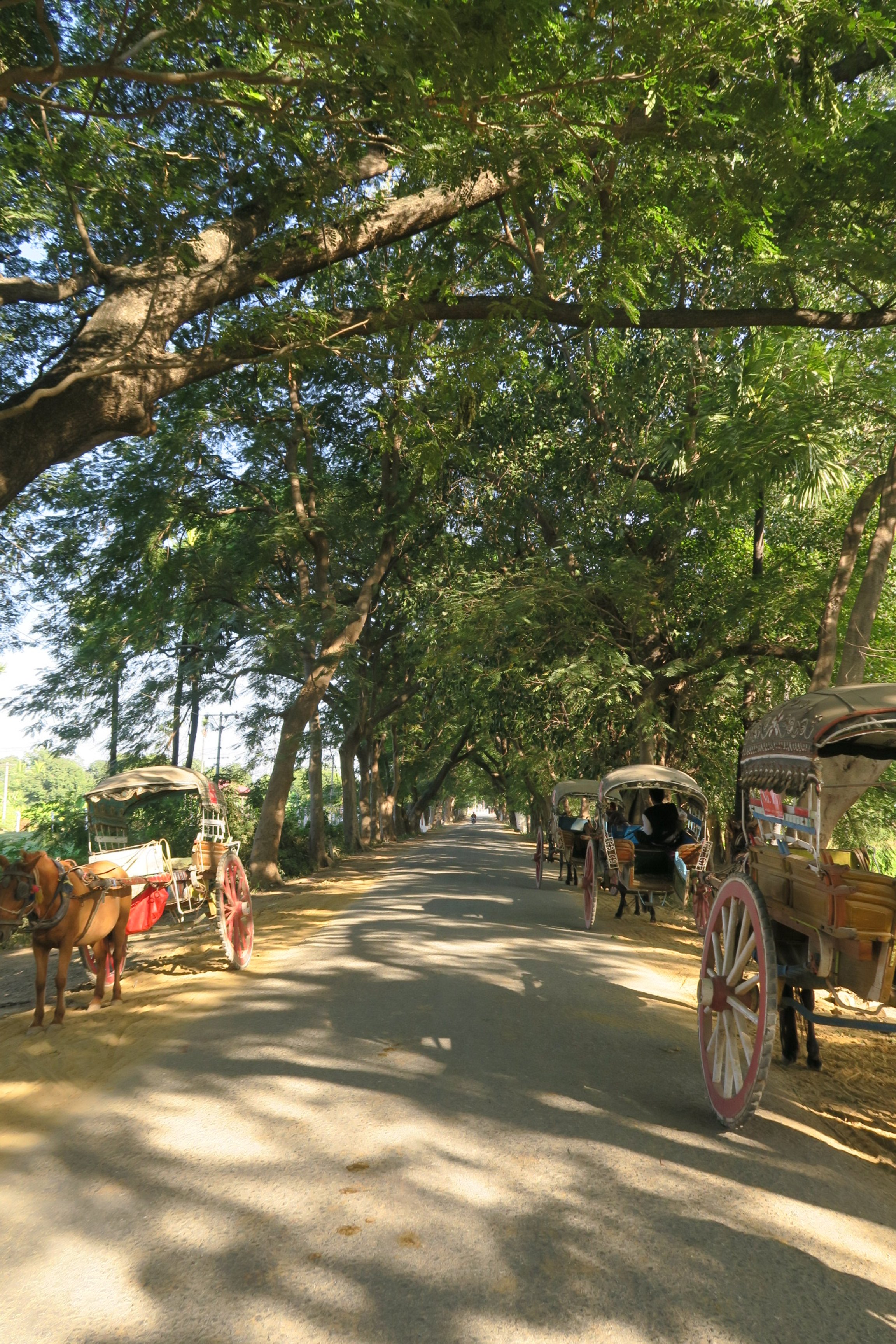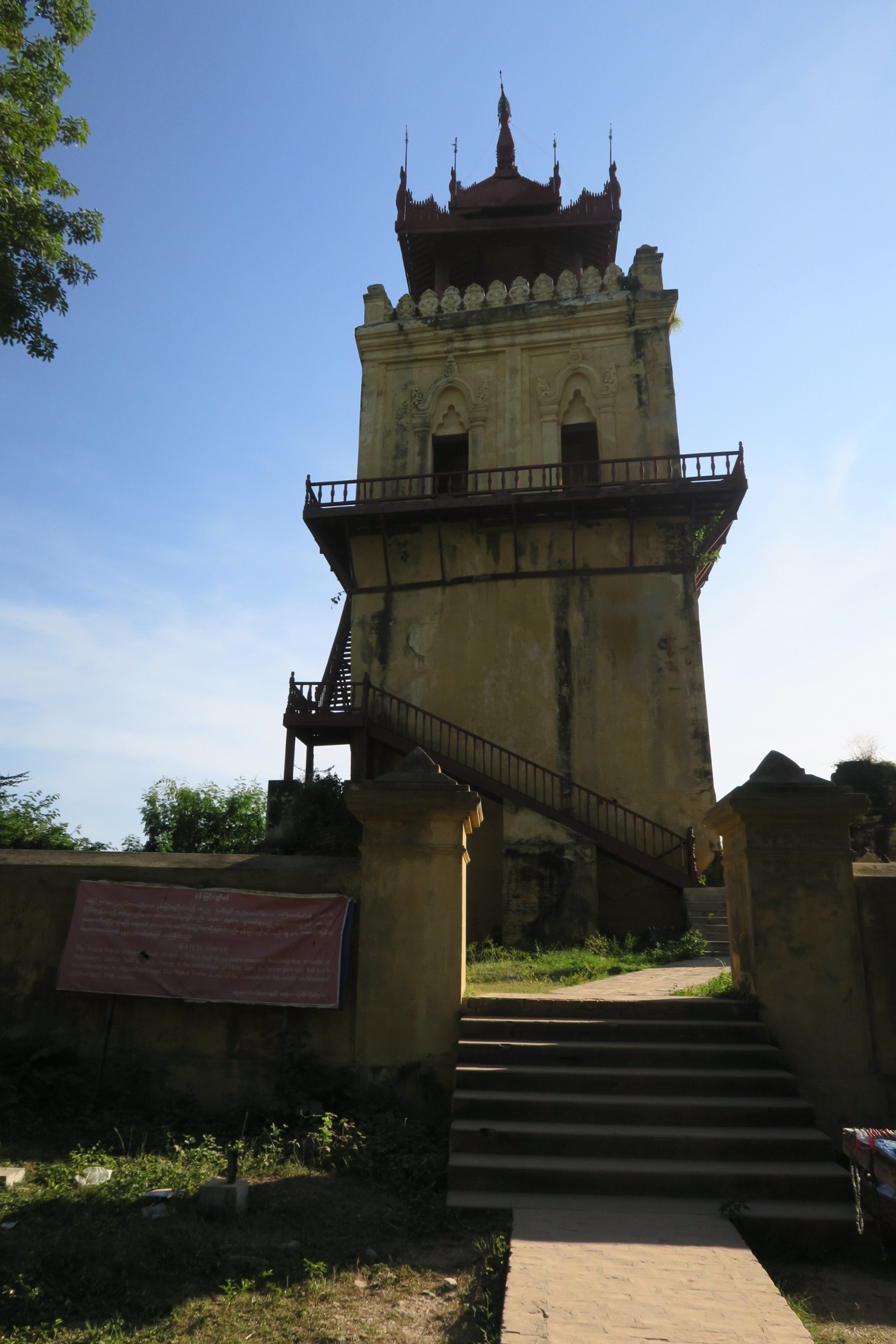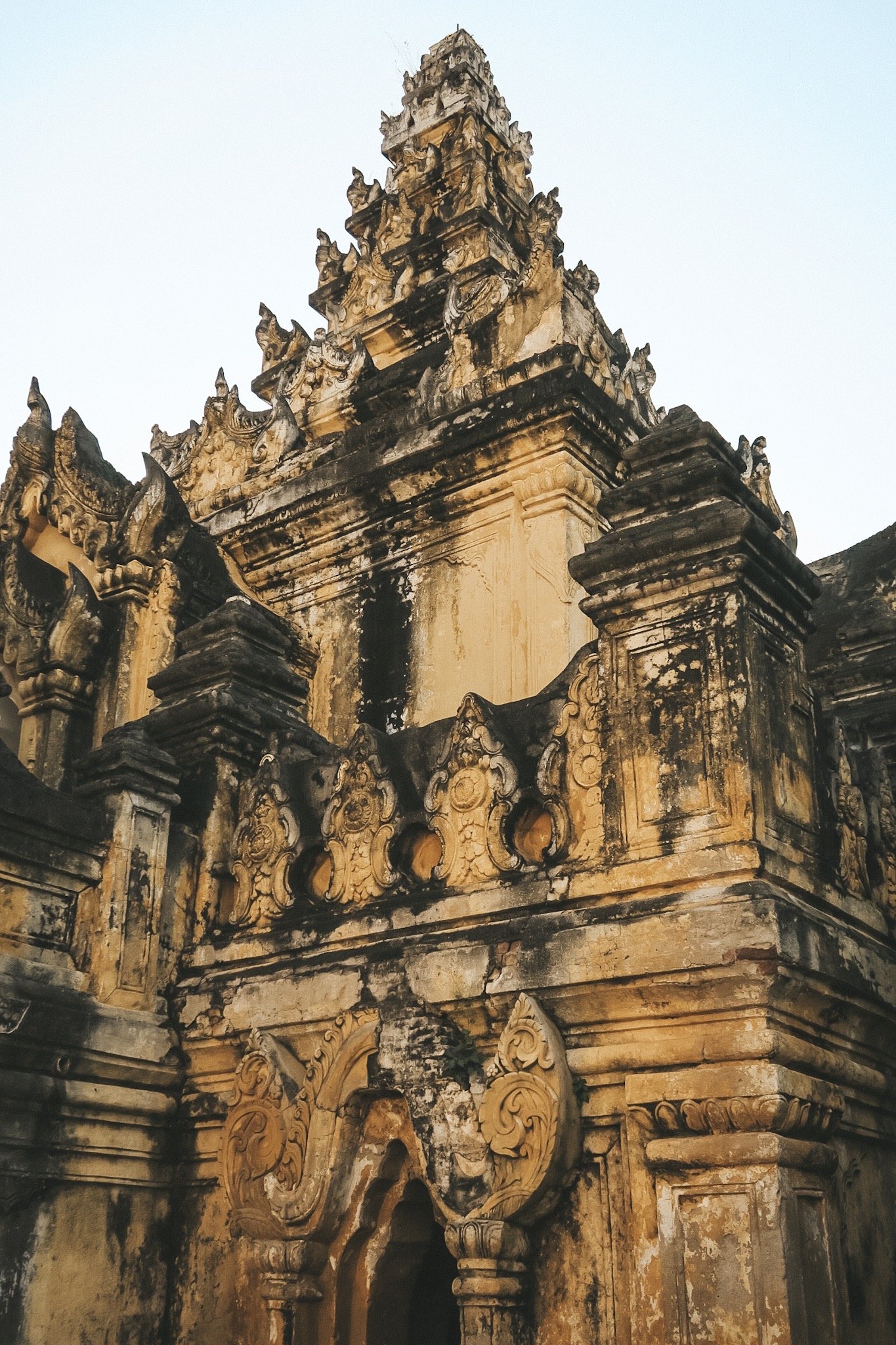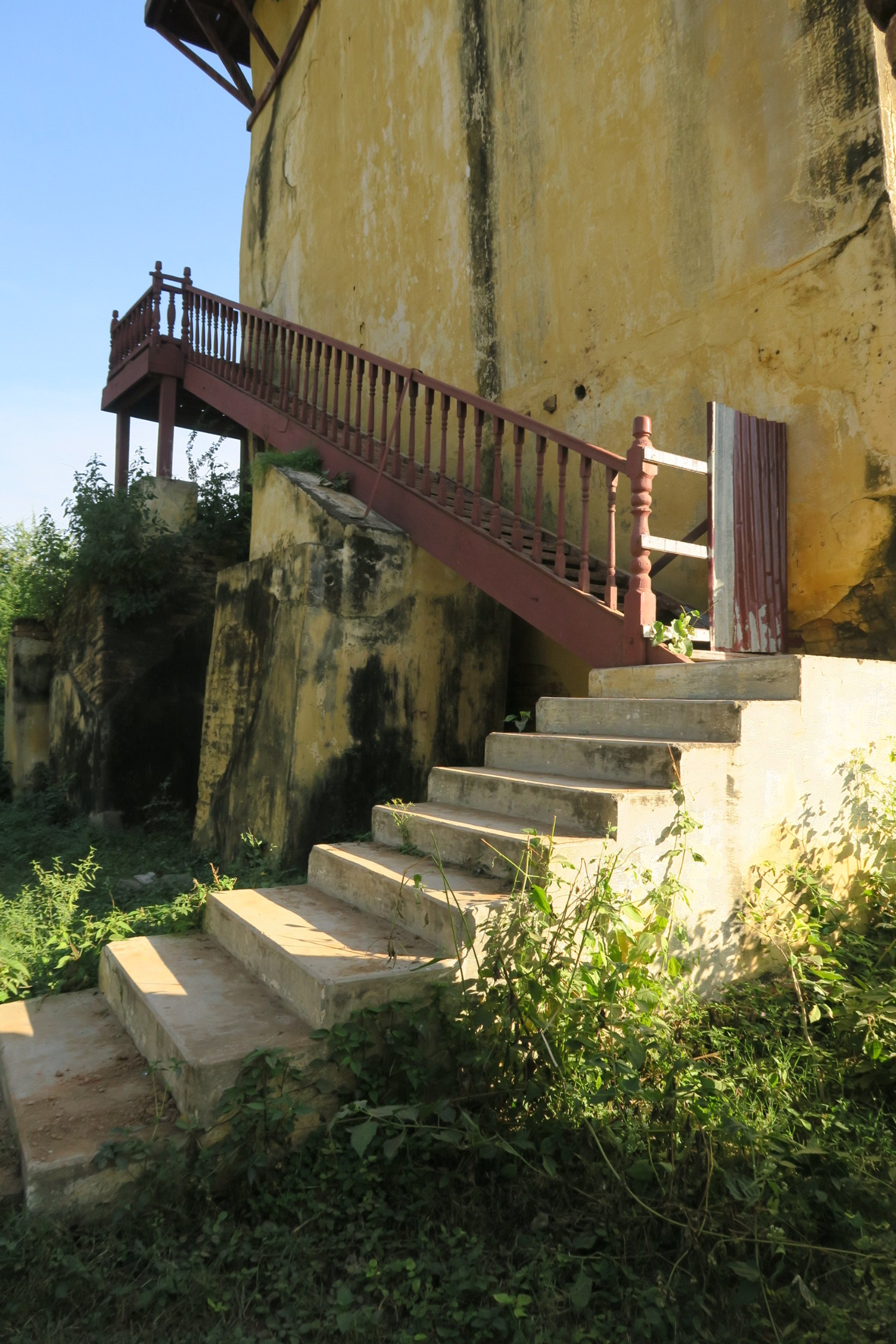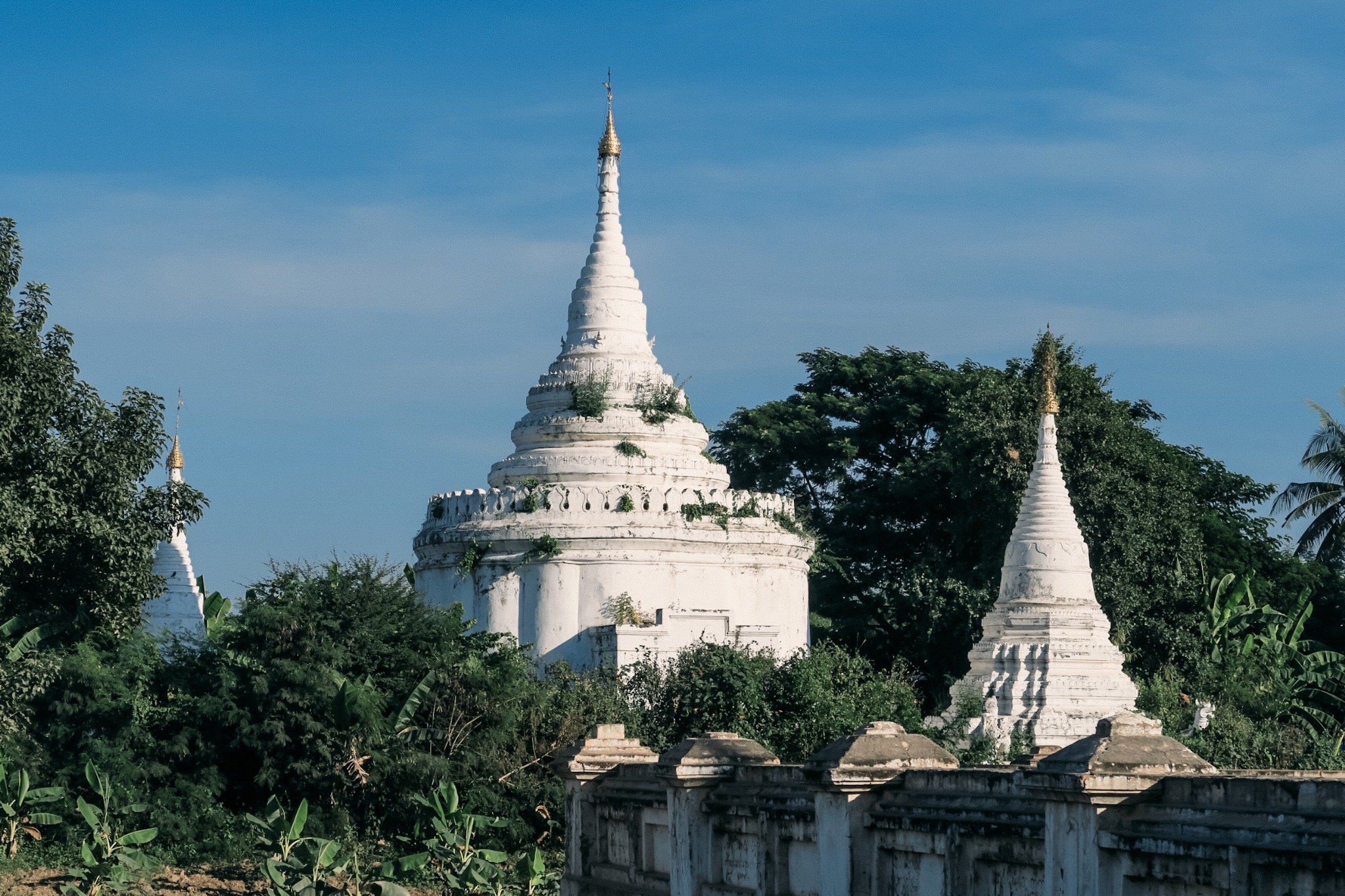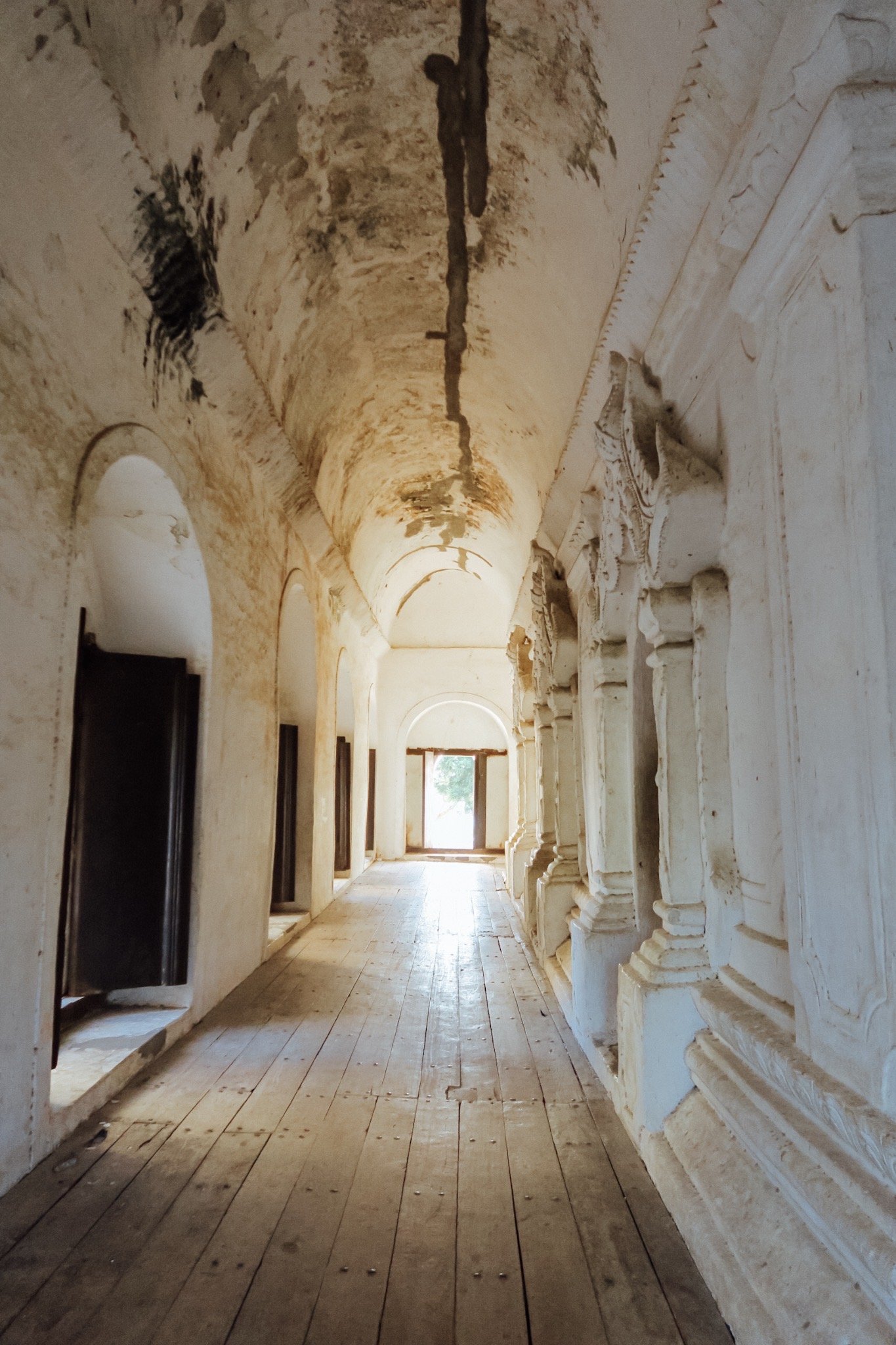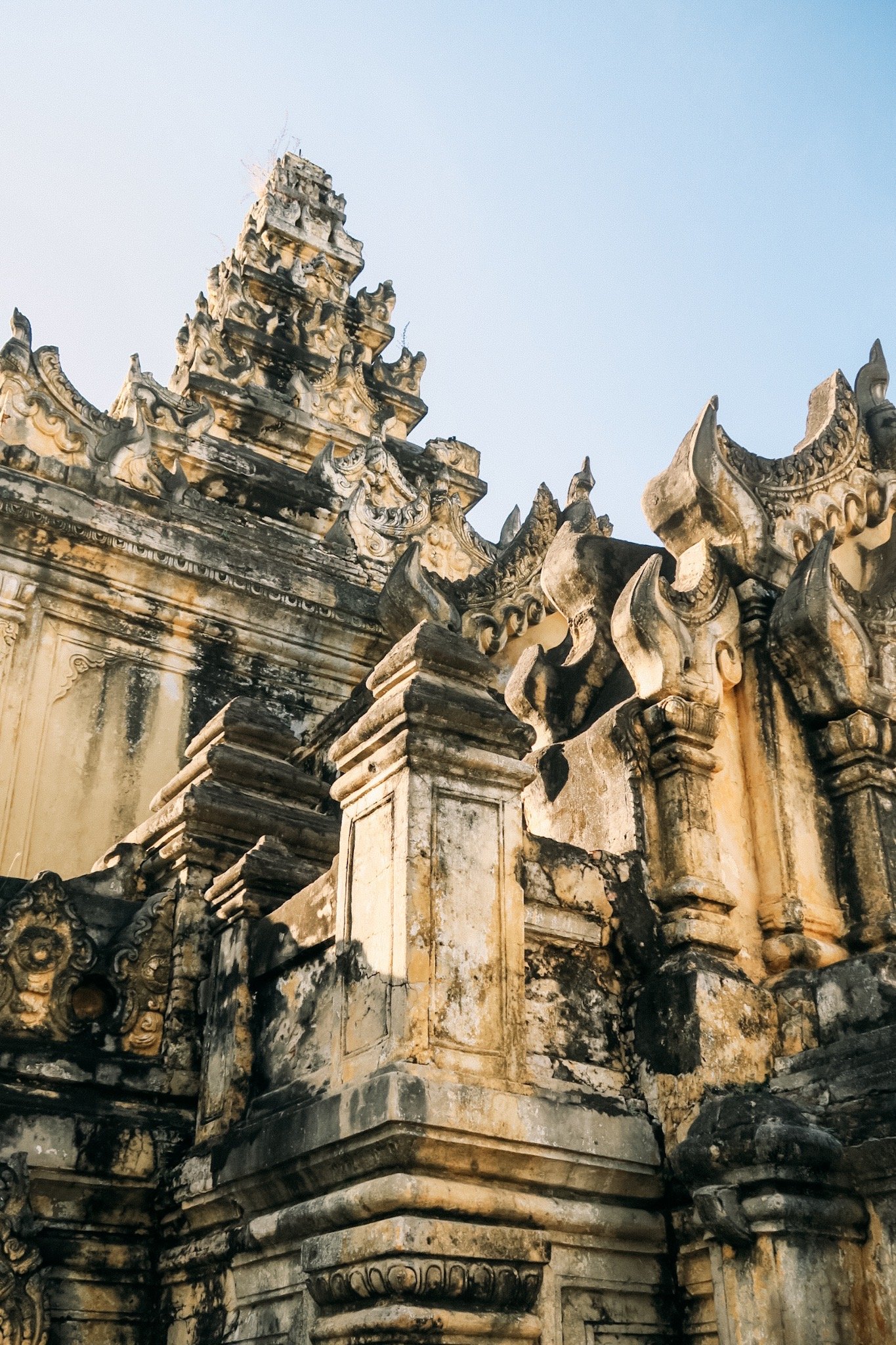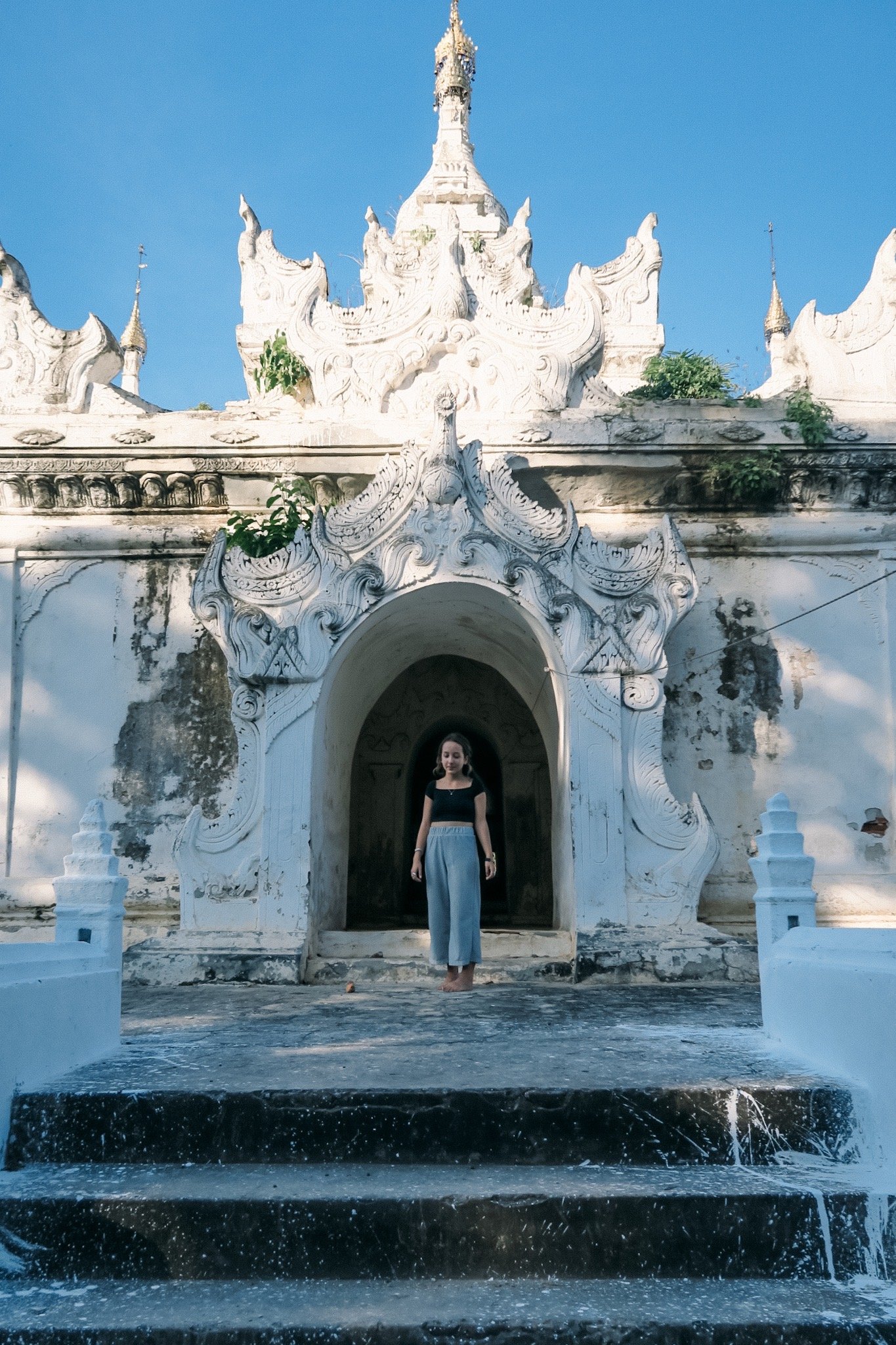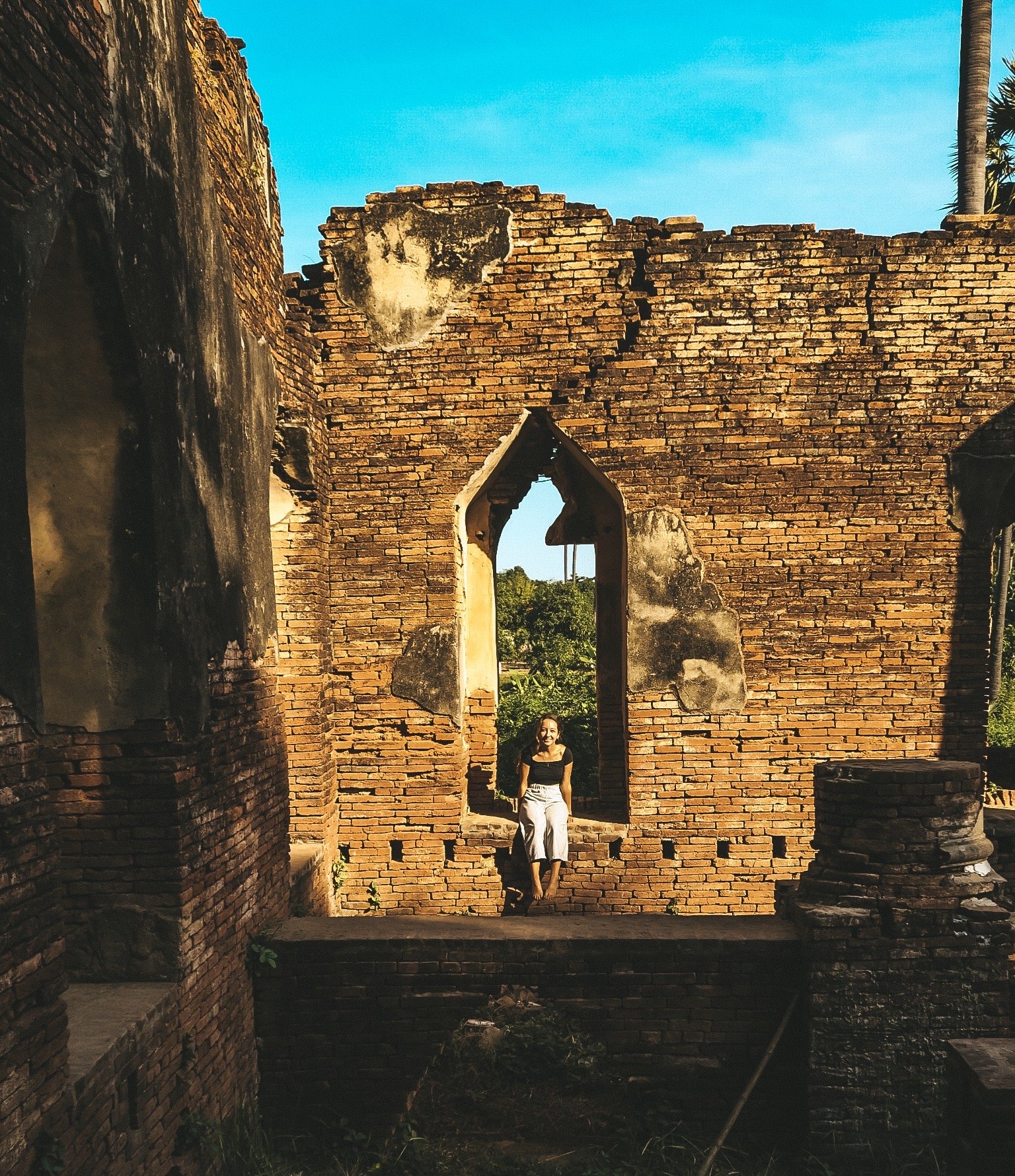Myanmar Week Fourteen: Inle Lake & Mandalay
I spent 8 days in Myanmar and even though I got to see loads, I wish I stayed for longer! After Yangon and Bagan, I took a bus to Inle Lake and stayed for three nights, before taking a bus from there to Mandalay where I stayed only for two days.
INLE LAKE
Inle Lake is located in the Shan Hills of Myanmar. It is a freshwater lake surrounded by little villages of wooden homes on stilts, green mountains and golden pagodas. The main town is Nyangshwe and it’s a nice place to walk around, enjoy the food and have conversations with friendly locals. I stayed at a lovely hotel called Inle Cottage Boutique Hotel. The staff was lovely, the room was beautiful and spacious and there was also a really nice restaurant at the terrace. I definitely recommend staying here.
Inle Lake is the perfect place to rest and relax. I spent three days there cruising along the lake, wine tasting, learning how to spin lotus fibre, weaving, visiting pagodas and tasting the amazing Shan food. I wish I had more time and that I had hiked from Kalaw to Inle Lake. From Bagan, I took another night bus to Inle Lake, however you can take a bus to Kalaw and spend two to three days walking through small villages and farms. I met a few people who did this and described the landscapes as breathtaking and the whole experience as amazing. Some even spent the night in a monastery. Next time I am in Inle Lake I will definitely add this to my itinerary.
My first day in Inle Lake I had arranged to do a weaving and lotus spinning class. The staff at my hotel arranged this for me before I arrived. I had a boat driver who picked me up from the hotel around 10, took me to the weaving studio (right on the lake) and I stayed there until around 14.00, went for lunch at a restaurant that was on the lake as well and then returned at the weaving place and continued my class until about six.
I had agreed with the driver to stop on the way back to the hotel so that I could watch the sunset from the boat. It was an amazing experience and you definitely have to do this if you visit Inle Lake. Even though Inle Lake and it’s surroundings are well known for the sunsets, the sunset view is definitely best from the lake itself, when the water lights up reflecting the orange and red hues of the sky. The whole atmosphere changes and it’s magical. As you cruise around in the morning or late afternoon you will also see traditional fishermen who use the one-legged rowing practice which is typical in this region. They are like ballerinas on water, dancing while catching fish. Watching this during sunset was something I’ll never forget. Here are some photos:
The villages of Inle Lake are the only places on earth where you can see the technique of lotus weaving. Threads are extracted from the lotus plant by breaking individual stems, or small groups of stems. It is a very slow process, it can take up to two months to extract one kilo of fibre. Lotus plants were collected from the waters of Inle Lake and while on a boat tour you can see many of these lotus floating gardens (photos below).
Lotus stems are first cut into sections, before being scored, twisted and pulled to reveal a very thin web of filaments. This is then laid out on a wooden bench and kept moist with occasional splashes of water. This process is repeated with new stems and the artisan will roll these moistened fibres together to create thicker (and stronger) threads. Here is a video of the artisan creating the thread, it might seem easy or fast, but it definitely isn’t. It took me one hour to produce half a metre of thread.
The finished thread has a colour similar to hemp, however it’s texture is much softer. What I also really liked is that usually they don’t dye the fibre to highlight it’s natural beauty and properties. Because of how time consuming the thread making process is, pure lotus fabric is rare and very expensive (up to four times more expensive than silk). Usually, lotus threads are woven with cotton or silk to bring prices down and make it more affordable for tourists.
Here are some photos of me trying to create the lotus thread as well as photos of the artisans and studio space. It was amazing to see a place like that on the lake, to arrive on boat and to know that you are on a wooden weaving studio on stilts. The view from the windows was magical.
While weaving, women in Inle Lake use flying shuttle looms which I hadn’t seen before. Now that I am back in Greece though I have found that traditional Greek looms also use flying shuttle looms. After explaining and showing me how to make the thread from lotus and how to spin it, I also wove a bit using cotton and lotus fibre and these flying shuttle looms. I found it very difficult to weave with this kind of shuttle, however, if you get used to it, it goes must faster than throwing the shuttle by hand. I really enjoyed my day at this weaving studio, especially after learning so much about this fibre. Before visiting and before researching Myanmar I had no idea that the lotus plant can produce a thread. I am so happy I got to experience this first hand.
The next day, I went on another boat tour around Inle Lake. We passed through many different villages in Inle Lake, as well as the floating gardens. I also visited some more artisan workshops such as silversmiths and paper-making. We also went to the Hpaung Daw U Pagoda which is an iconic gilded temple that sits on the lake, and one of my favourites the Shwe Indein Pagoda. The latter consists of a group of Buddhist pagodas and can be found in the village of Indein. It is surrounded by many local vendors selling clothing, antiques, lacquerware, puppets and other souvenirs. I also visited a small Kayan village, the hill-tribe that is known as long-necks, because of the rings the woman wear around their necks. The women and girls there were weaving, using back-strap looms and creating patterns using techniques I learnt while in Thailand. In older times, there were tigers living in the regions of the Kayan tribes and these rings protected them from tiger attacks. The boat trip started in the morning and that is why I saw many women bathing in the river which was another unique experience, seeing locals and their everyday life. Here are some photos of the pagodas, the floating gardens, the locals, the Kayan tribe and the puppies of Myanmar:
Something I didn’t know before visiting, is that Myanmar has vineyards. There are two well-known vineyards near Inle Lake: Aythaya and Red Mountain. I had a free afternoon so decided to go there and taste the wine and look at the apparently stunning views and sunset. The hotel arranged for a tuk tuk driver to take me there and wait for me before driving me back to the hotel. I visited Red Mountain and enjoyed two out of the four wines of the tasting. The views were indeed stunning: rolling green hills and an orange and pink sky. Here are some photos:
Another thing I wanted to see while I was in Inle Lake but unfortunately I didn’t have time for was the Kakku Pagodas. It is a two hours drive from Nyaungshwe and therefore would take up a whole day. If I had time I would definitely visit. The Pagodas include almost 2500 stupas which are arranged in rows surrounding a central stupa. Will visit next time for sure!
I really loved Inle Lake. The landscapes, the people, the stray puppies, the temples and the food were all amazing and I wish I had more time there. It’s a place with so much to see and explore, while at the same time the perfect place to relax and rest. I will definitely visit next time I am in Myanmar.
MANDALAY
Mandalay is the second largest city in Myanmar. I wanted to spend a few days here however I didn't have time. I feel like because I hadn’t planned to visit Myanmar in the beginning of my trip, it was very rushed and I really wish I had more time to explore this amazing country. I was supposed to have around 48 hours in Mandalay but unfortunately because of a mix up with the buses, I ended up having less than 24 hours there. Mandalay has lots of impressive religious sites, sunrise and sunset spots, handcraft and artisans workshops and shops.
I stayed at the Home Hotel in Mandalay. It was really nice and clean, with very friendly staff, a nice rooftop area with a fantastic view of the city and nice breakfast. Because I was rushing and I wanted to manage to see as much as possible, I talked to the receptionist the night I arrived and arranged to have a driver for the day, taking me around places I wanted to see, for the following morning. She recommended a driver who ended up being her boyfriend and since she had her day off we ended up going together and it was great because she explained so many things to me.
First, we went to the Sagaing Hill, a small city just outside of Mandalay. The landscape there consists of green rolling hills, stunning views of the Irrawaddy river, monasteries, white and golden pagodas. I visited the Soon U Ponya Shin Pagoda which includes caves housing dozens of Buddha statues. Here are some photos:
Next, we visited some handicraft workshops around Mandalay. There are lots of artisans workshops from gold leaf workshops to silk and cotton weaving, to puppet making and lacquerware. I got some really nice fabrics from these places and also an antique puppet which is now hanging in my living room. My favourite of course were the weaving studios.
The women and girls there create very intricate patterns and have hundreds of tiny shuttles of colours. All patterns have so many details. It was amazing to watch how they worked (usually two girls on each loom) and how fast they created different patterns, often without a written/drawn pattern in front of them.
Next, we went to one of the most famous monastic colleges in Myanmar, called Mahāgandhāyon Monastery. It is a great place to understand monastic life and culture. Around 1000 monks of all ages live in the complex. It is a really picturesque area, with colourful buildings everywhere. At around 10.30 AM, you can watch their lunchtime processional. During this all monks line up with their pots and cups to collect their meals before sitting in the dining hall to eat. The monks rely on the generosity of donors for food — a combination of tourists and locals. The chief monk of this monastery actually encourages visitors to come and observe and also publicise the processional hoping it will raise awareness and encourage others to sponsor meals or volunteer. I had some fruit and crackers with me that I donated while I was there, a lot of people give out candy, however I recommend you take something healthier if you are visiting. Here are some photos:
Next, I went to Mingun. Probably my favourite place close to Mandalay. There are three main attractions there.
The first is the Mingun Pahtodawgyi — an unfinished, ruined stupa with the largest brick base in the world. Construction began in 1790 by King Bodawapaya who took advantage of thousands of prisoners and slaves to build this. (It was meant to reach 150 metres.) It is said that because the people started being concerned about this project they created a false prophecy to tell to the king, warning him that once the pagoda was finished the country would stop existing or that the king would die. Construction was therefore slowed down until the king died. Then it stopped altogether.
The second famous site in Mingun (my favourite!) is the Hsinbyume Pagoda otherwise known as the Myatheindan or White Pagoda. It is a large white pagoda modelled after the mythological Buddhist mountain Meru, with seven concentric terraces along the bottom representing the seven mountain ranges leading to Meru mountain. What makes this pagoda special is that its stairs and terraces allow visitors to climb the structure. Here are some photos:
In addition to these two sites there’s also the Mingun Bell which has been the world’s heaviest ringing bell, weighting around 91kgs. It was created in 1810 to accompany the Mingun Pahtodawgyi stupa but during the 1838 earthquake it was knocked off its supports. It was resuspended in 1896 to it’s current location. You can strike the bells exterior with a wooden mallet, I did this with Mya (the lady from the hotel I travelled with), hitting it is supposed to give you luck.
Next, we went to Ava or Inwa. This is a small island, located just a short boat ride from Mandalay and is definitely worth a visit. Inwa was once the imperial capital of Myanmar between the 14th and 18th centuries. Most of the island was destroyed during a series of major earthquakes in the 1800s and was not rebuilt. Now tourists can visit and explore the quiet little island and its remnants by bicycle or horse buggy. Even though I am not a fan because I didn’t have much time I took a horse buggy with Mya.
It was nice that I got to go with Mya because she told the driver to take me to lots of spots that the drivers don’t usually stop at. I went to the ancient teak Bagaya Monastery, the Me Nu Oak Kyaung Monastery which is famous for being built out of brick, the Yadana Hsemee Pagoda which are a series of small ruined pagodas of the 1400s and the Nanmyin Watch Tower which is also known as the leaning tower of Inwa (which is leaning because of the 1838 earthquake). We also stopped at a beautiful white pagoda and it was great because other drivers don’t stop there so I was alone. Here are some photos:
I should have definitely stayed in Mandalay for a longer time. I didn’t explore the city at all but mostly visited areas around Mandalay. It’s a shame and I hope I’ll be back to visit soon. I didn’t have time to visit the Shwenandaw Monastery which was once part of the Mandalay Royal Palace. It is a wooden structure that was dismantled and moved outside the palace walls in 1878. I very quickly visited the Walk u Bein Bridge, which again is a shame because it’s supposed to be the perfect place to watch a sunset. I also didn’t visit the Mandalay Hill which apparently is a great 45 minute hike and also offers a great sunset view.
Myanmar for me is: breathtaking and untouched natural landscapes (I saw free elephants drinking water from a river while on a bus!!) delicious food, amazing ancient religious sites, warm welcoming locals, and amazing art and craft traditions. Myanmar really was like a dream and I loved everything I did and saw there. It was an authentic and diverse cultural experience I will always remember. I hope I will visit again soon!
Next blog post (the last one of the South East Asia travel series!) will be about my week in Vientiane, Laos and my two nights in Bangkok before flying back to London… More next week xx
Christiana
